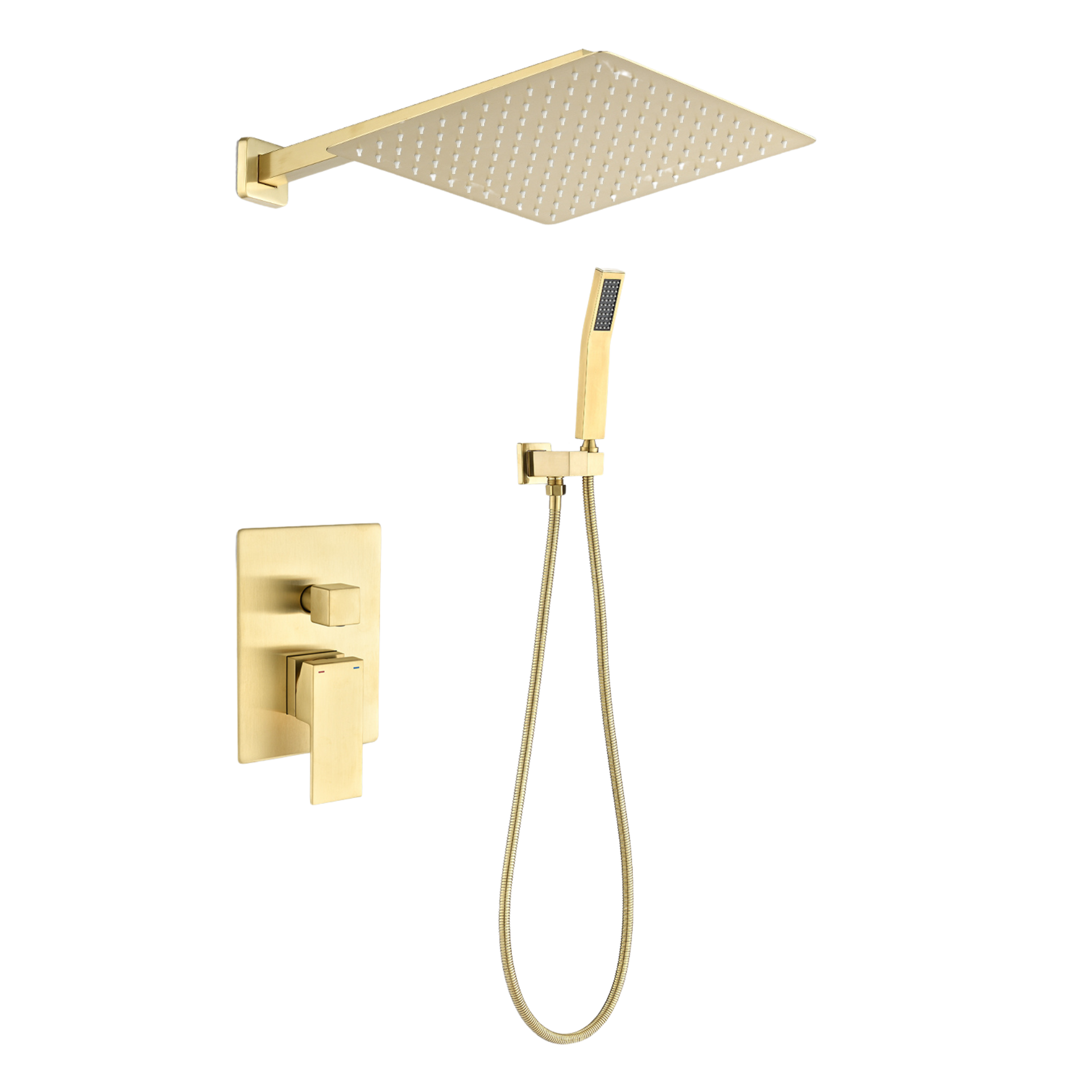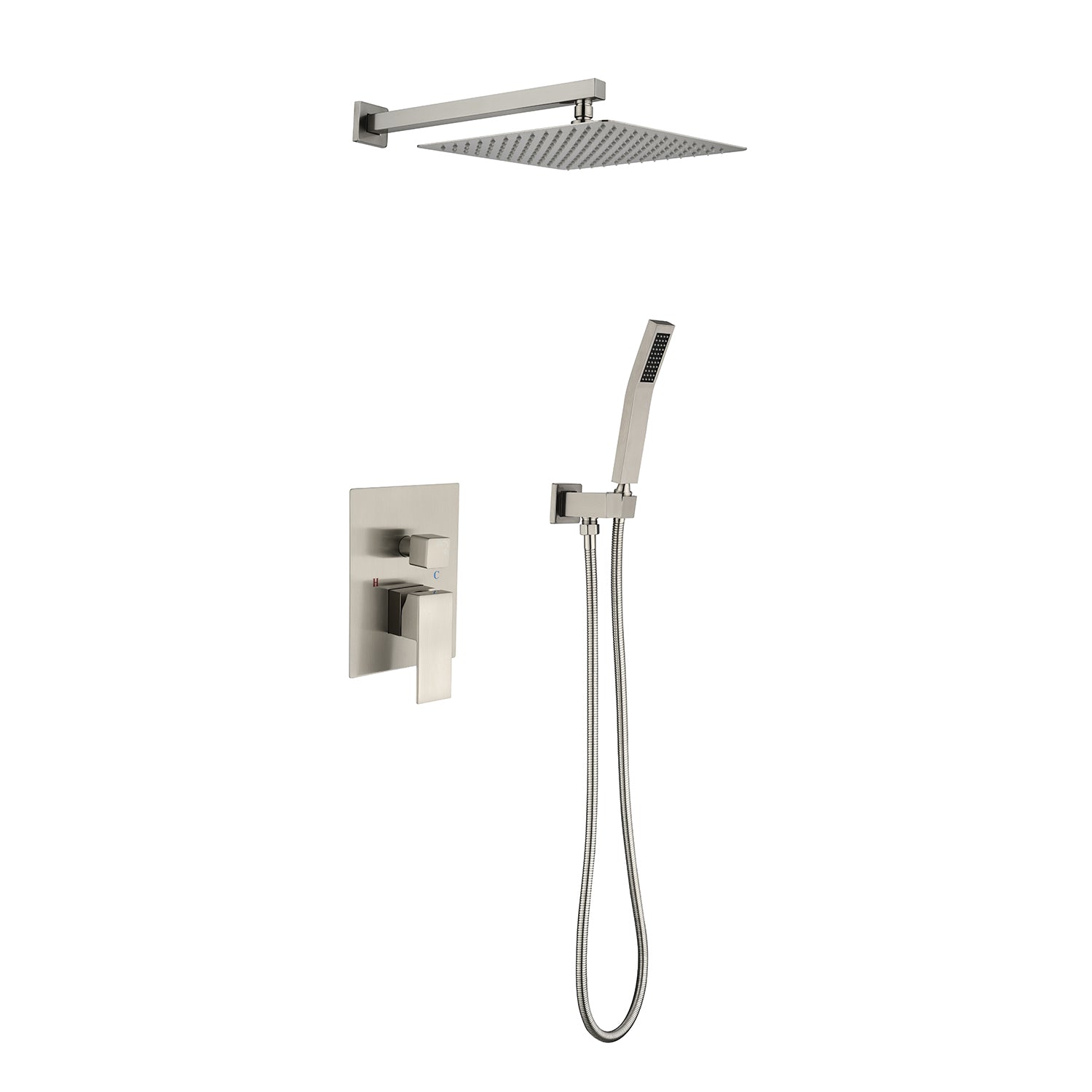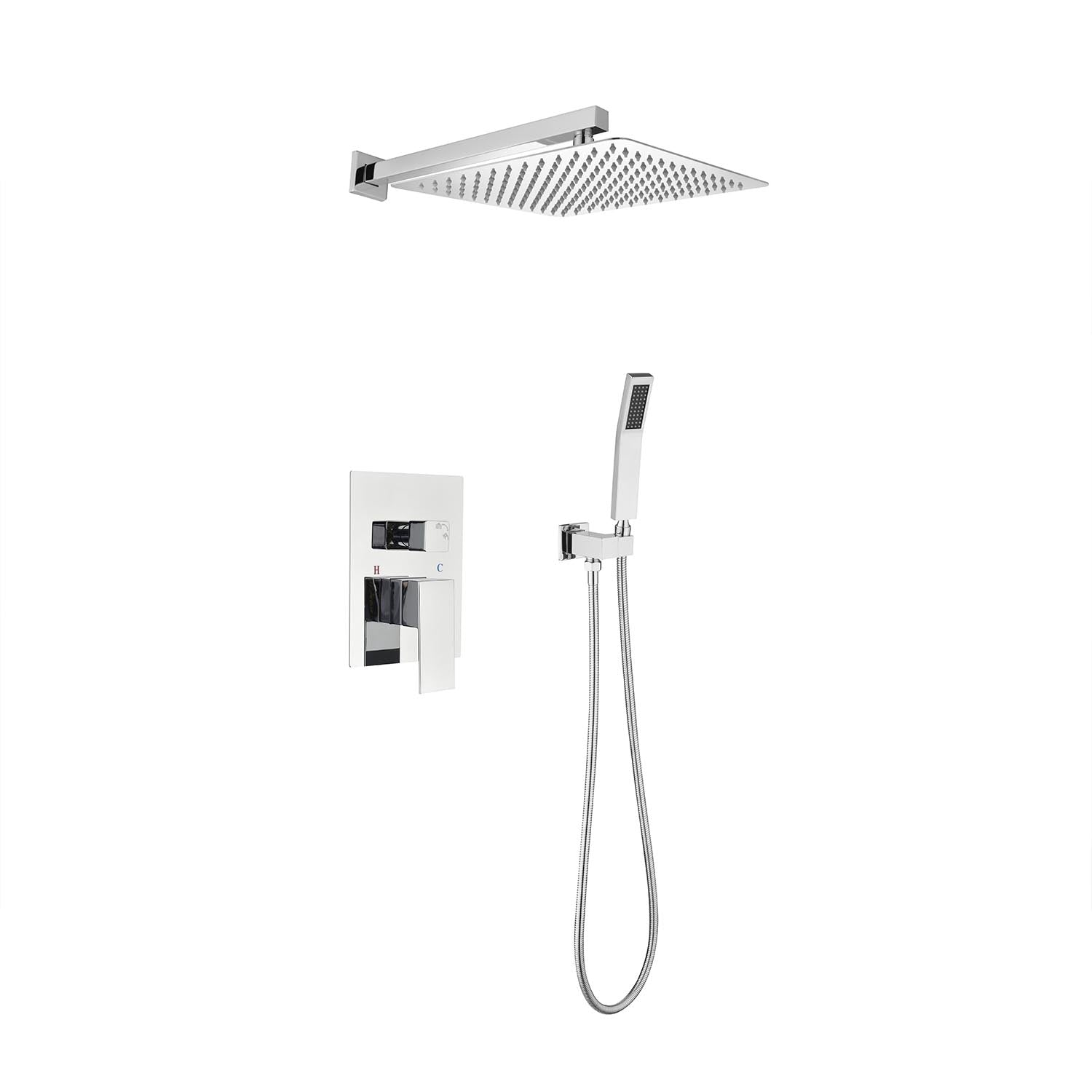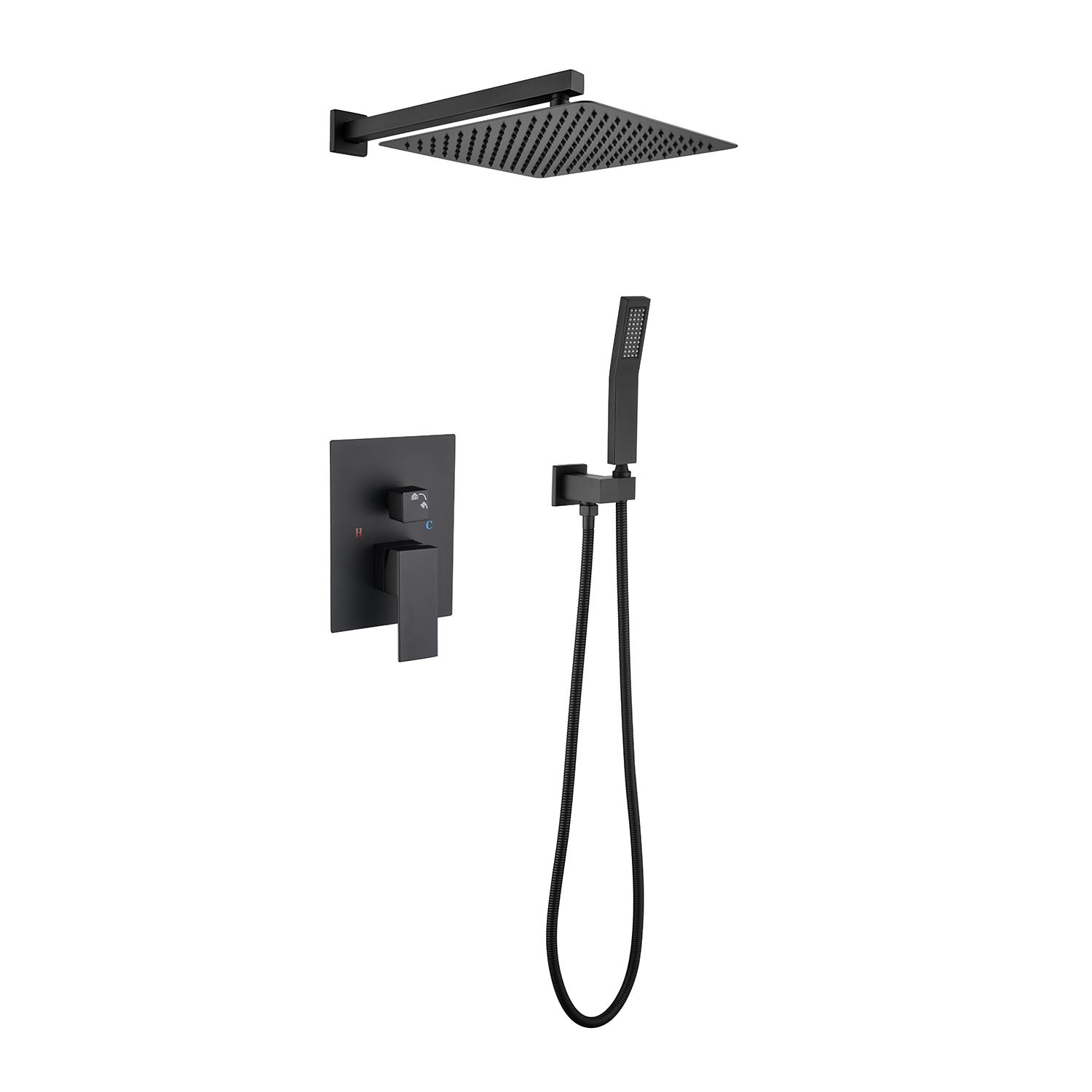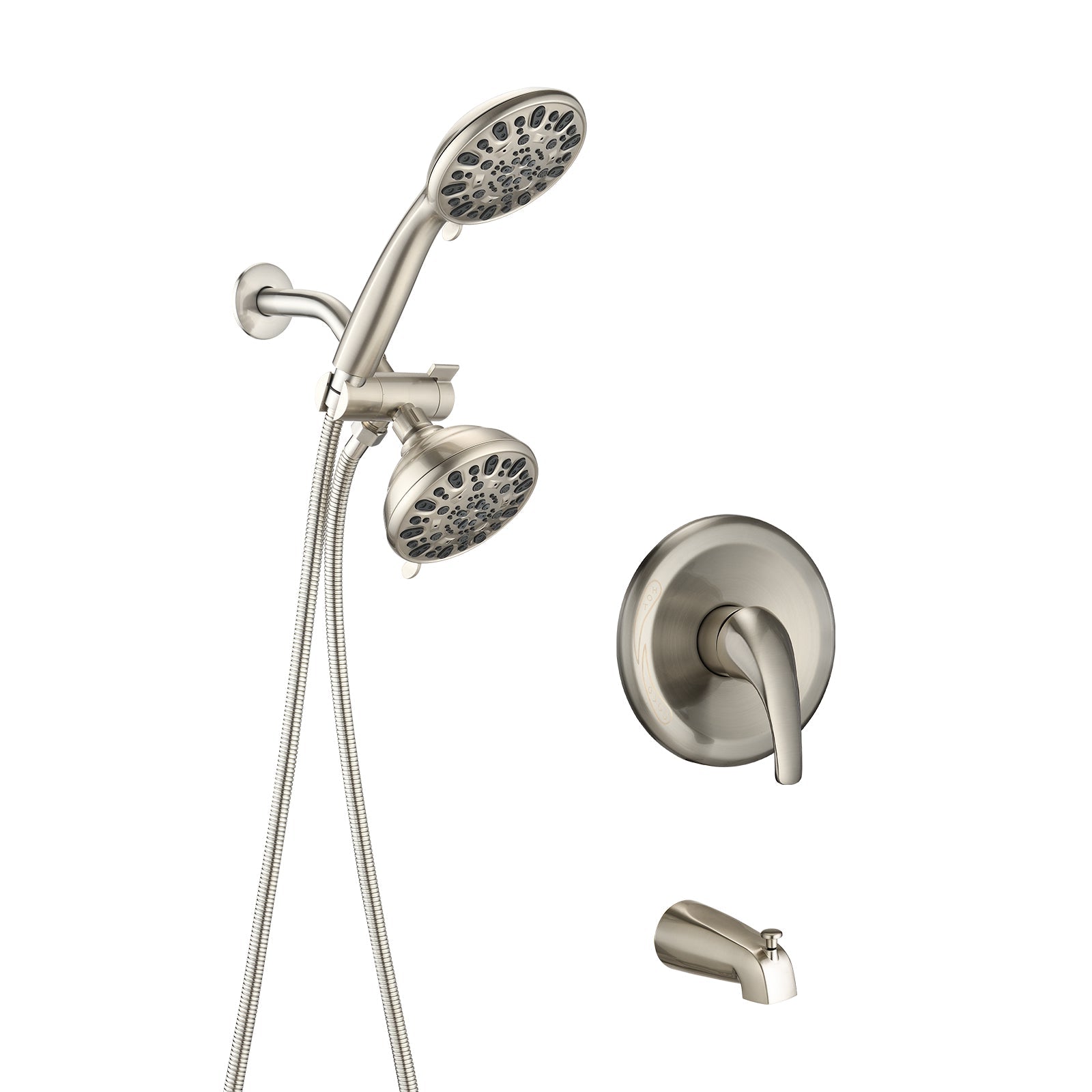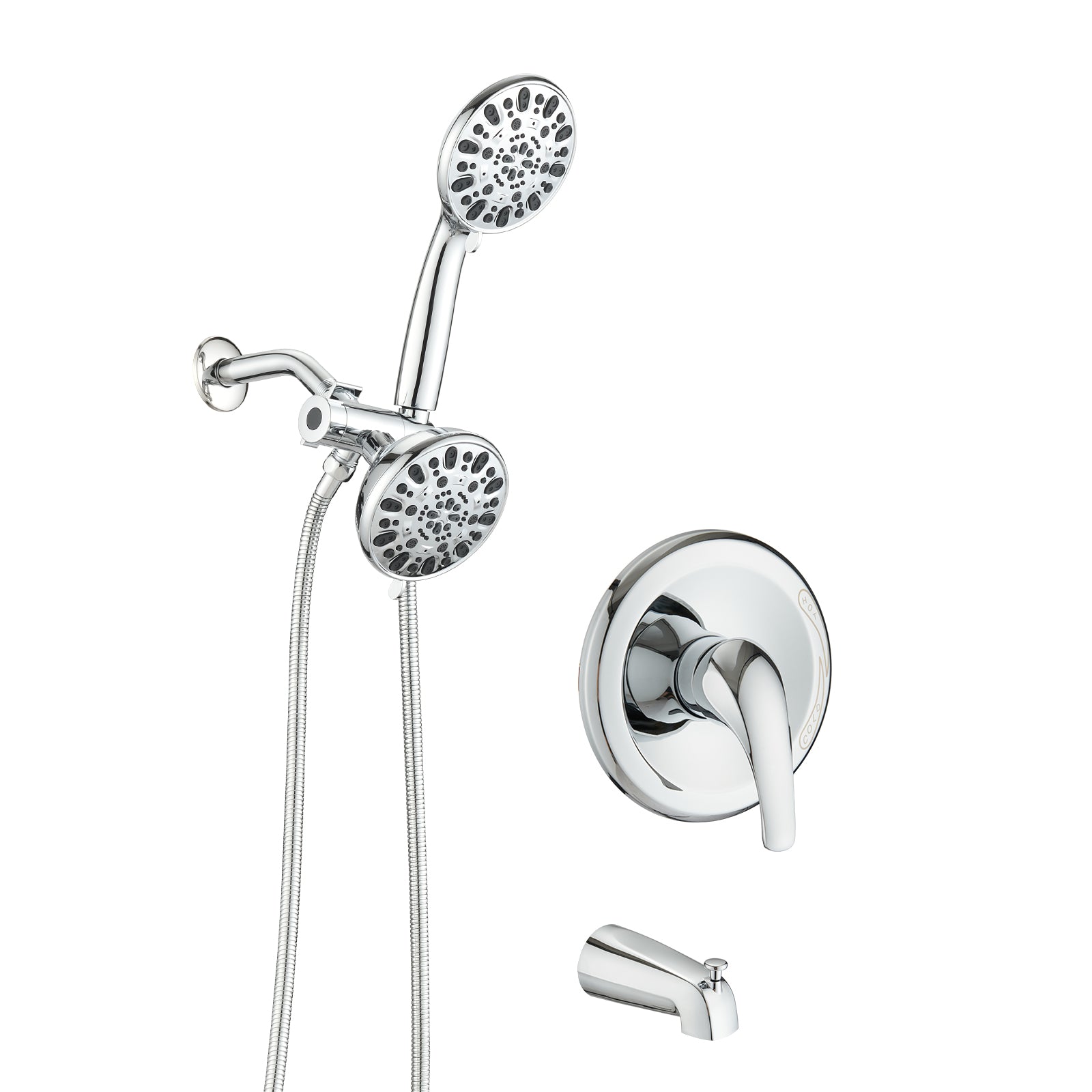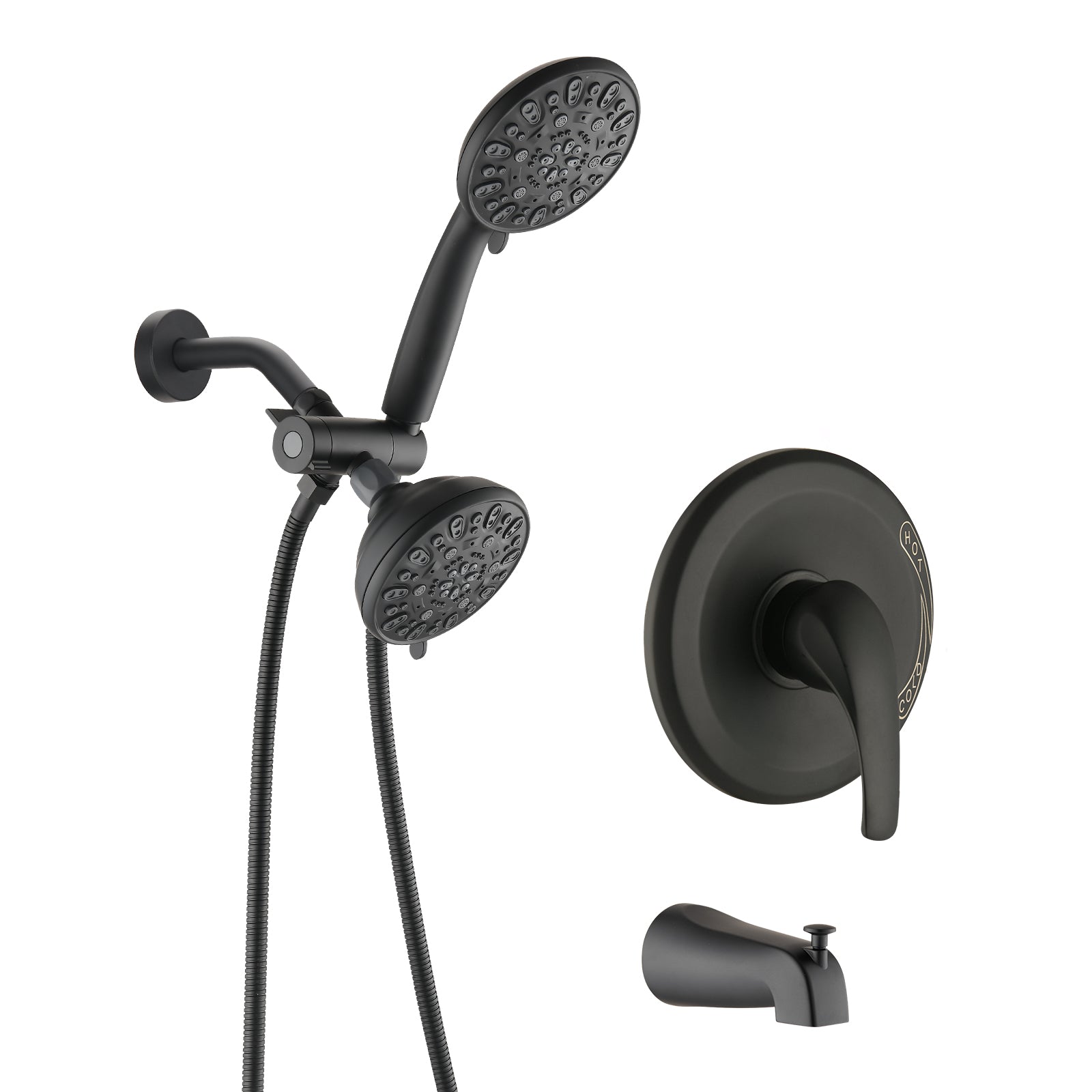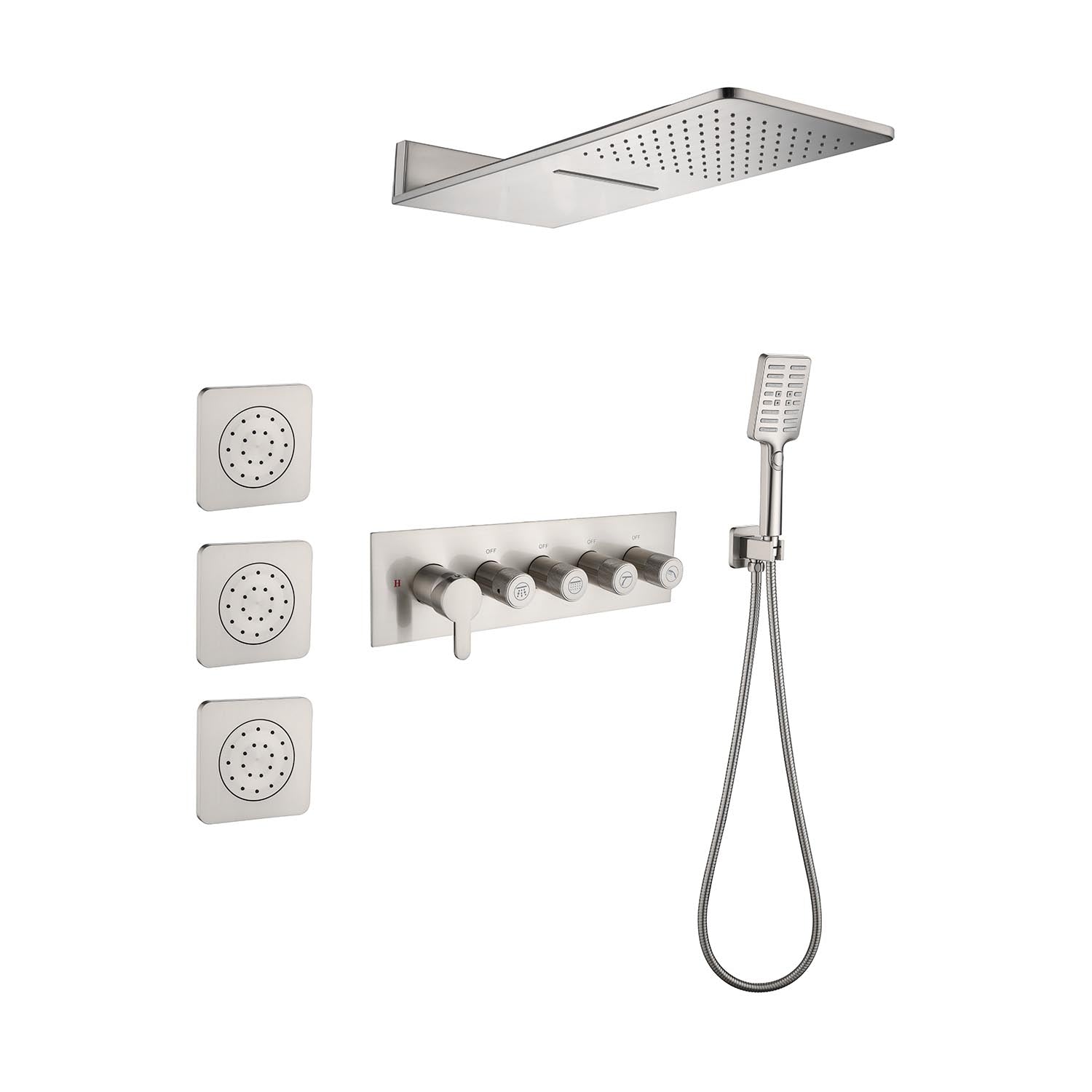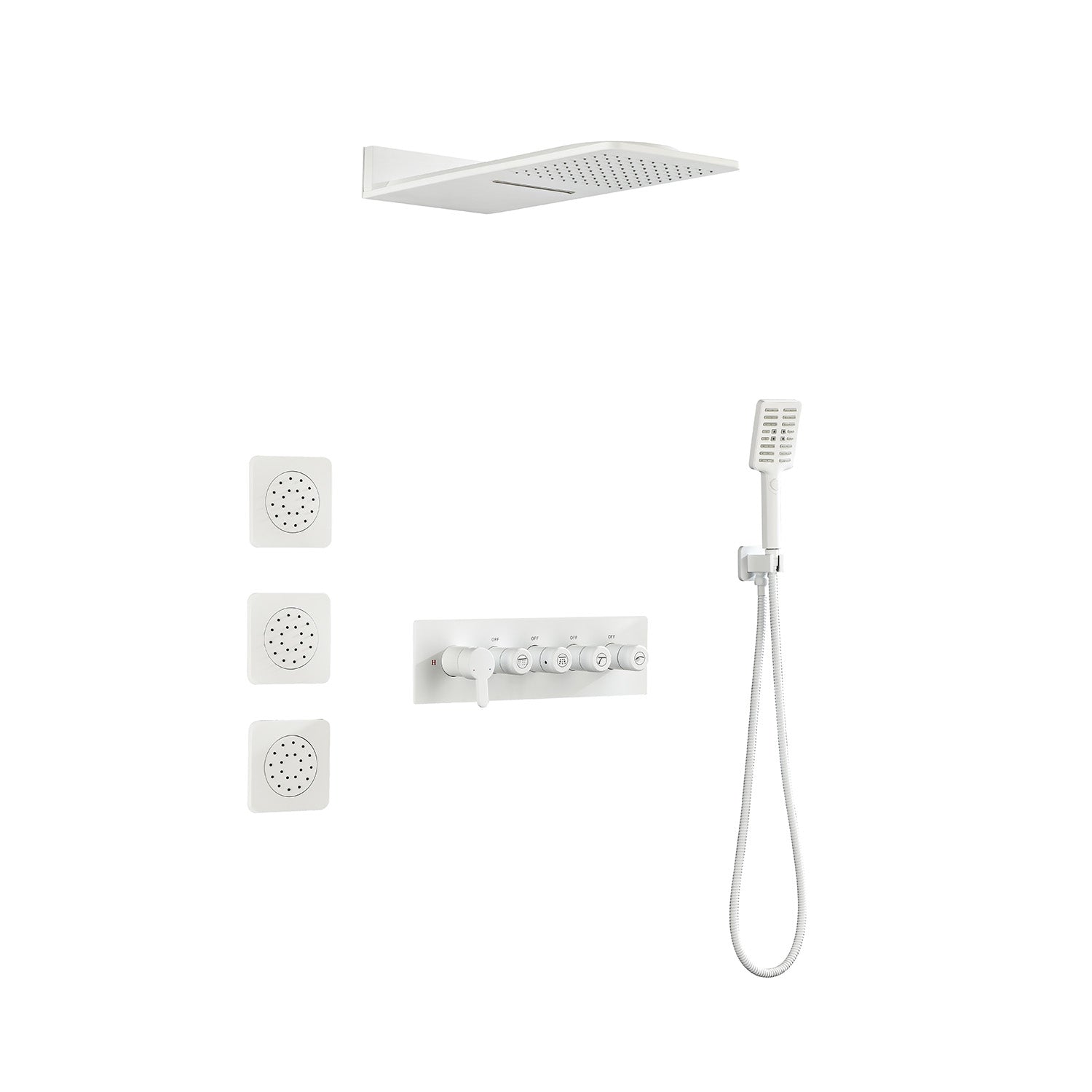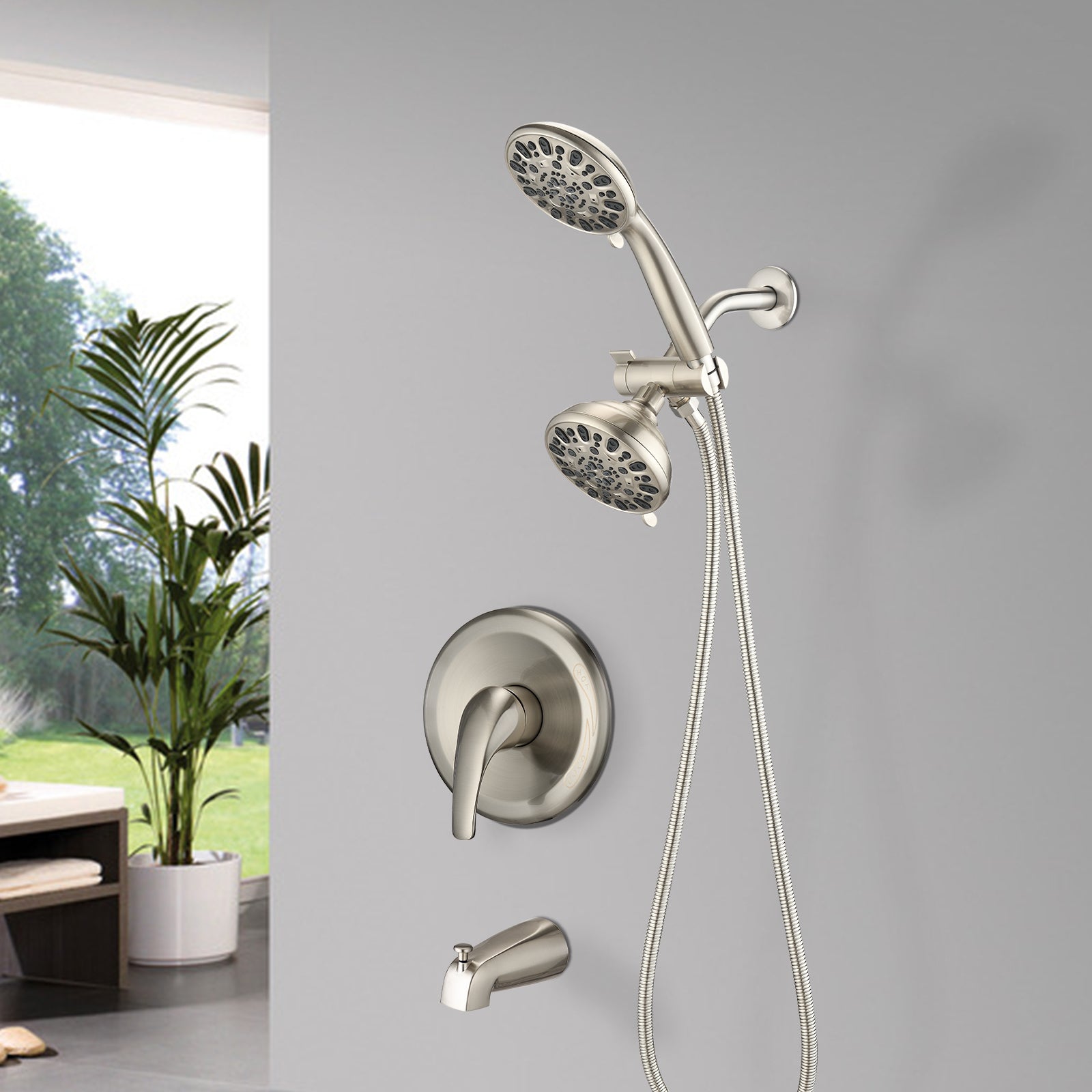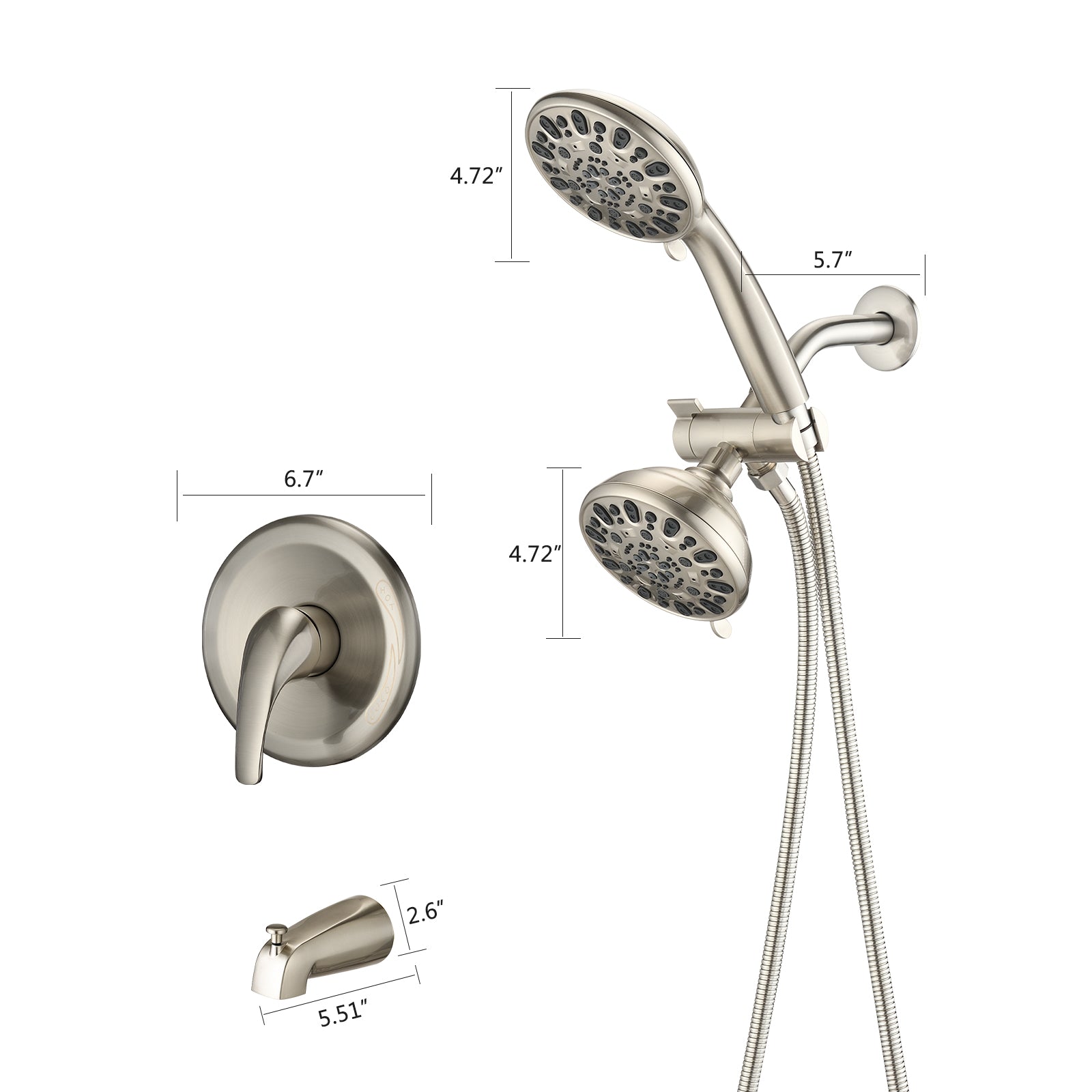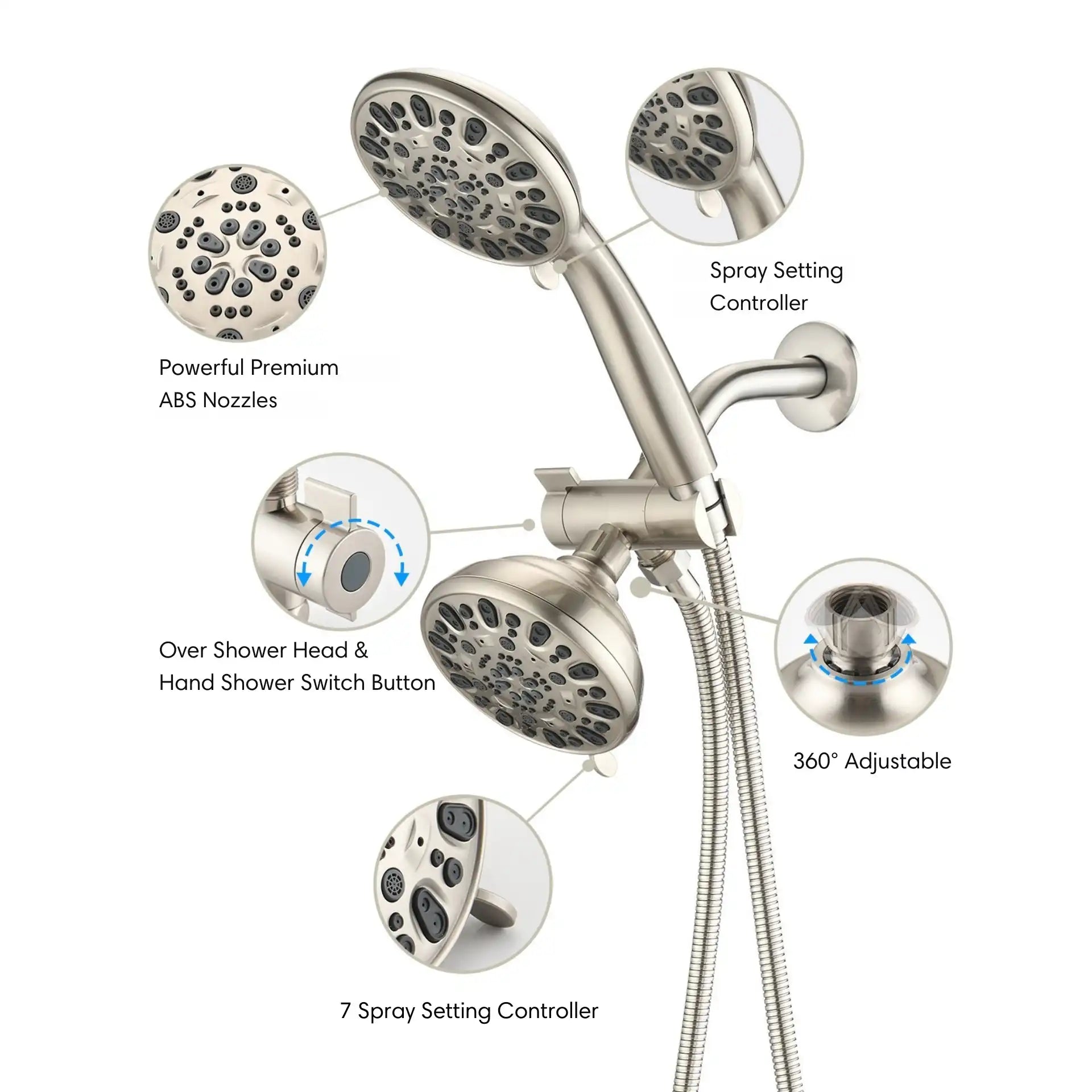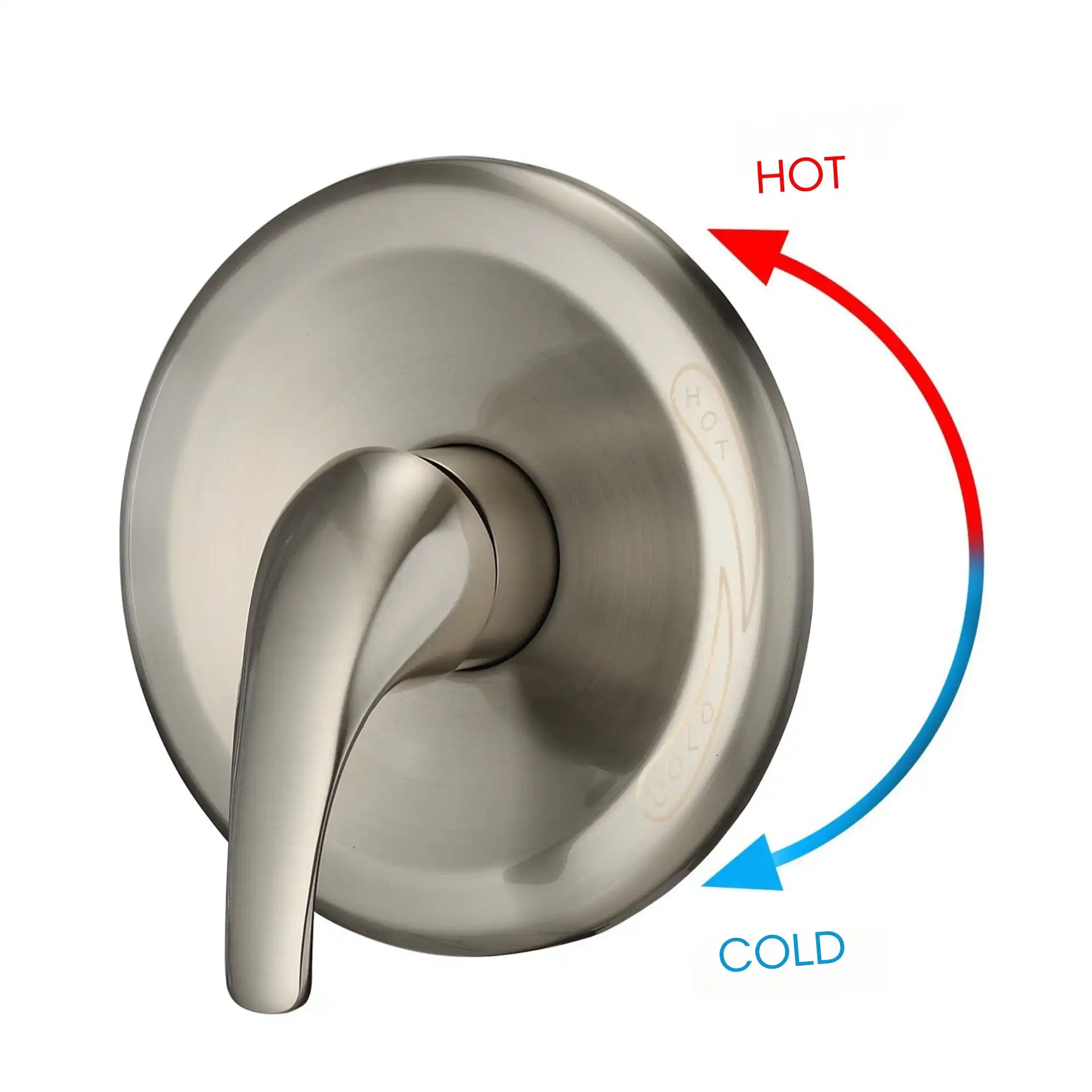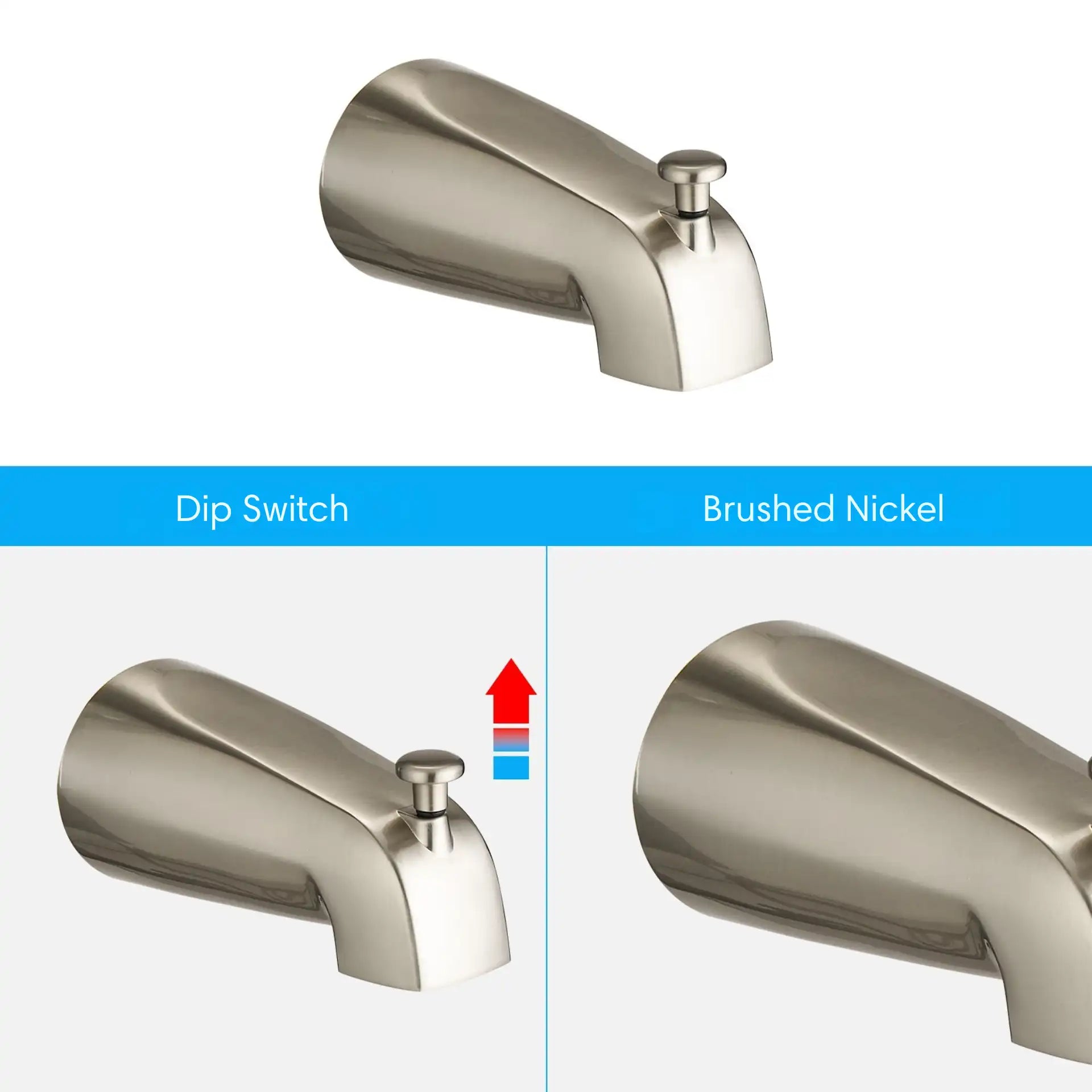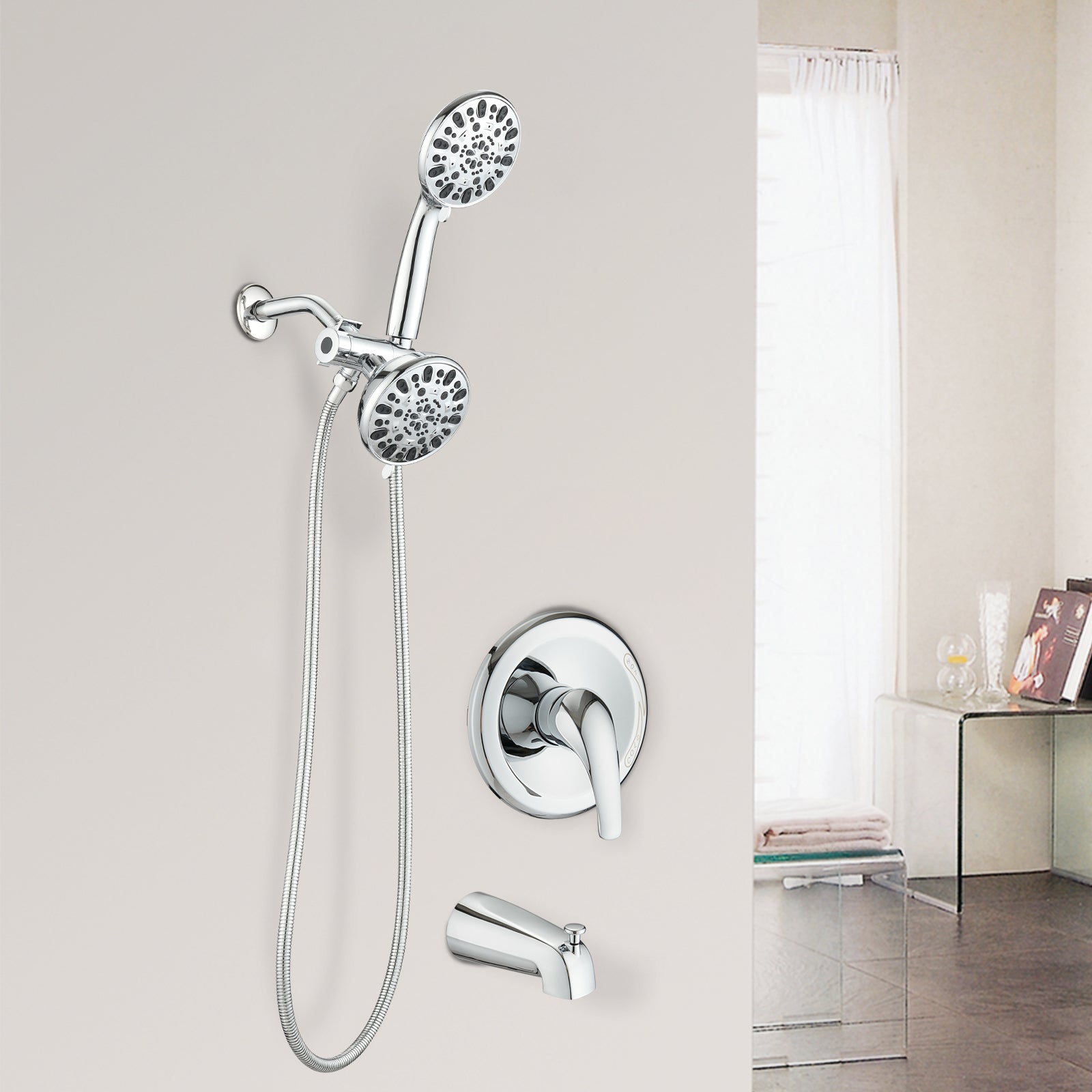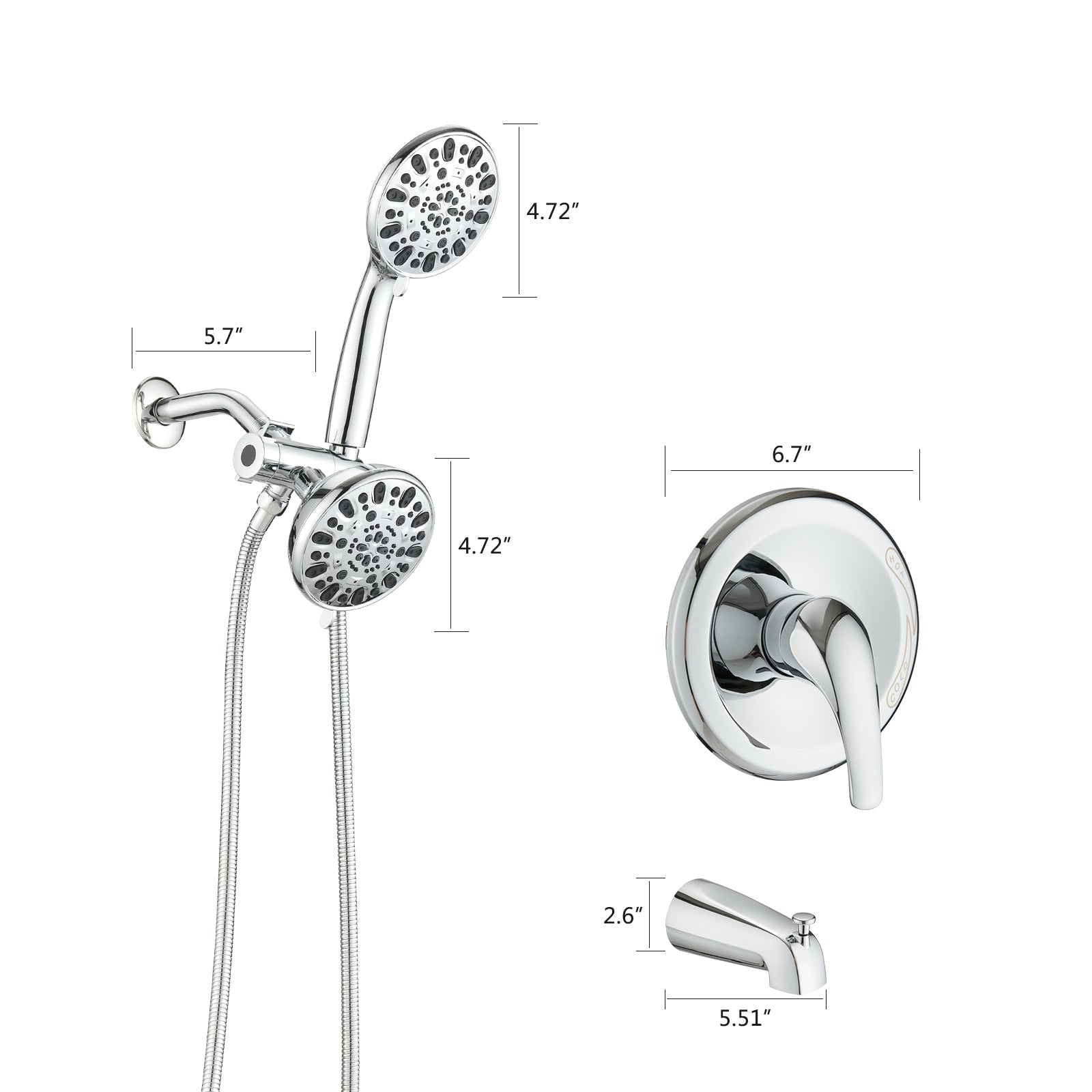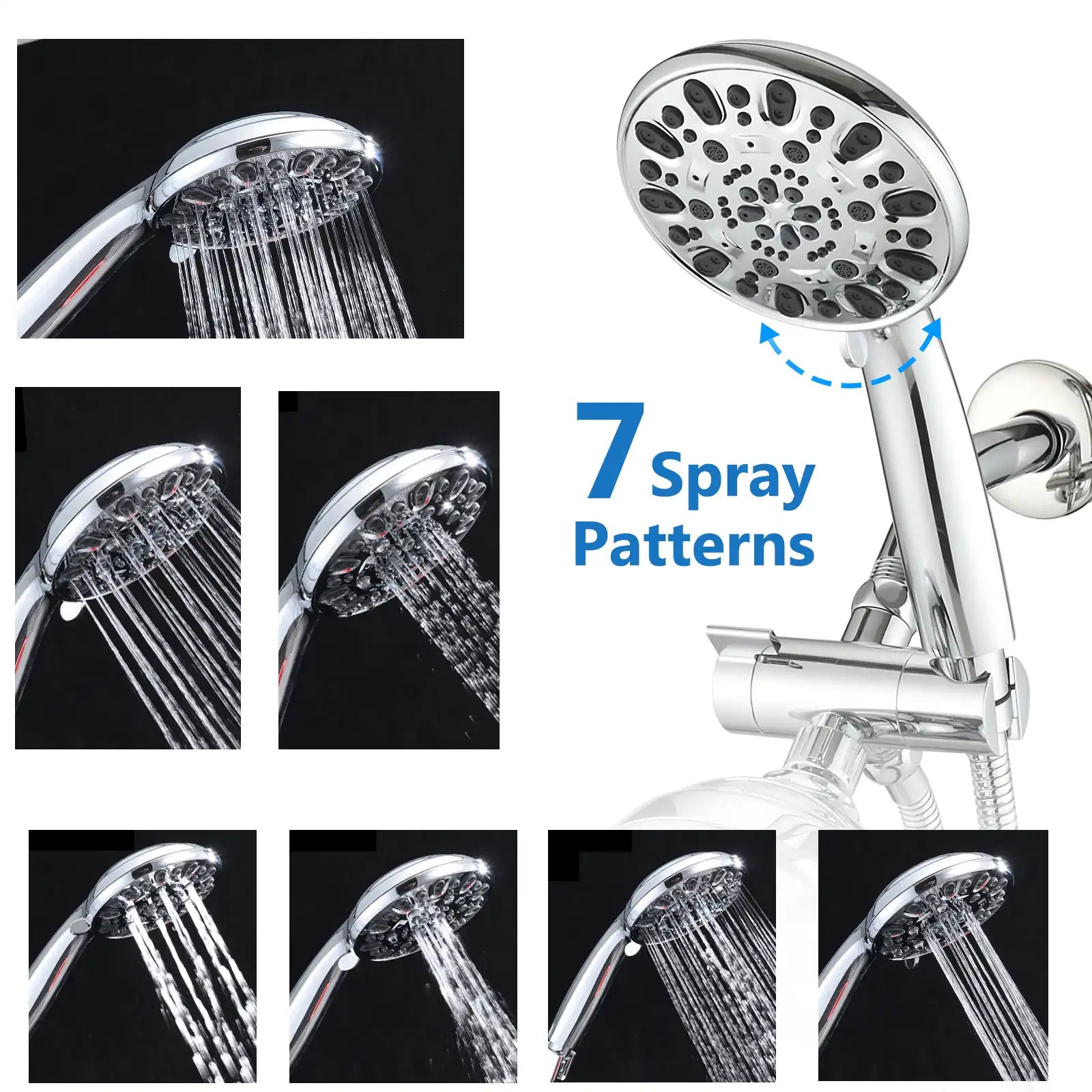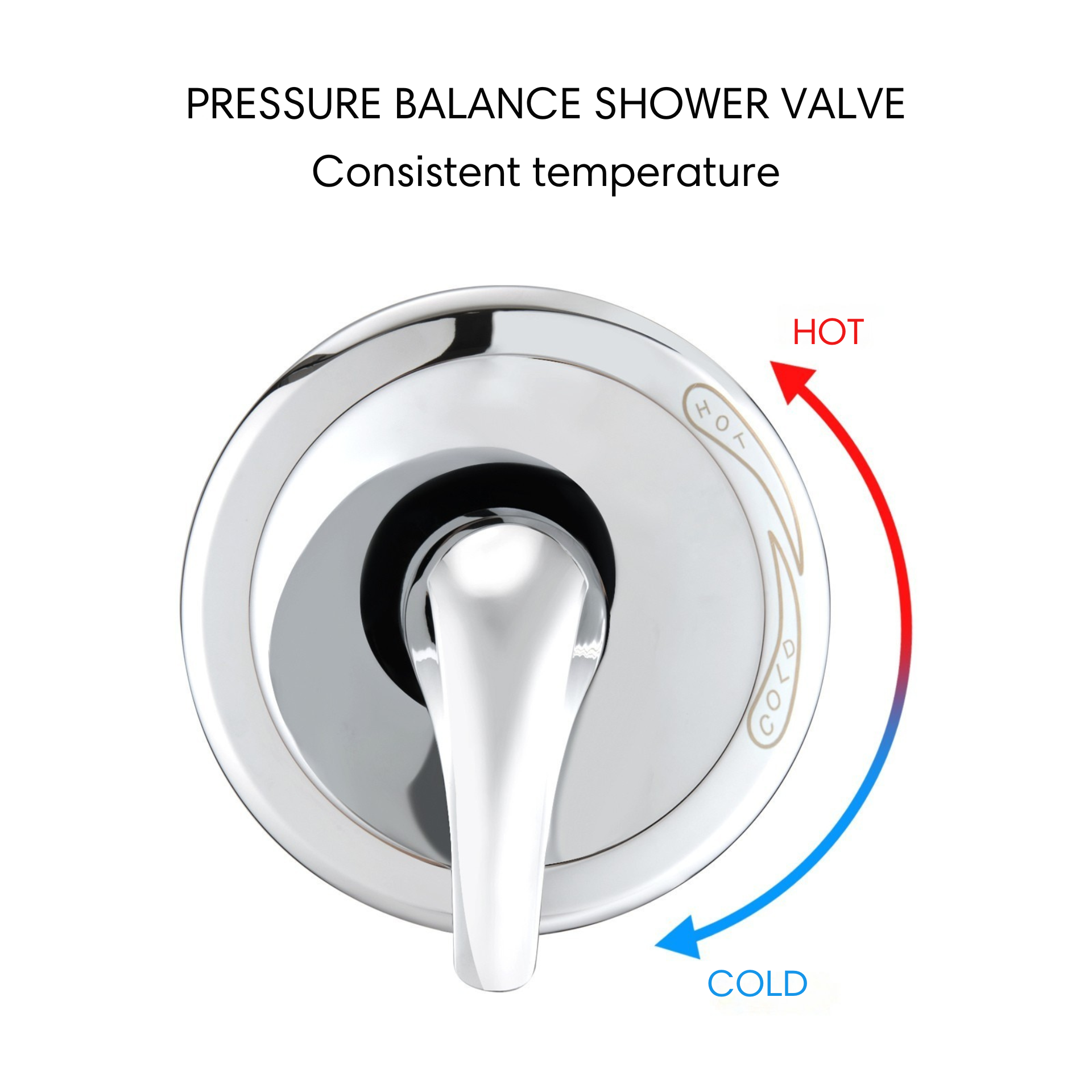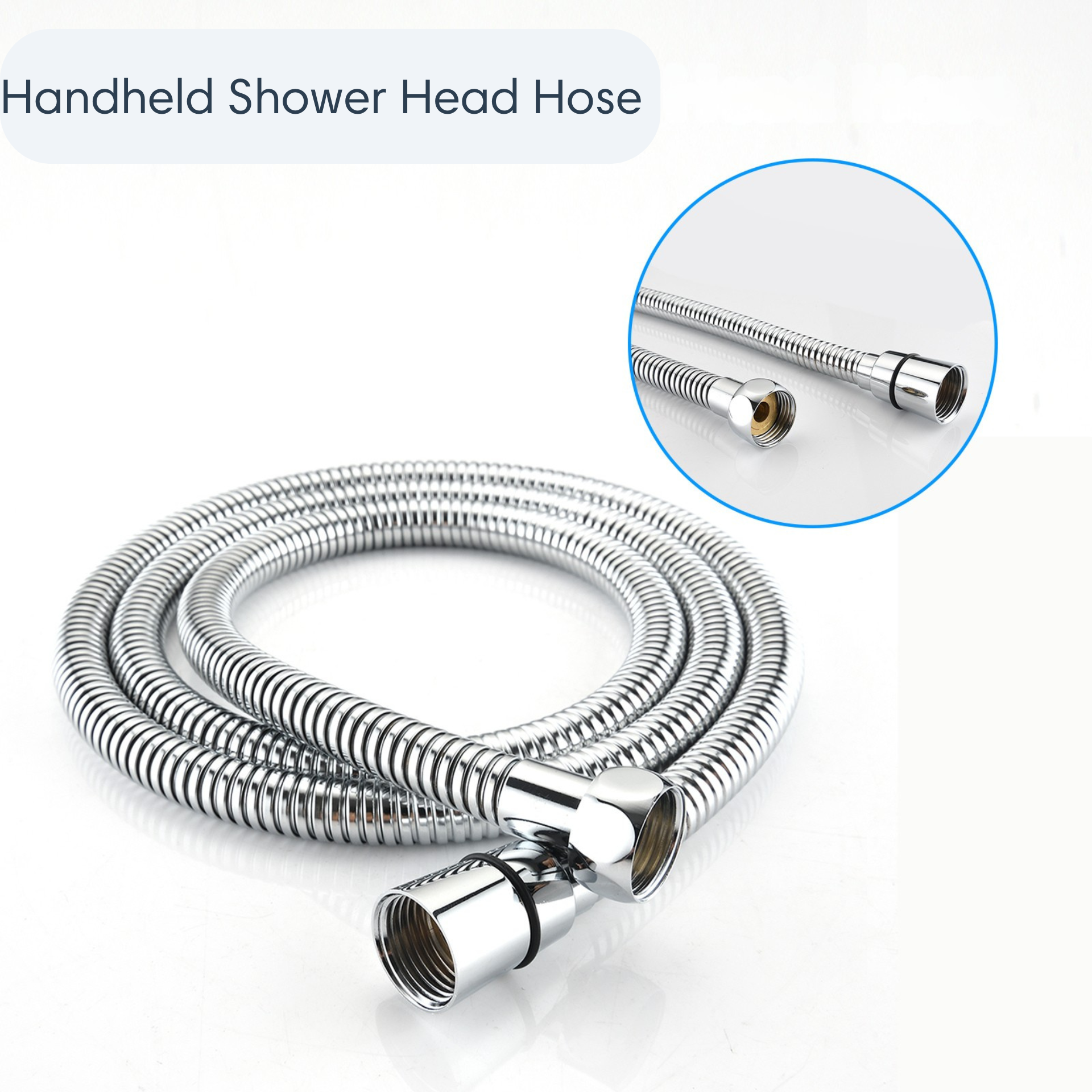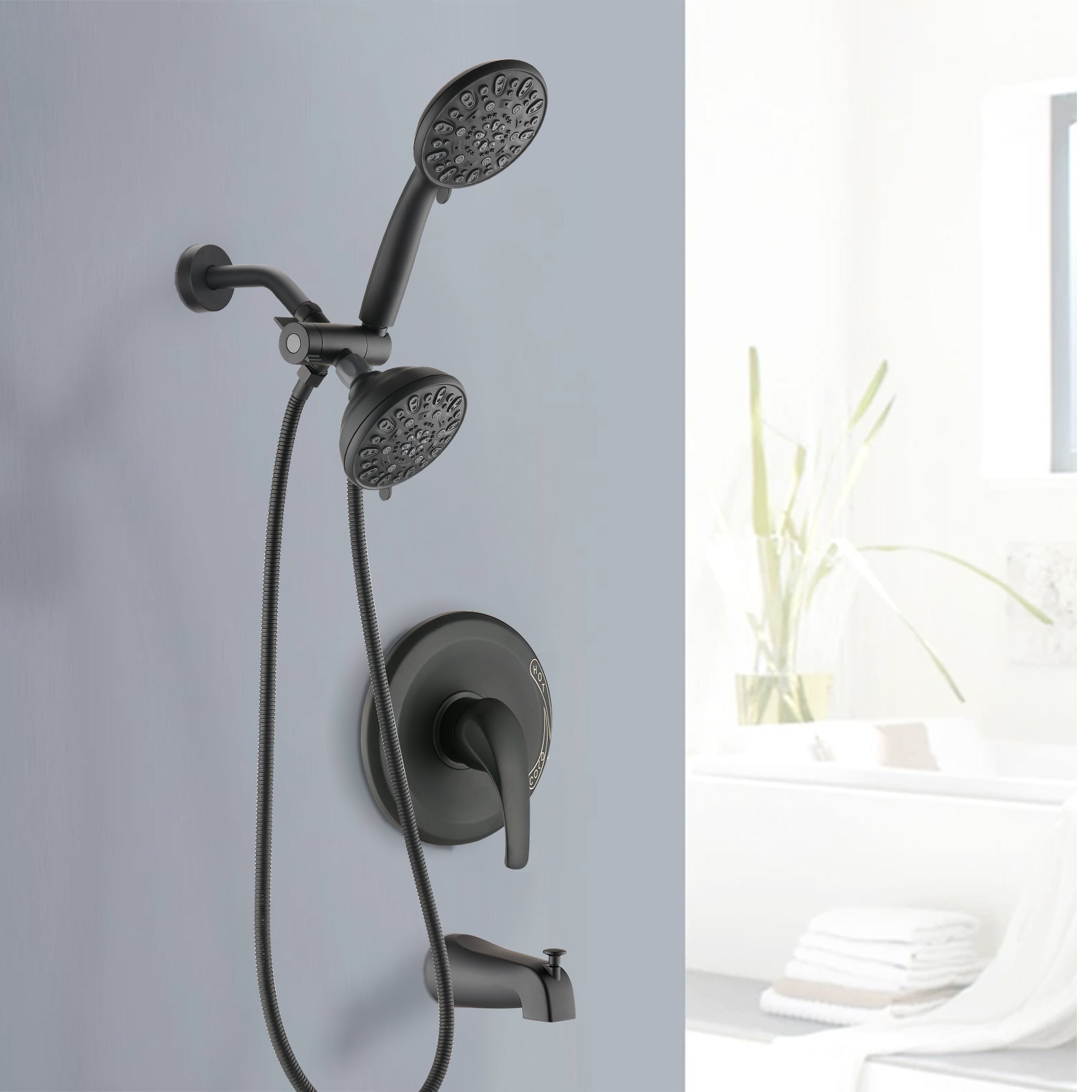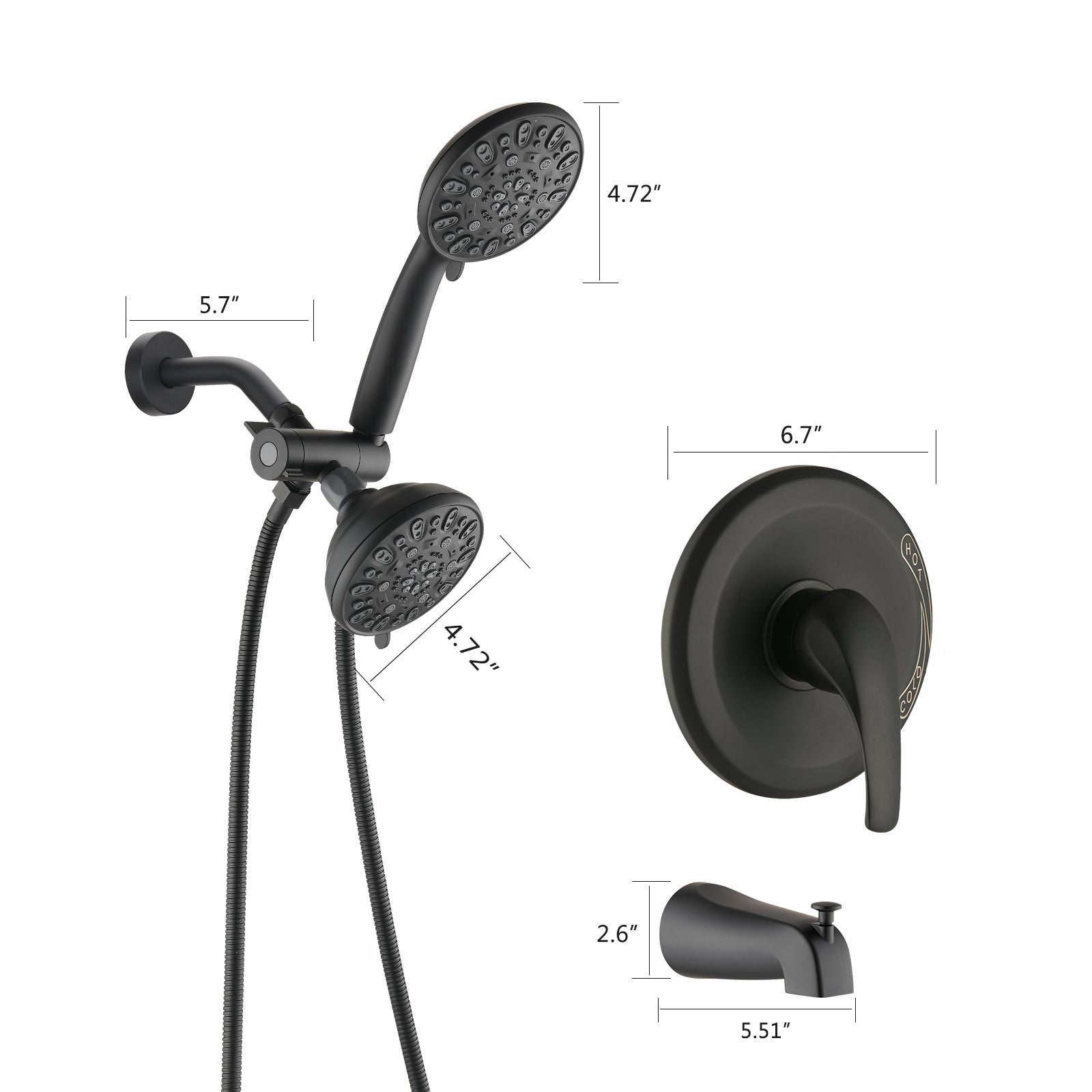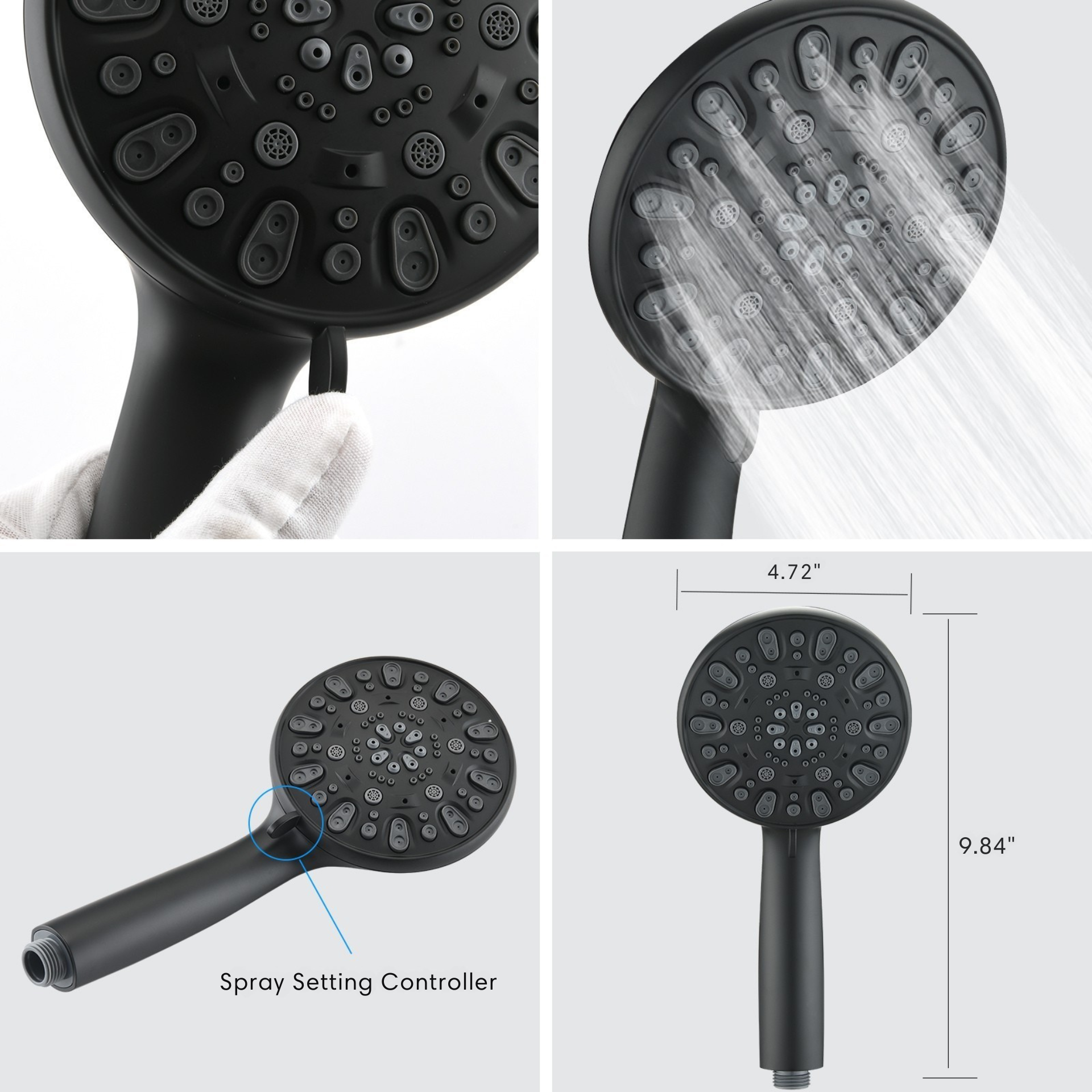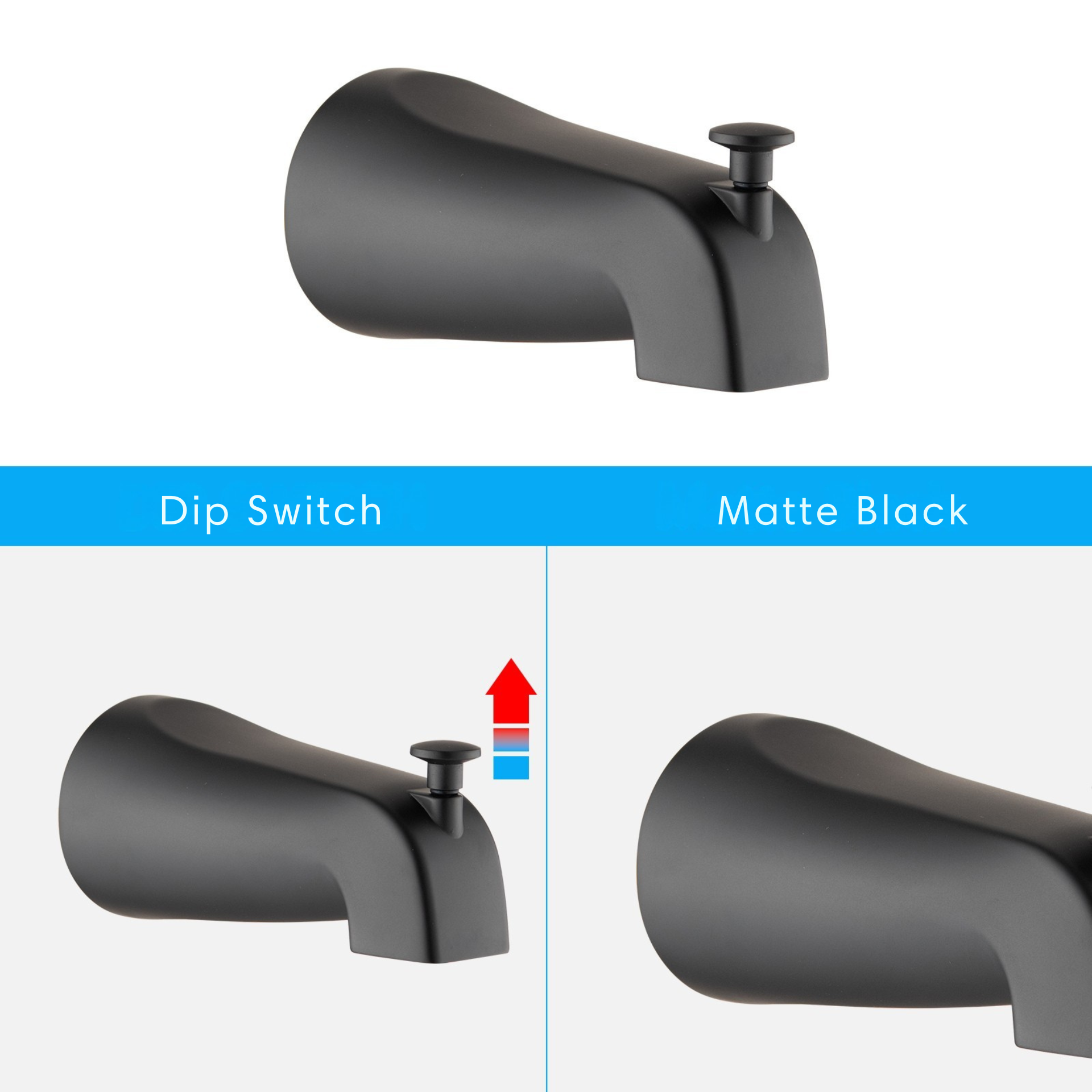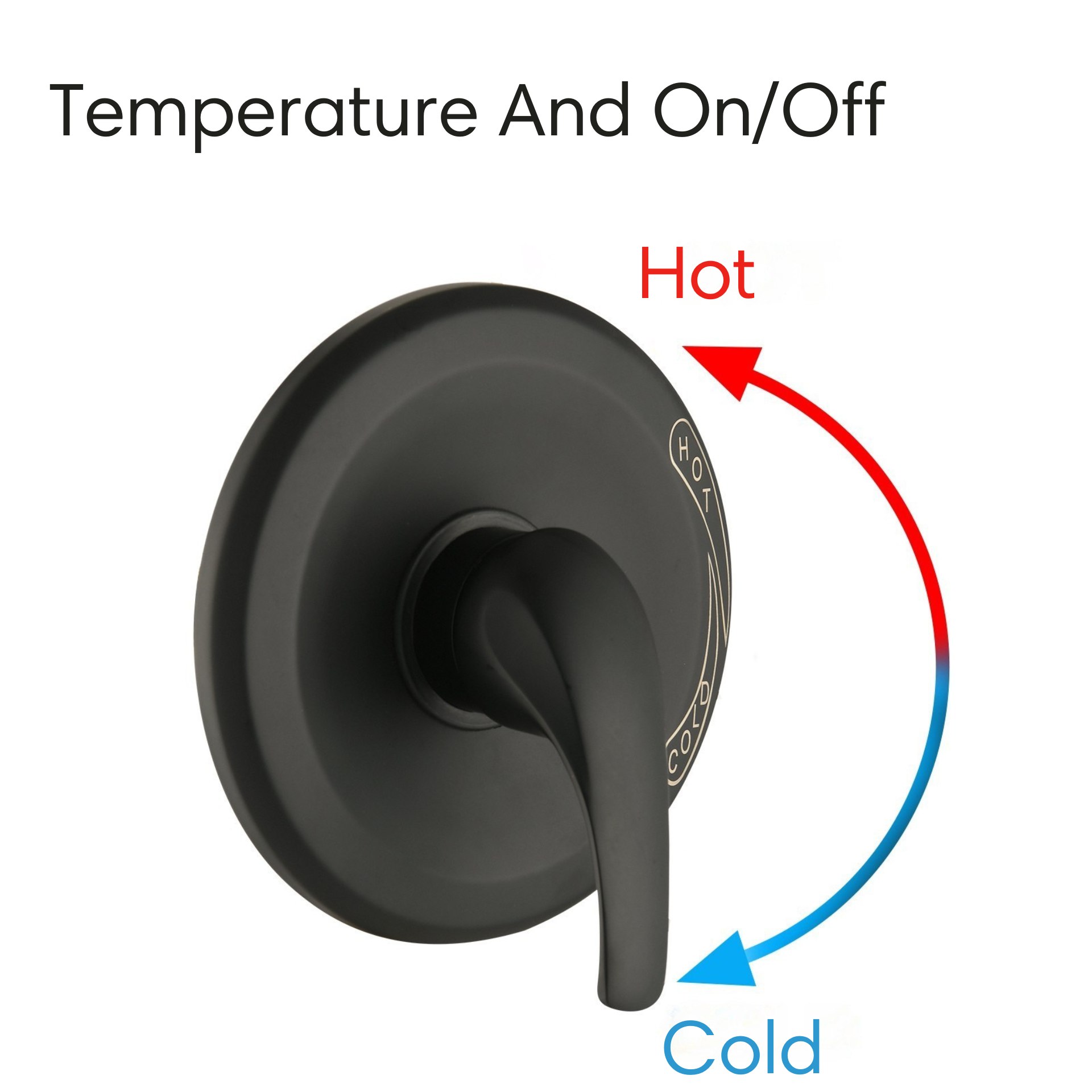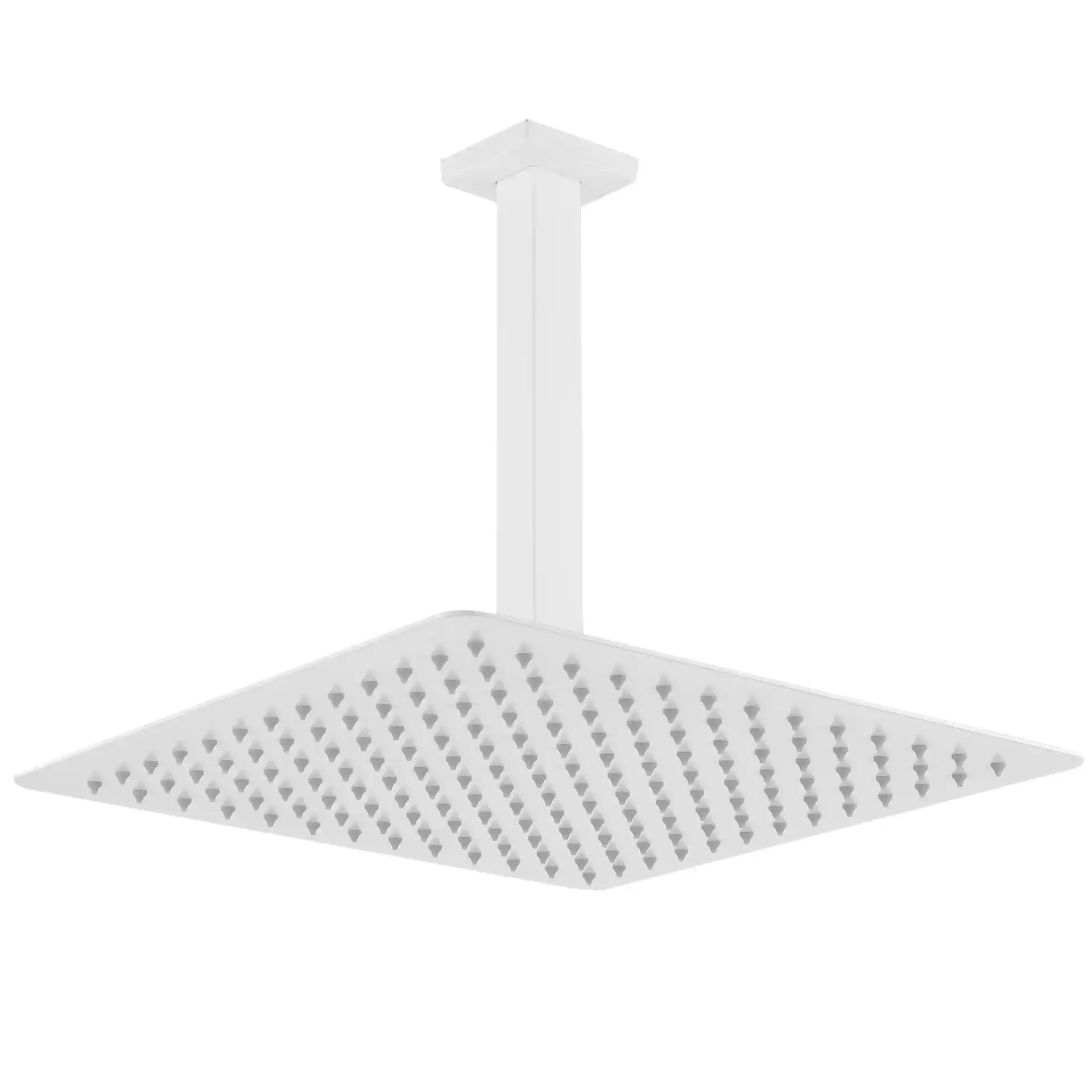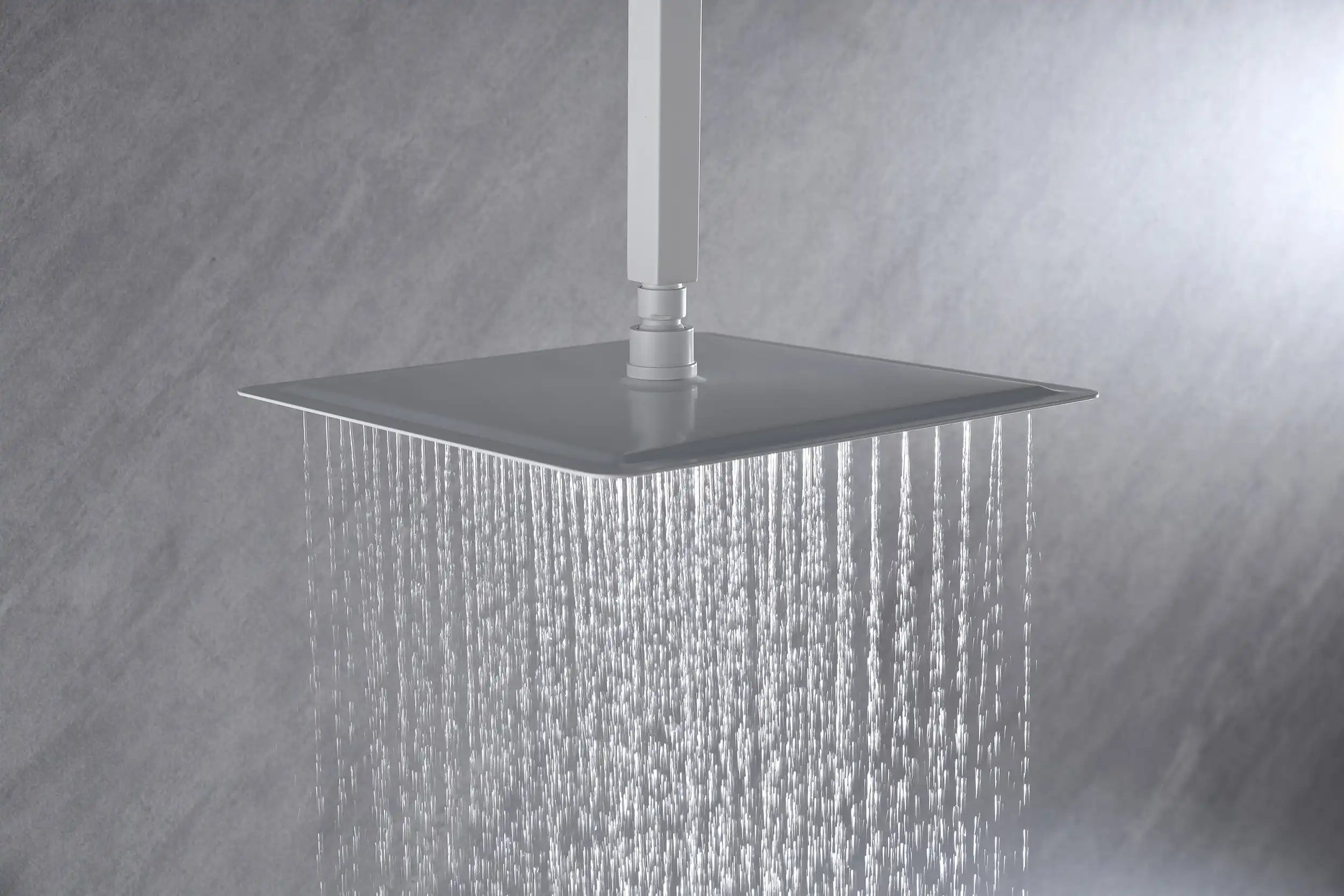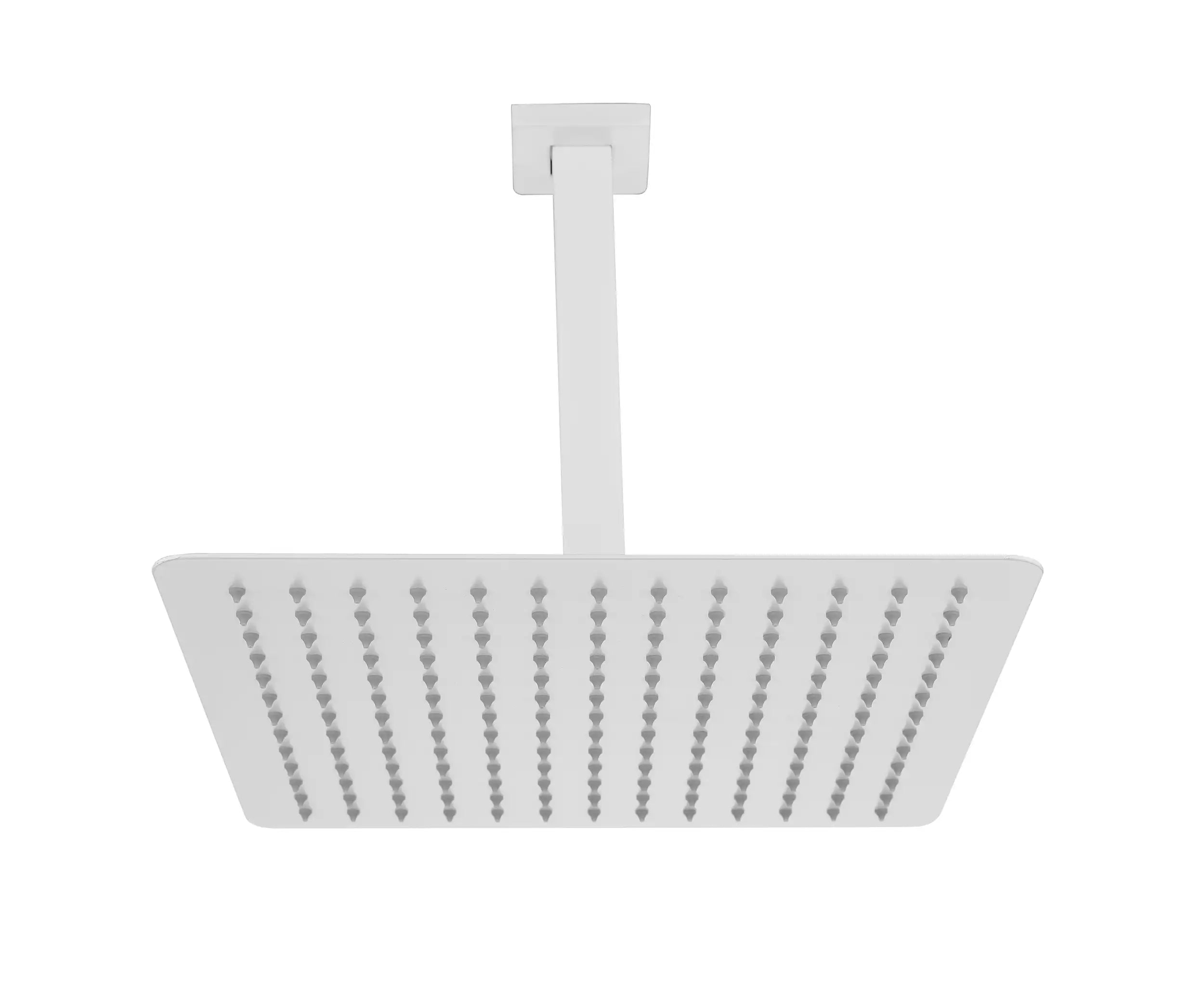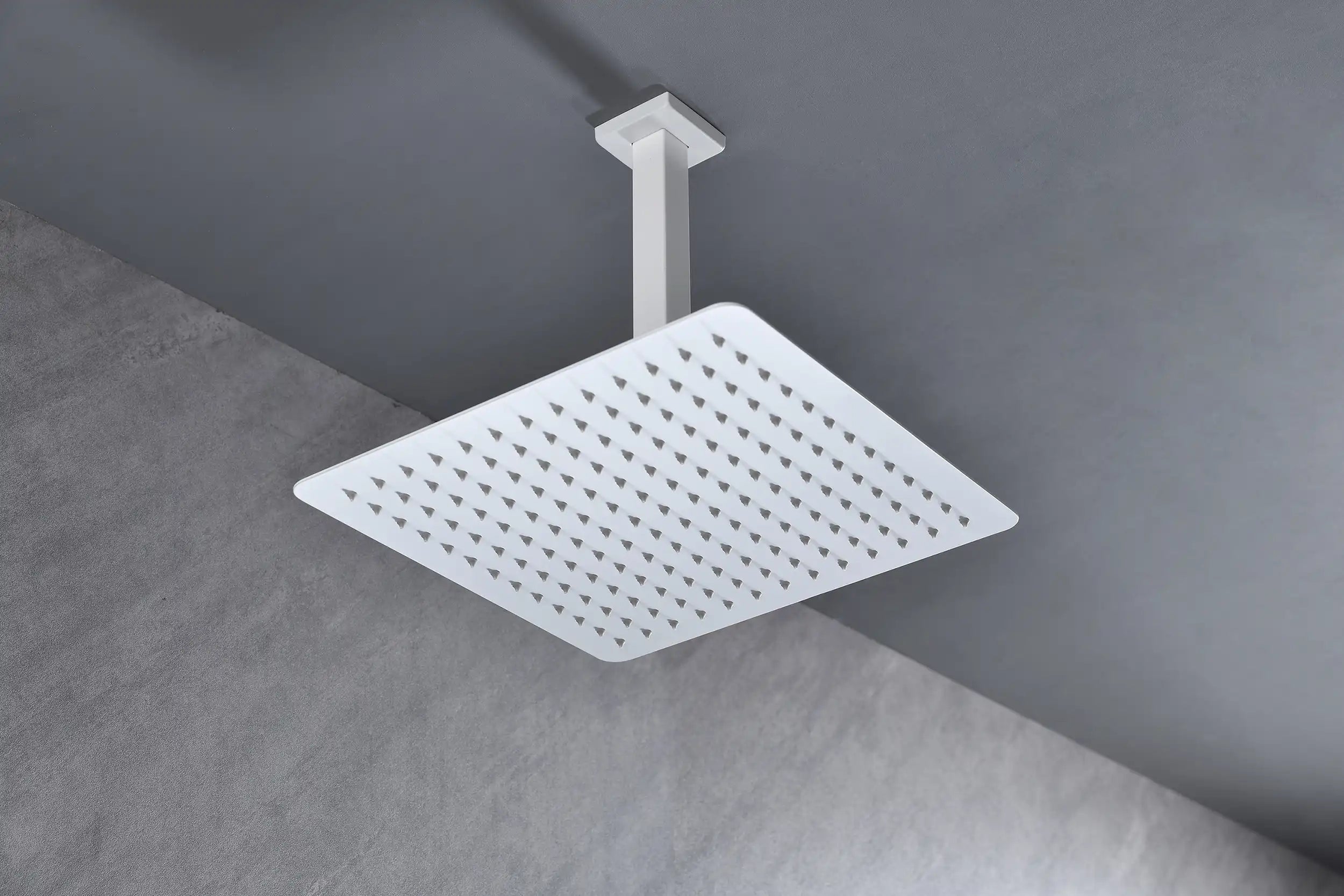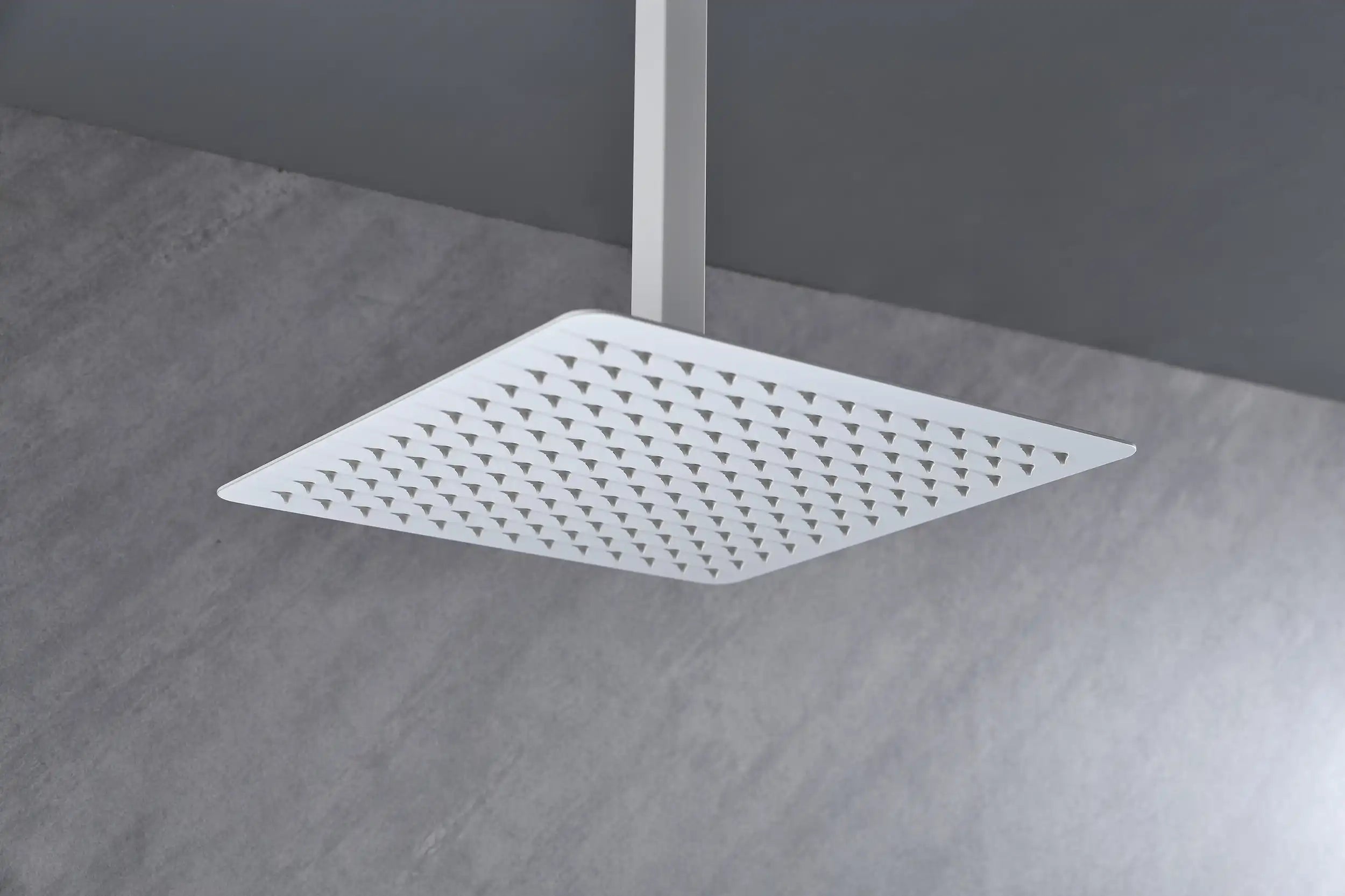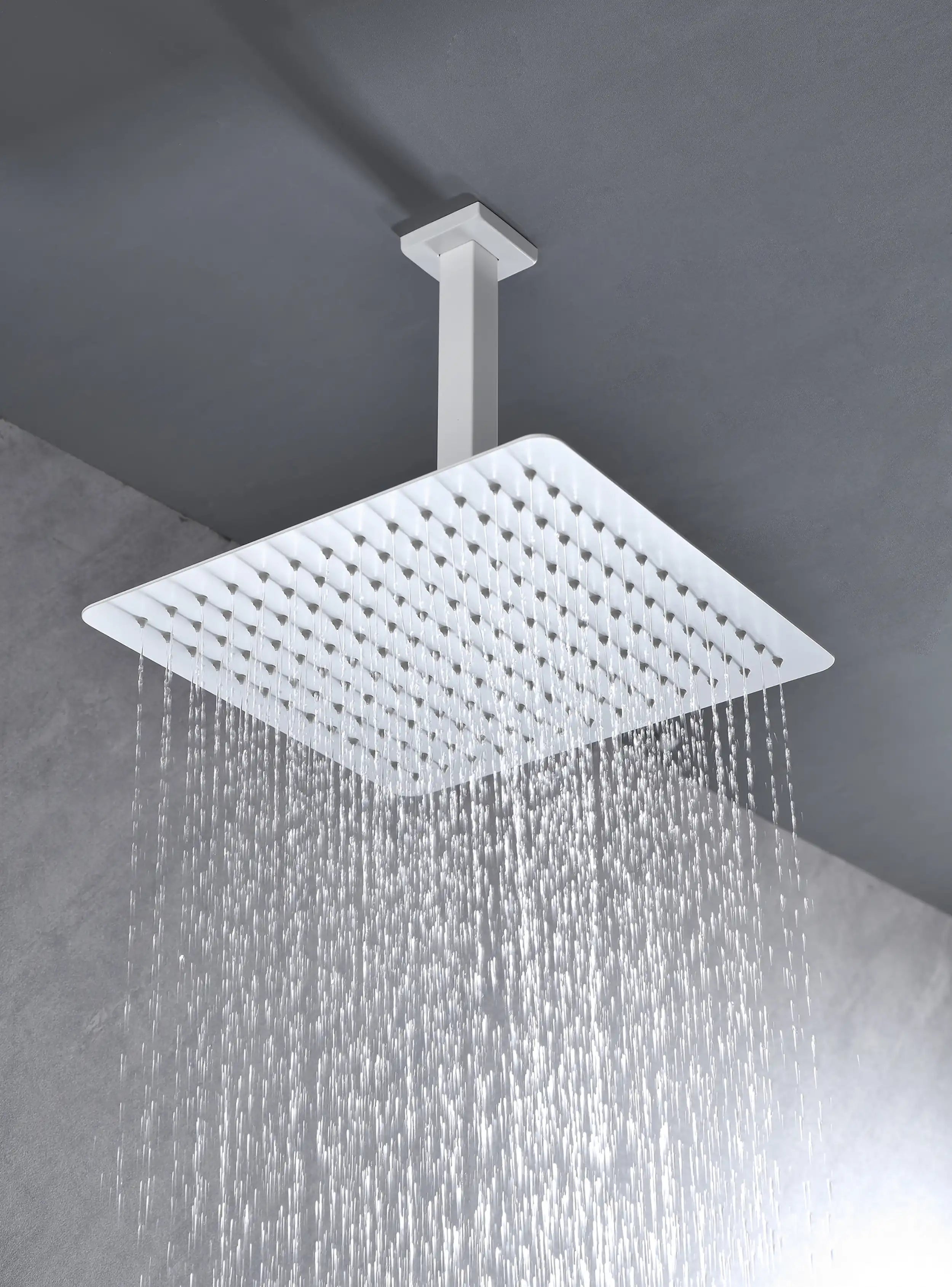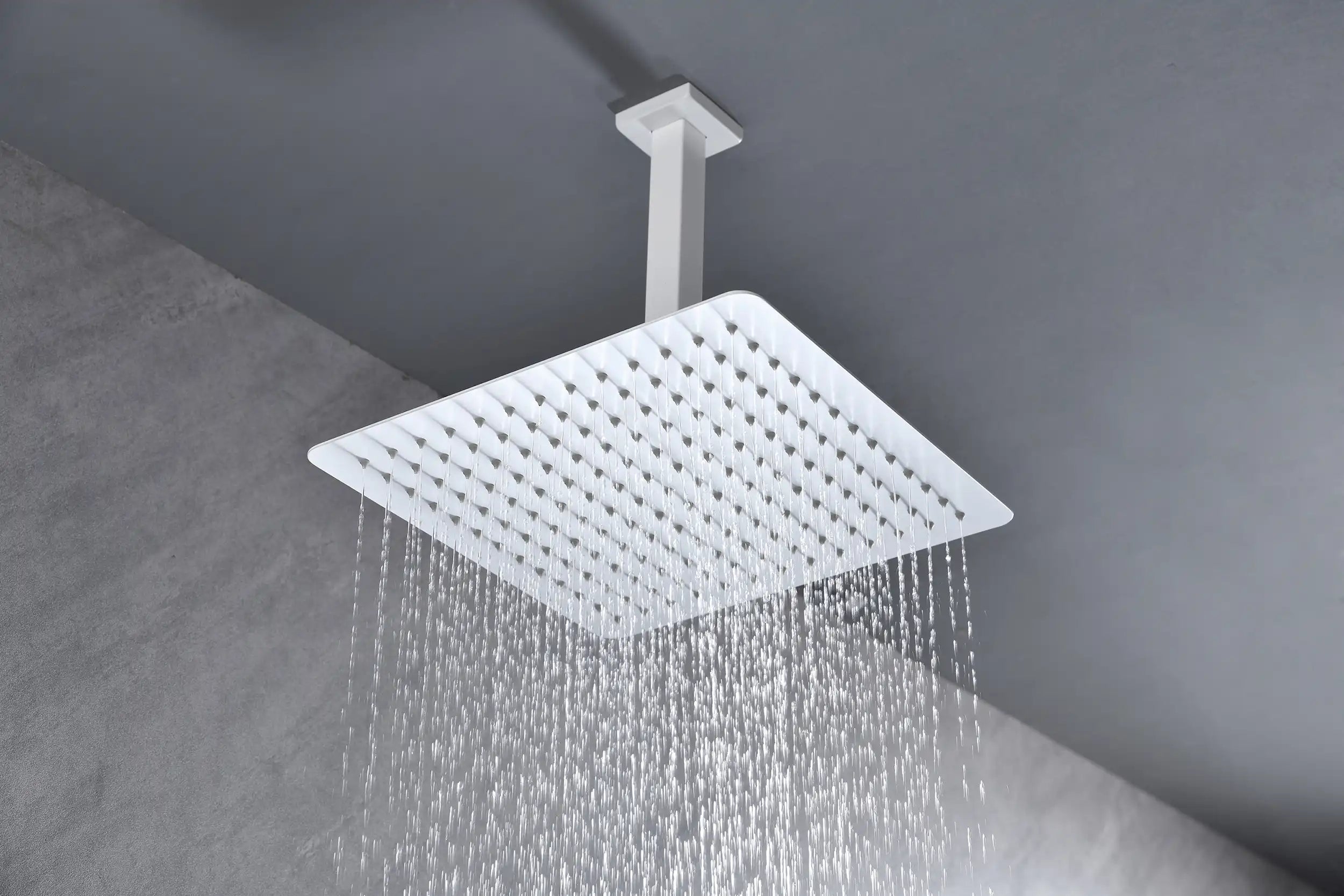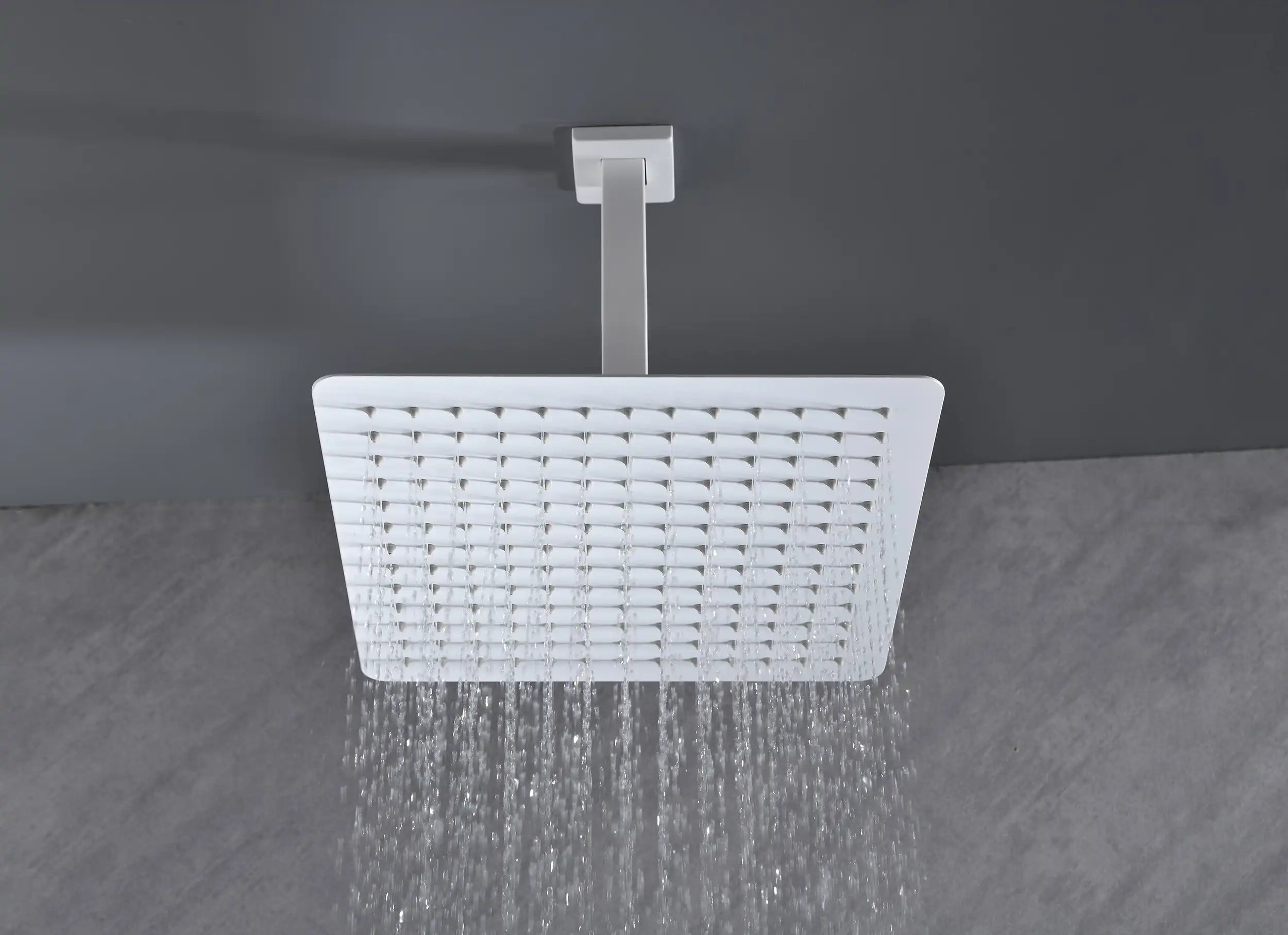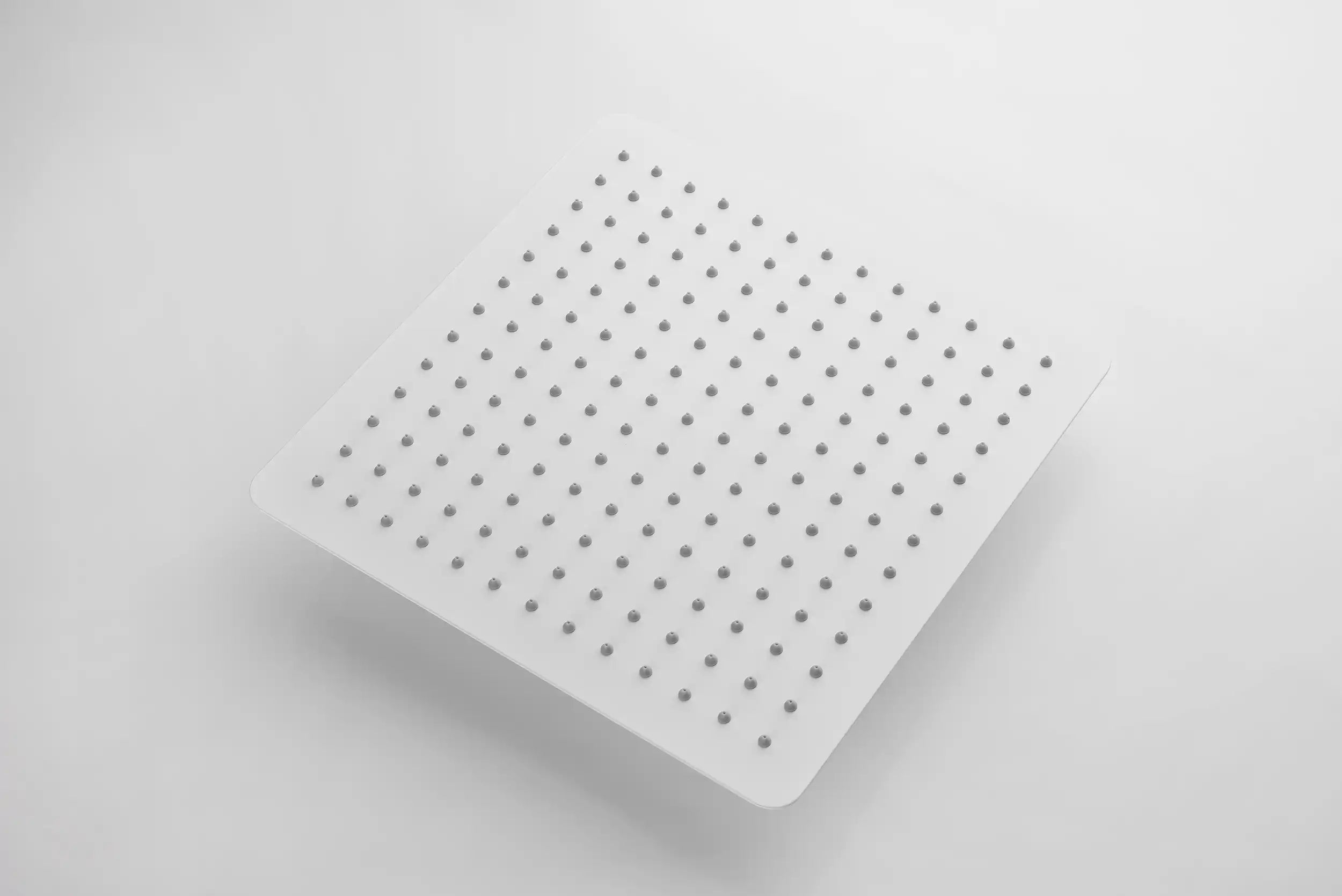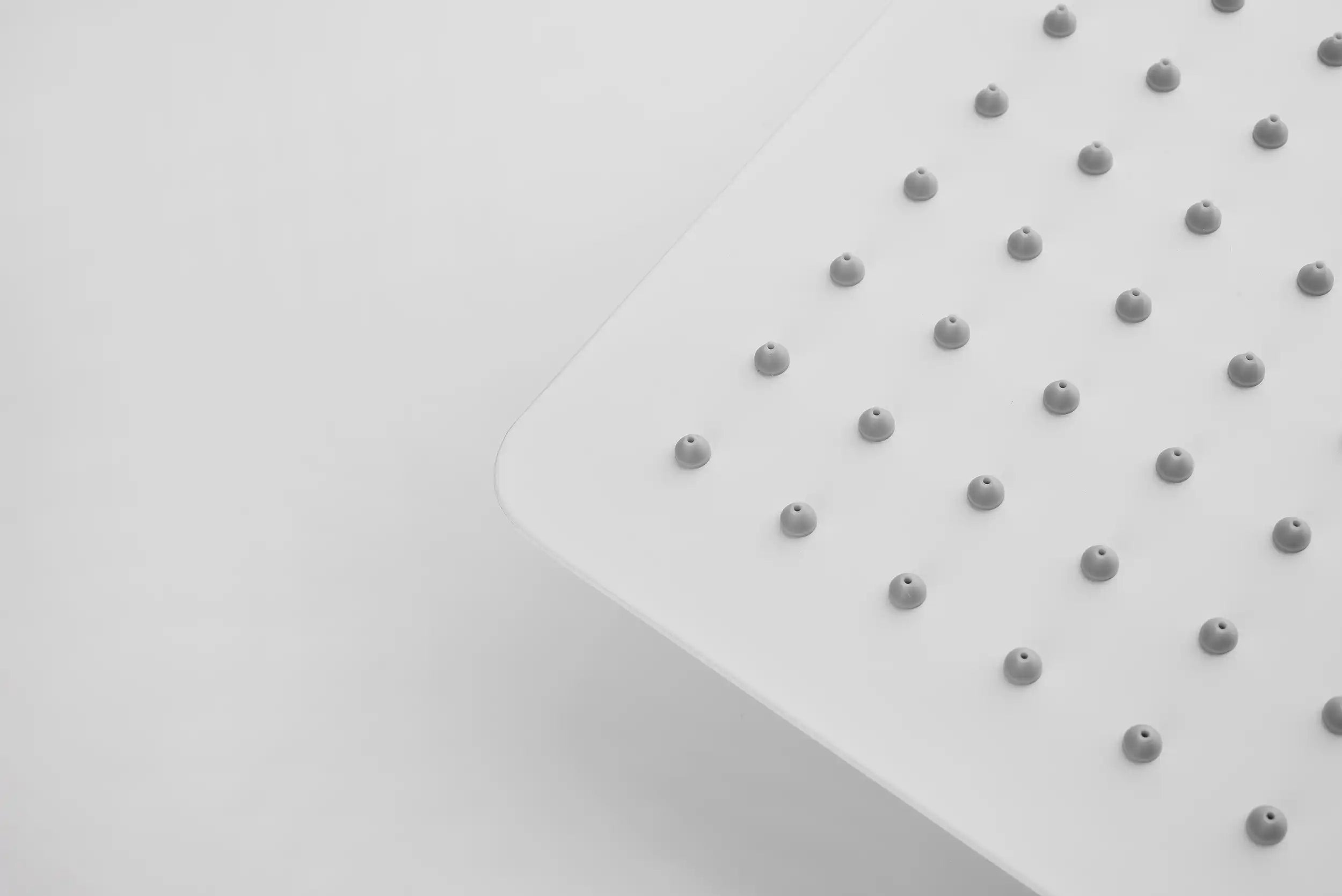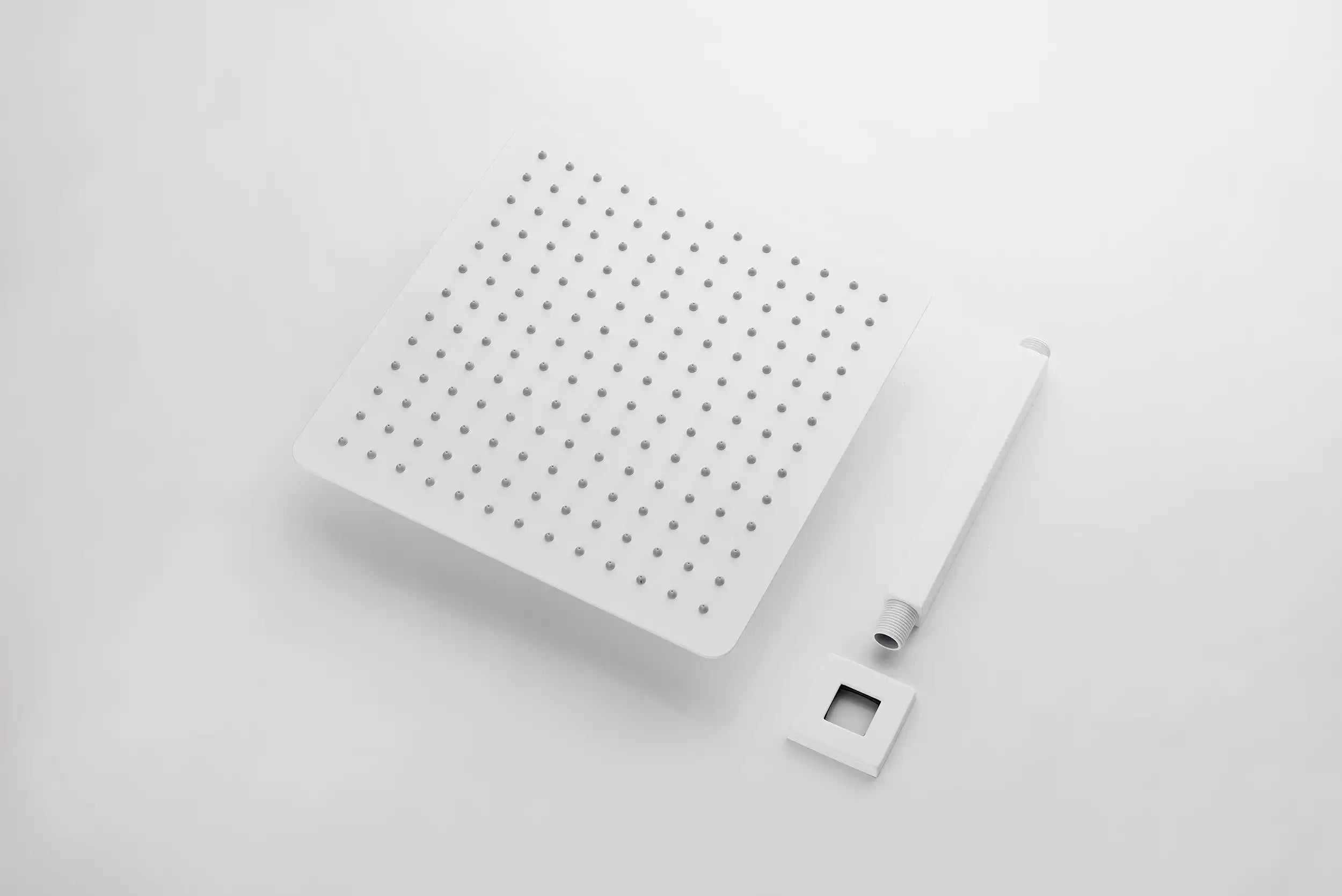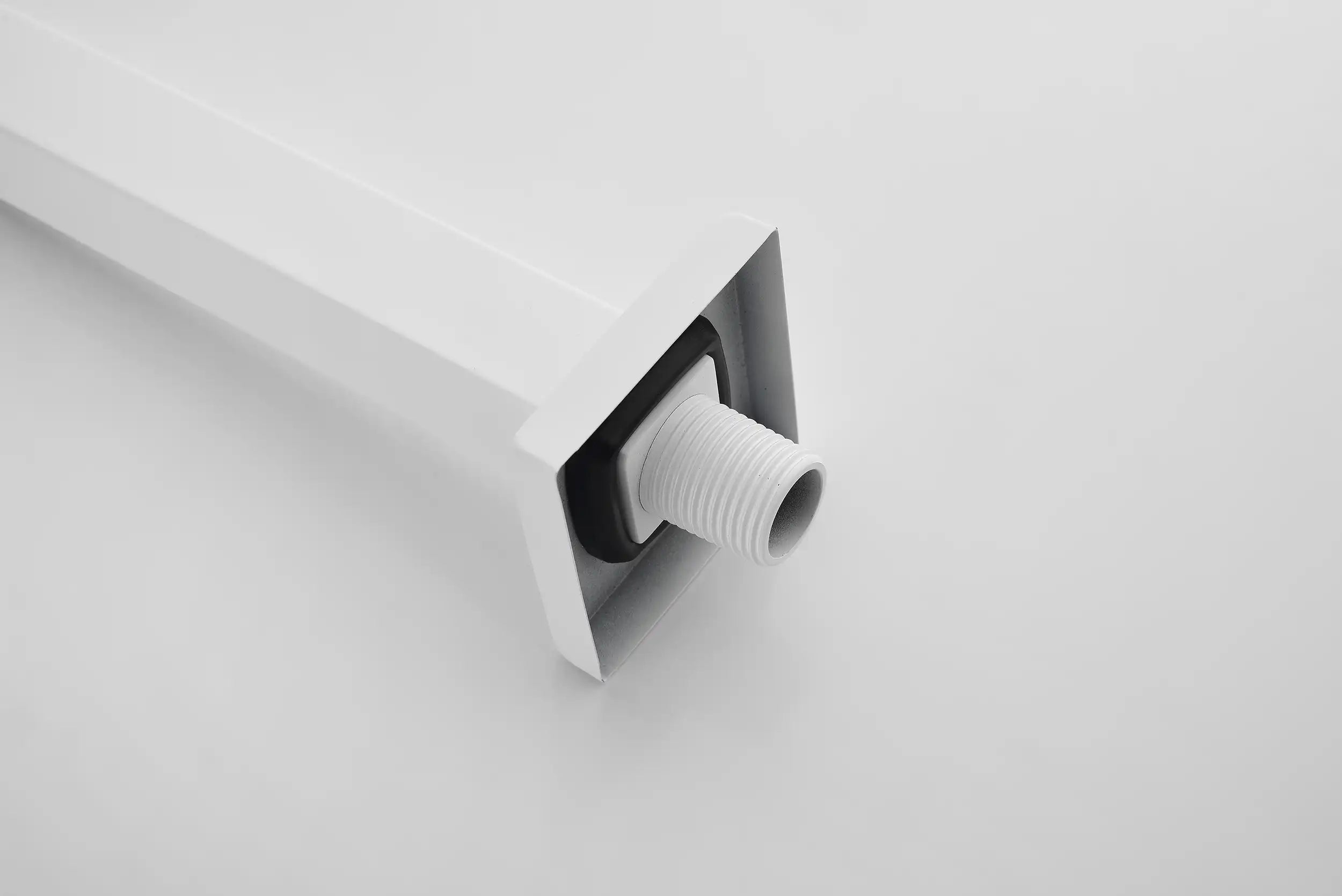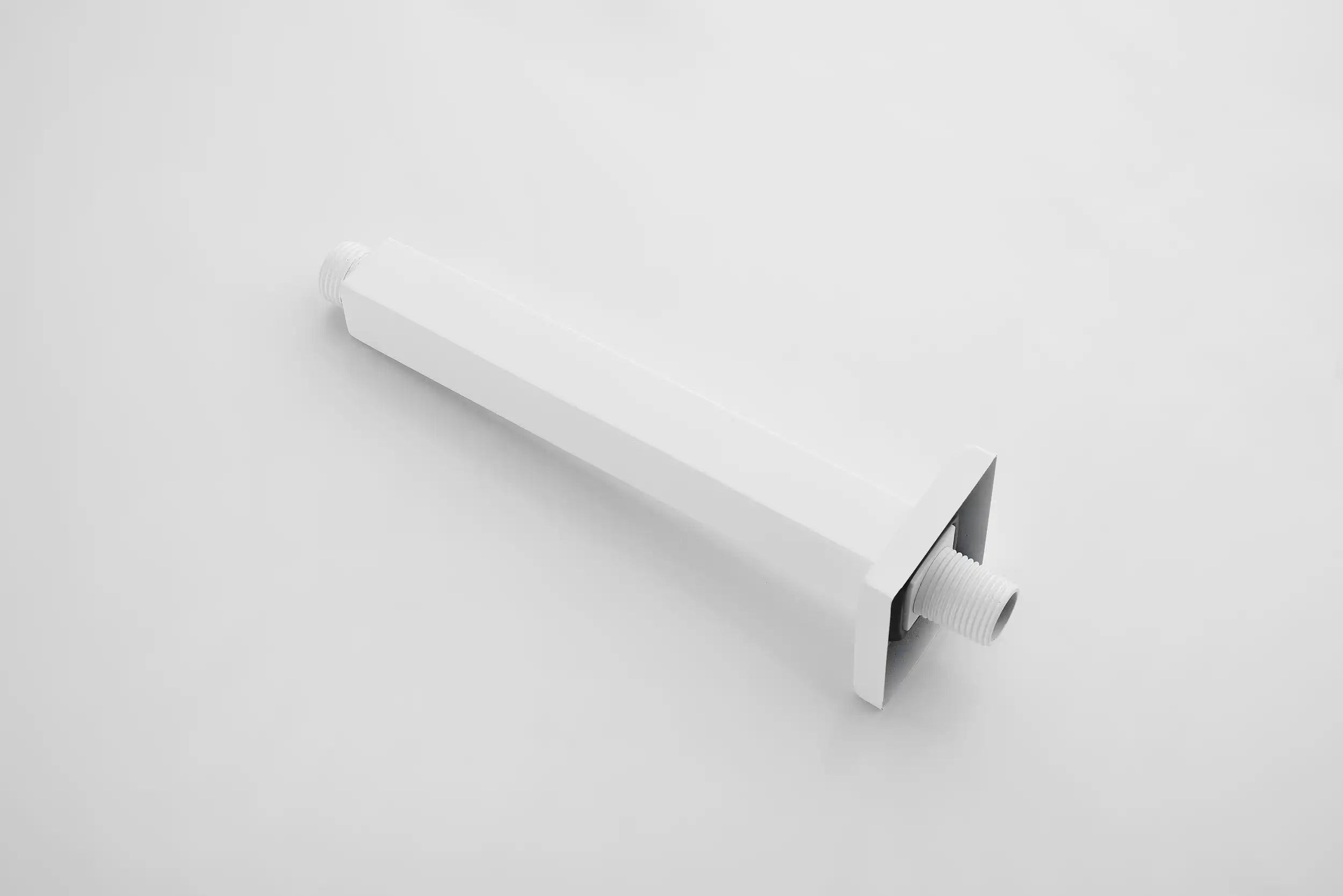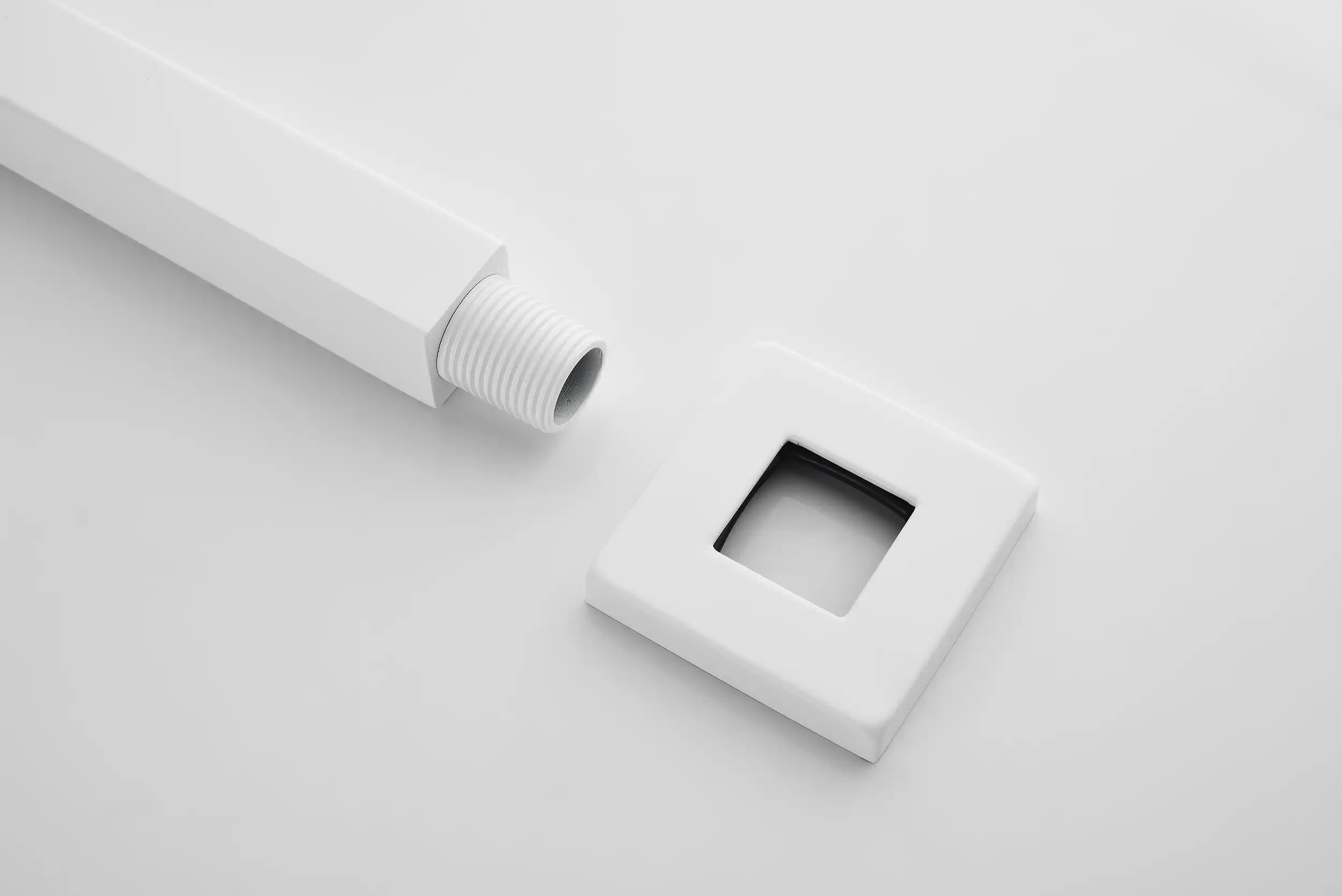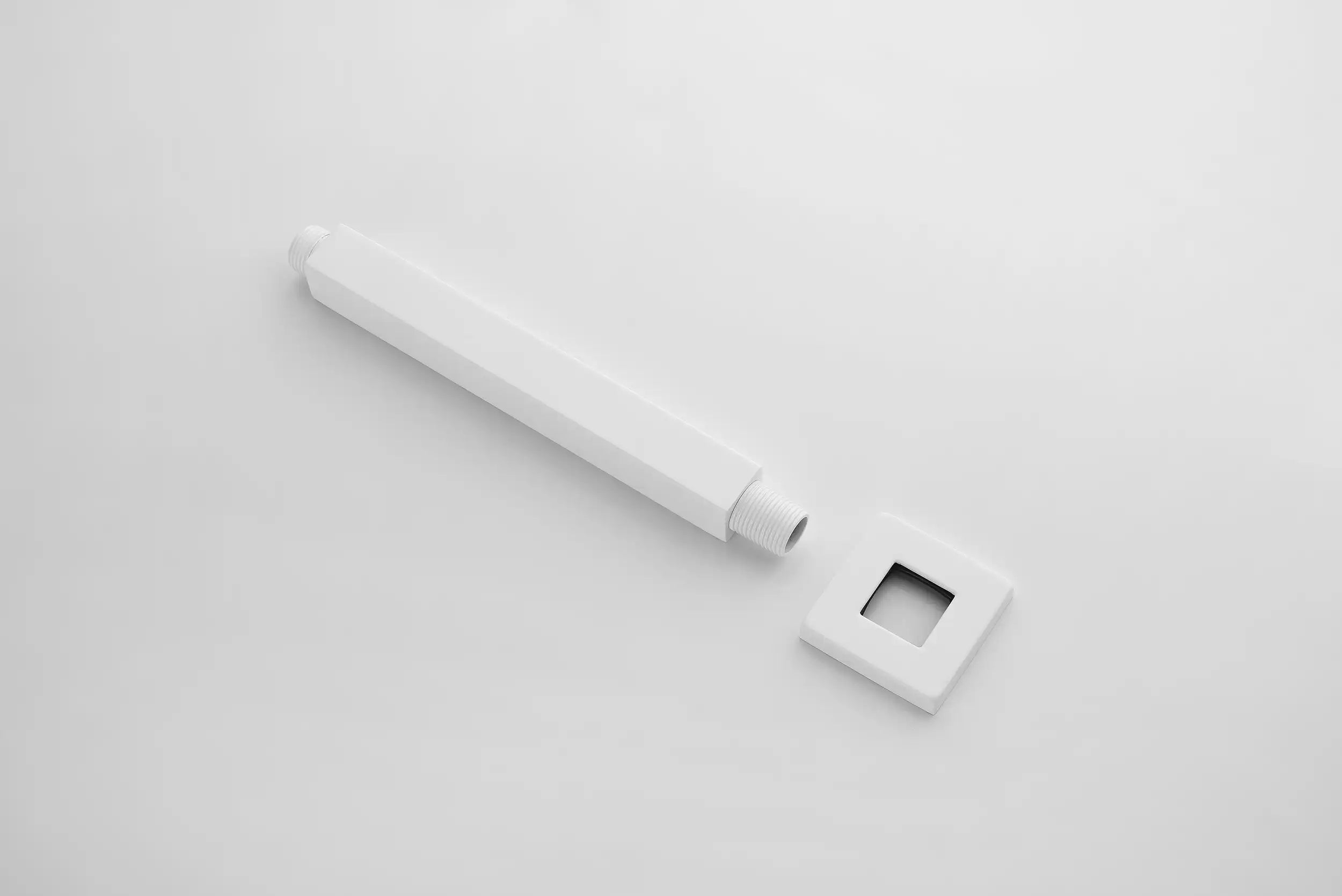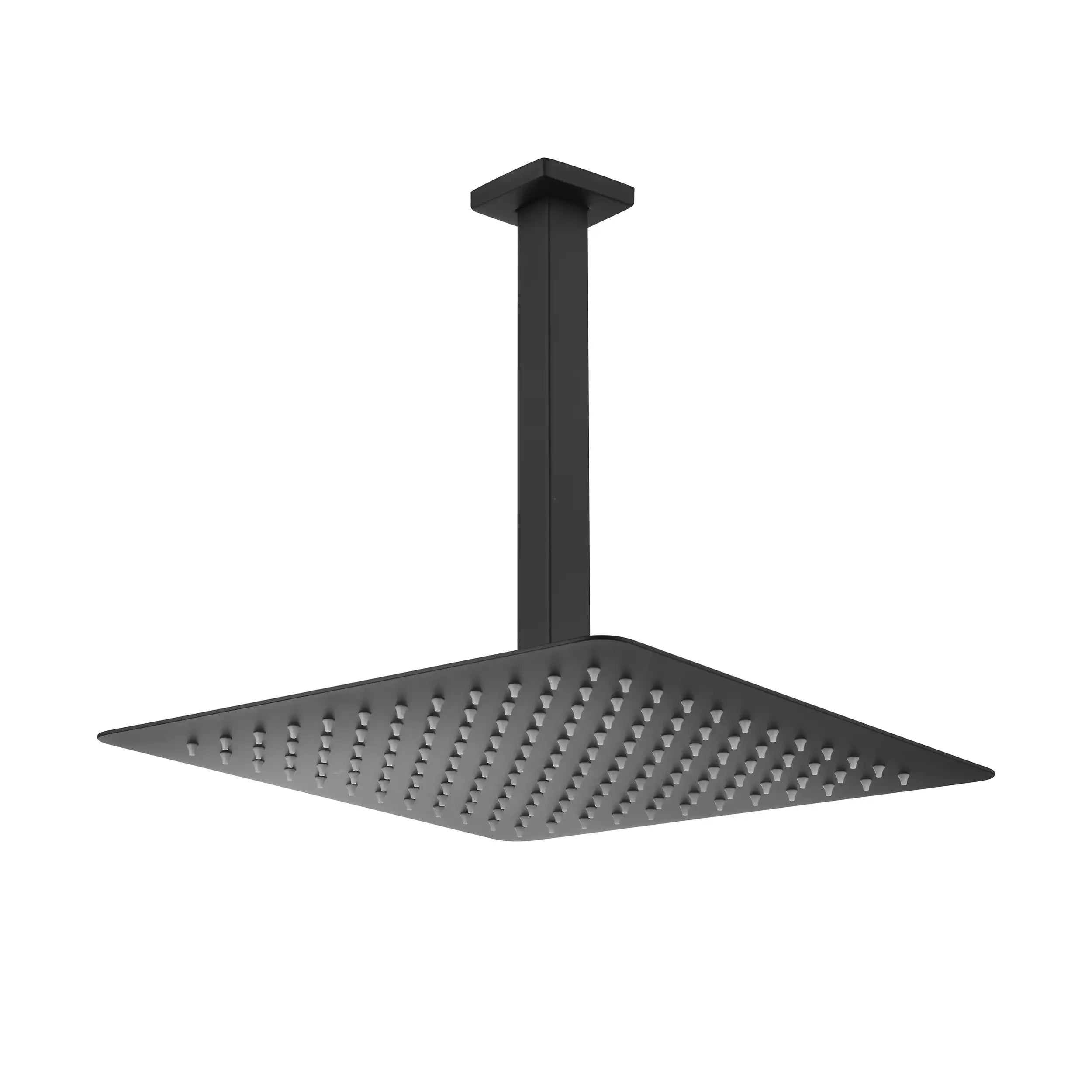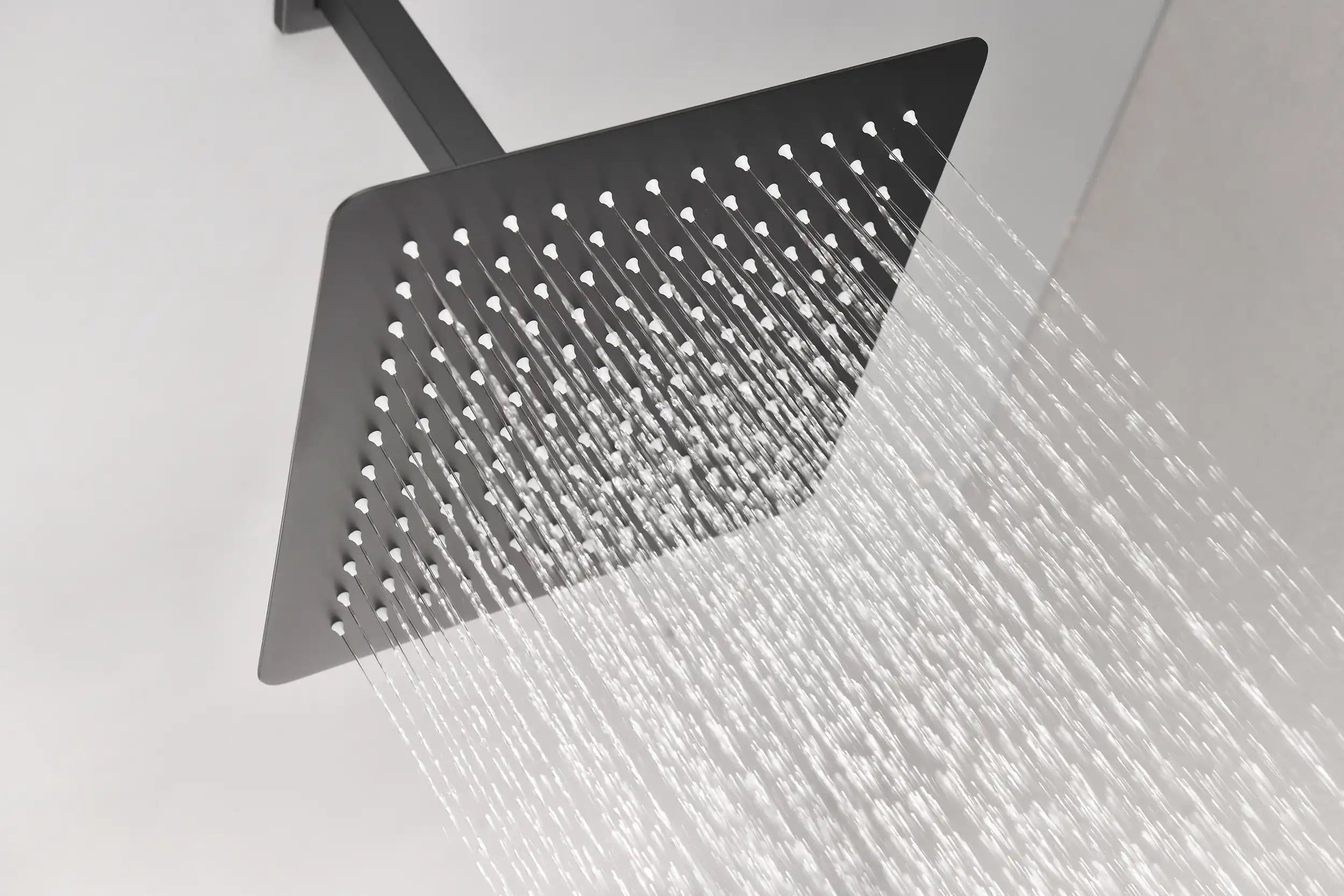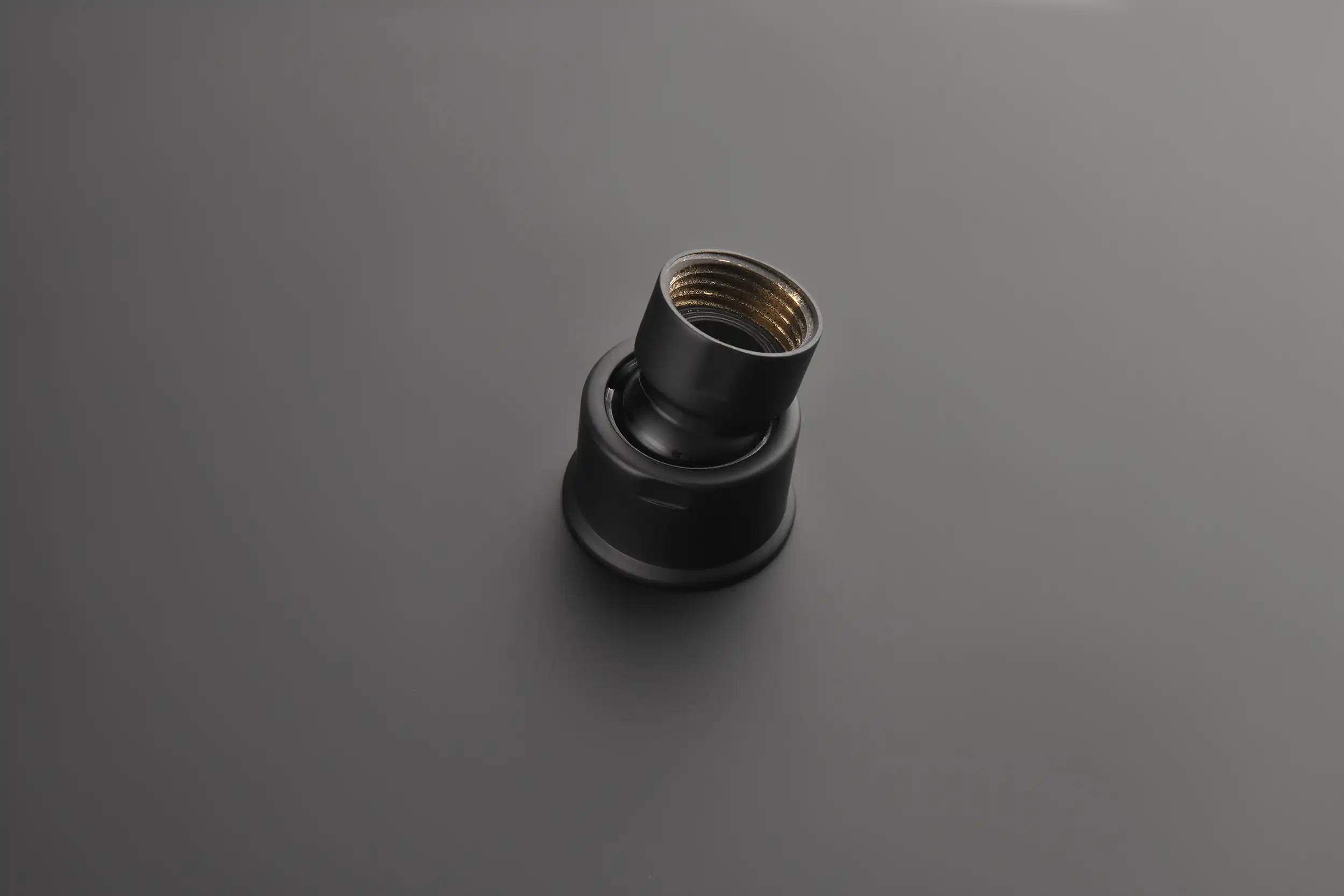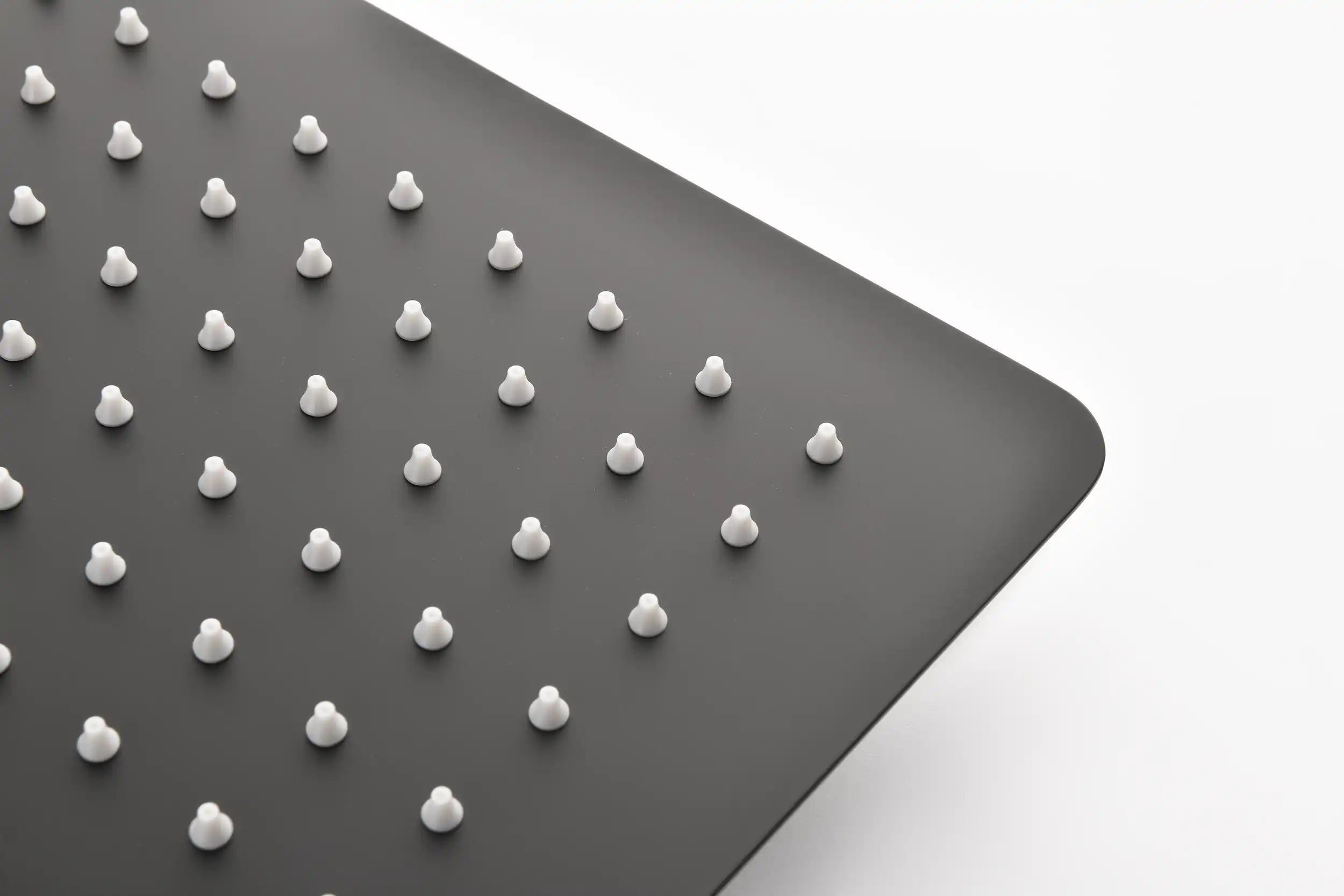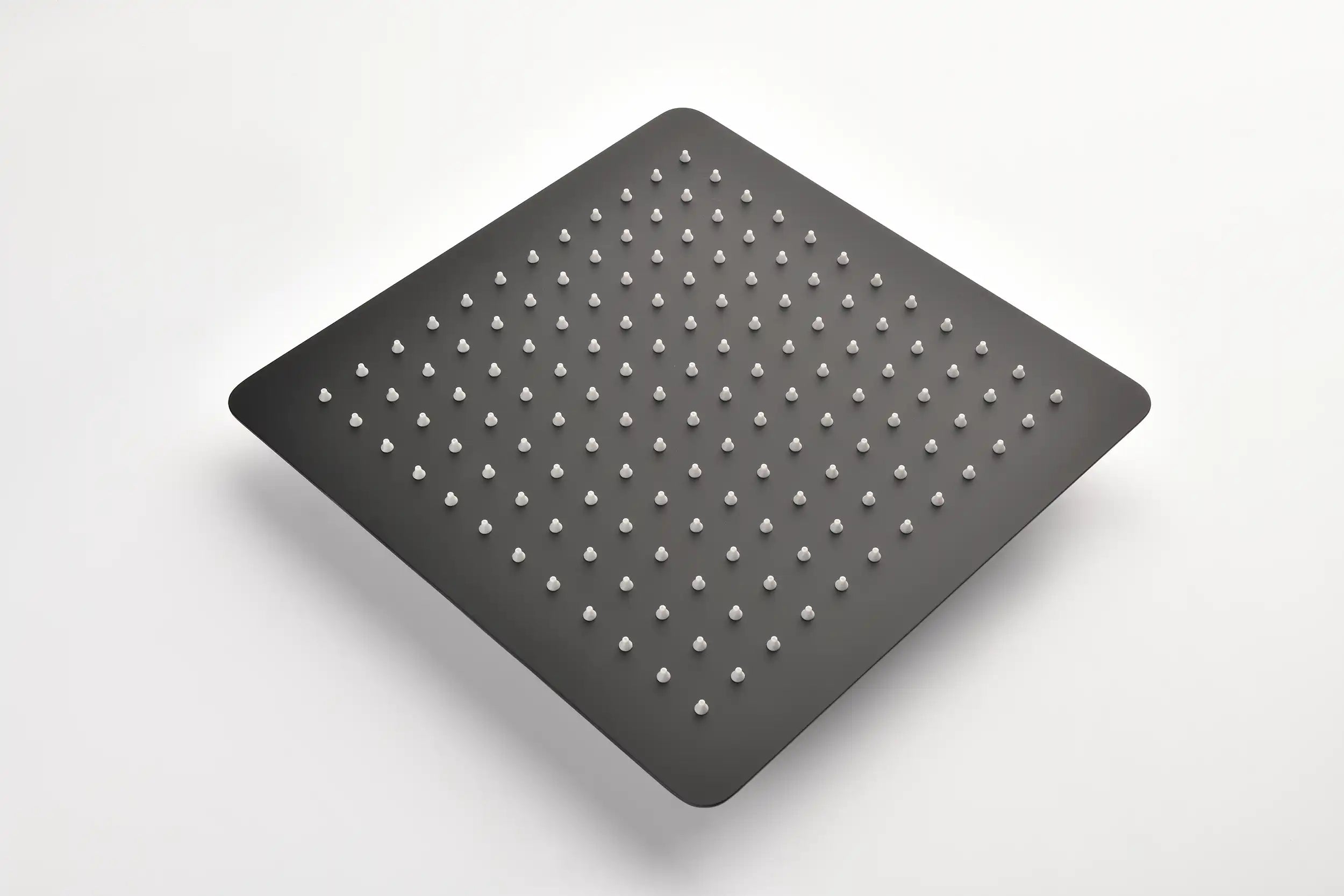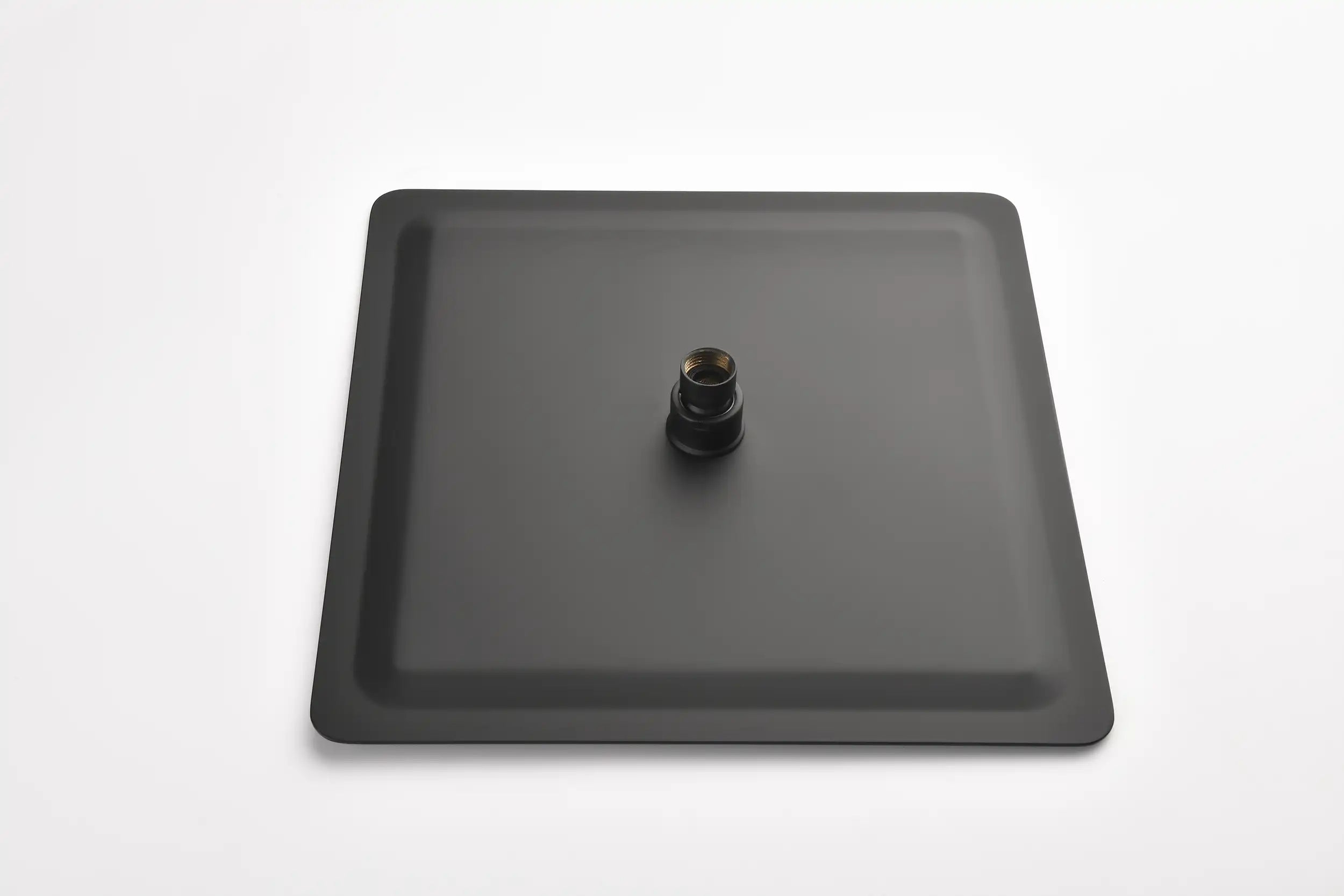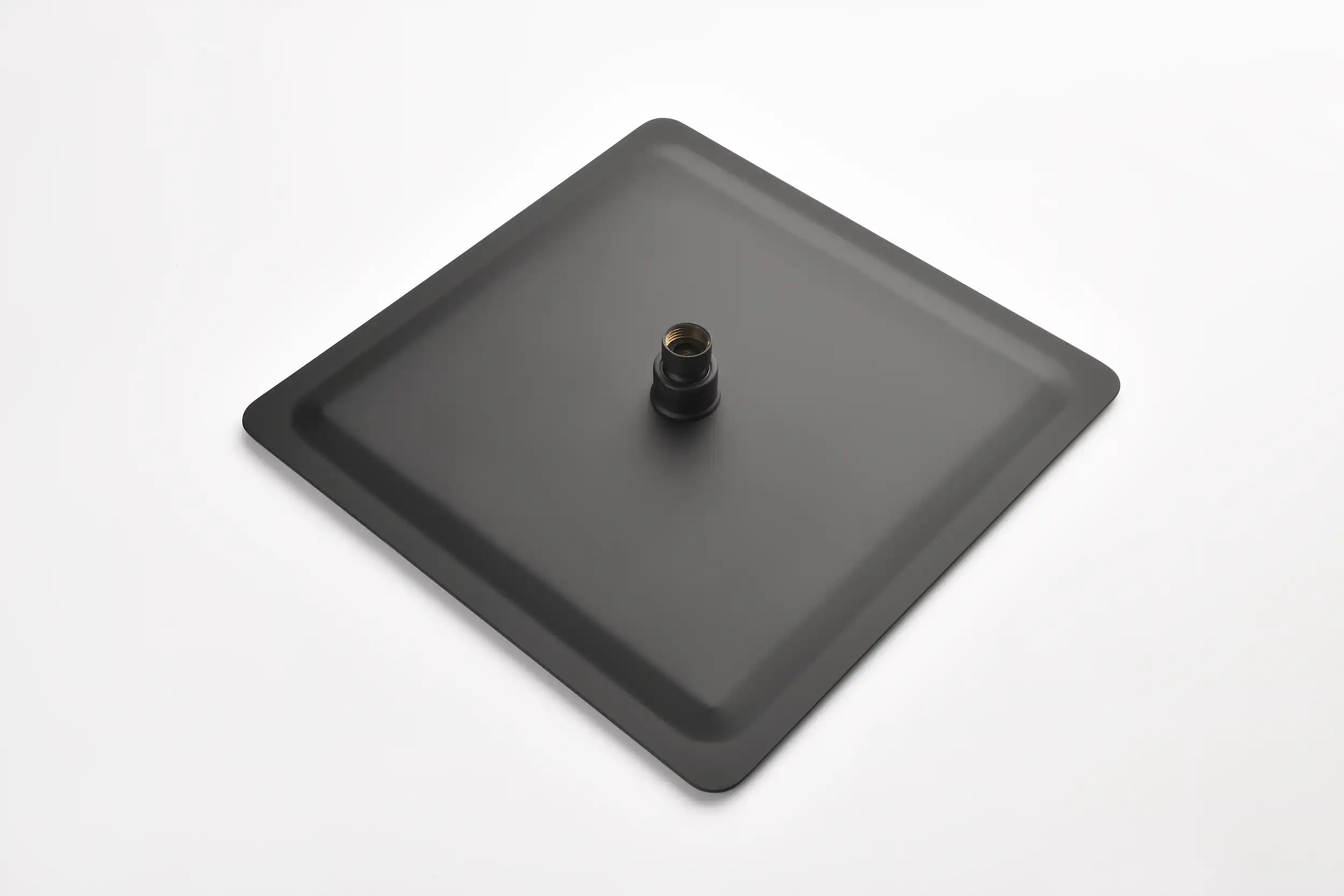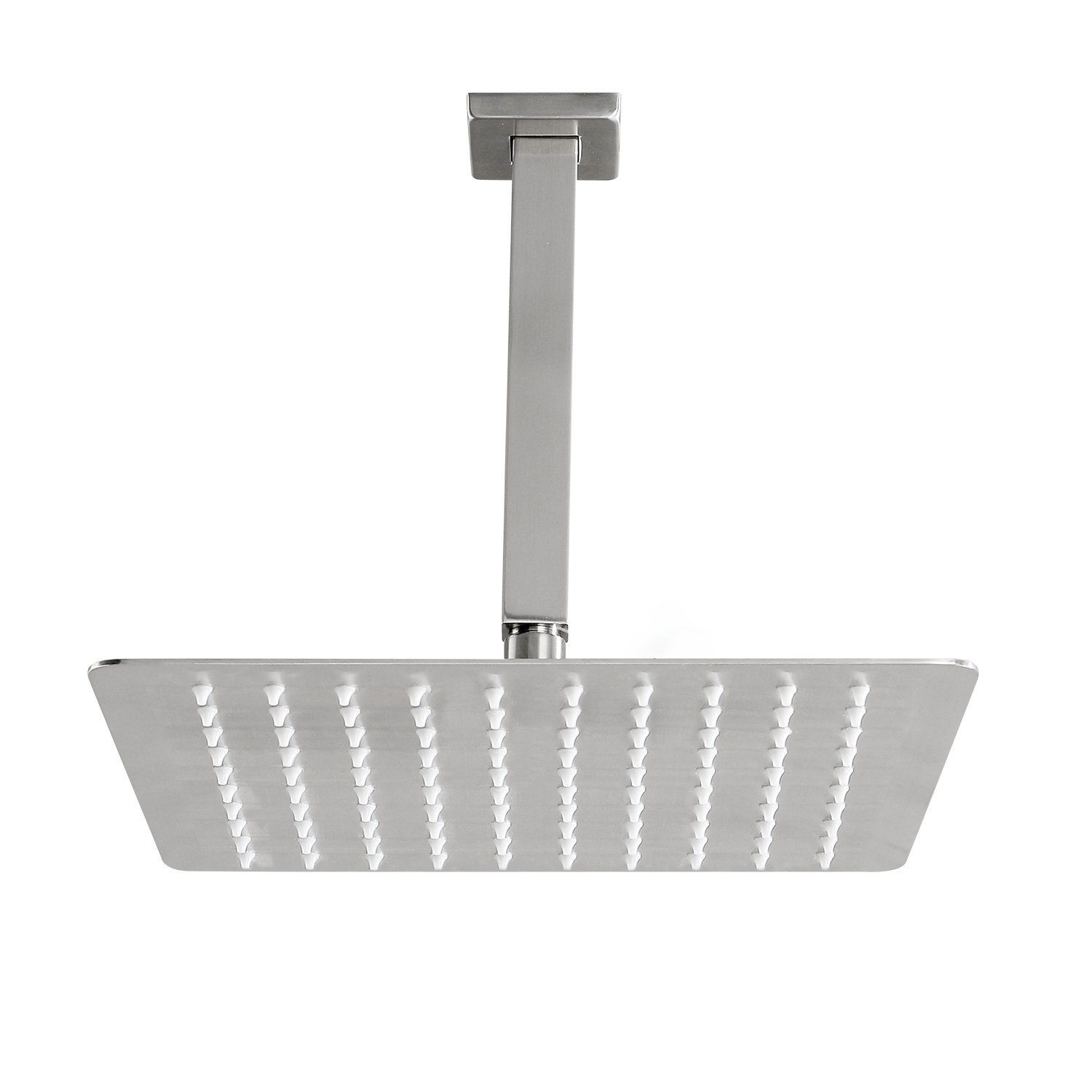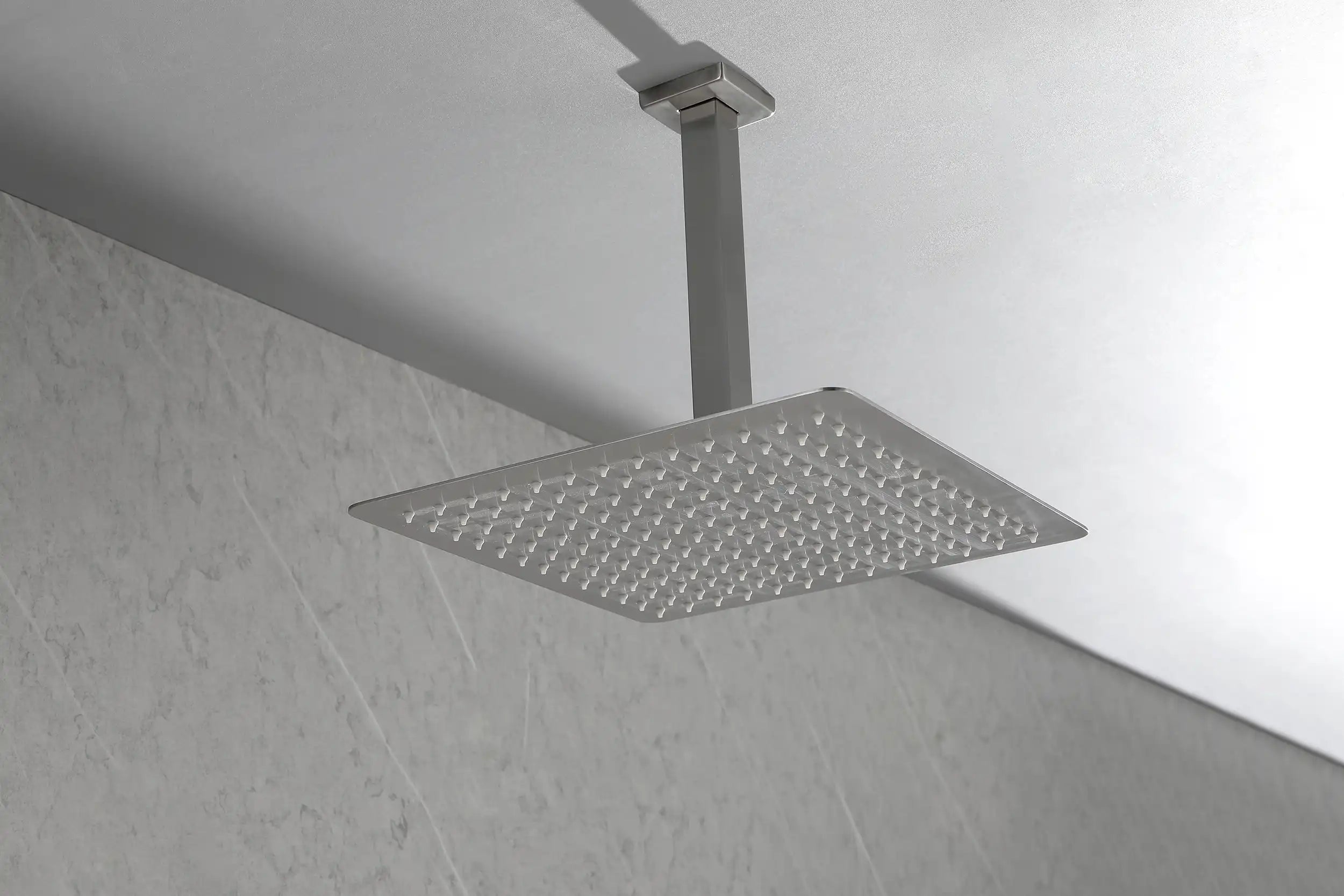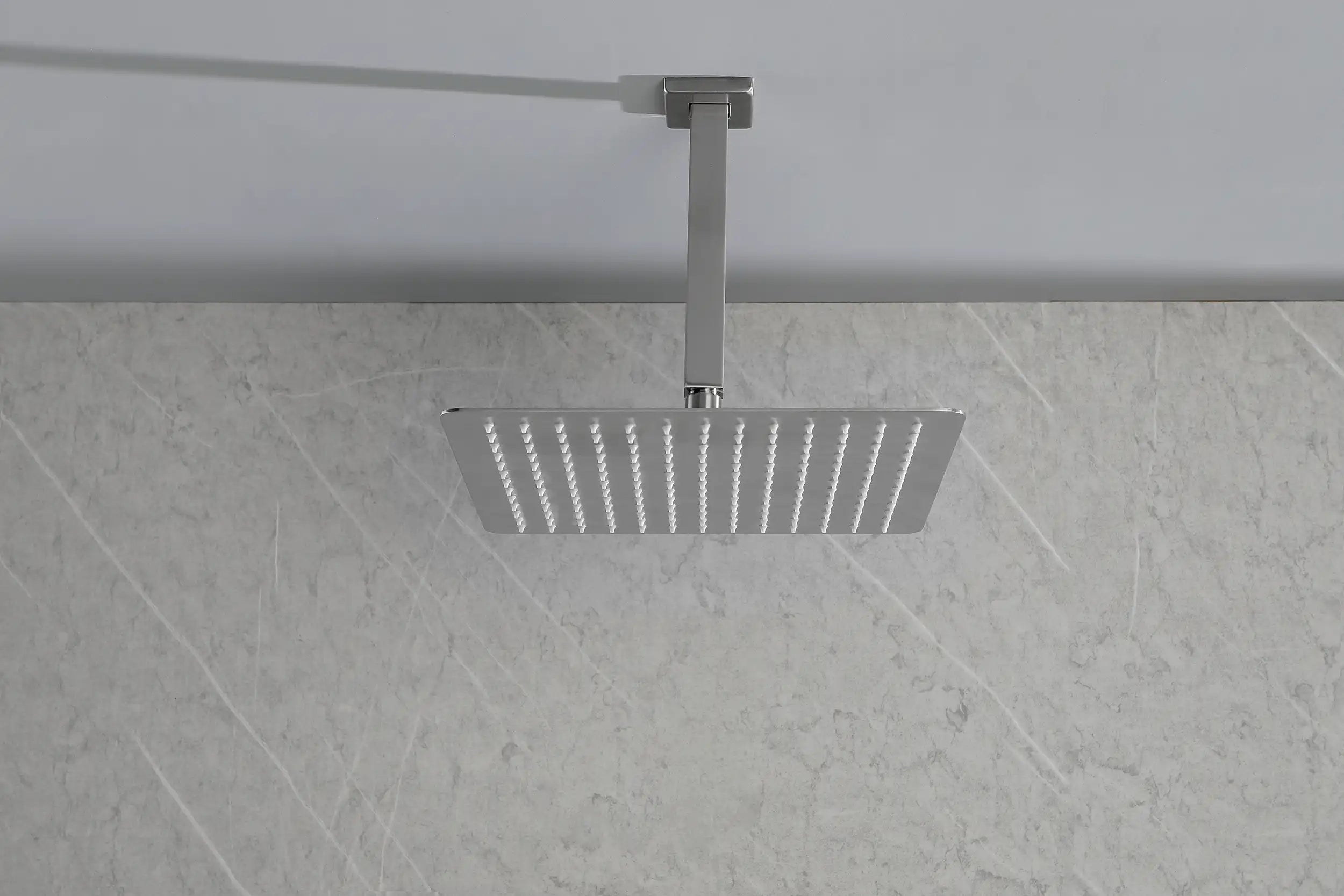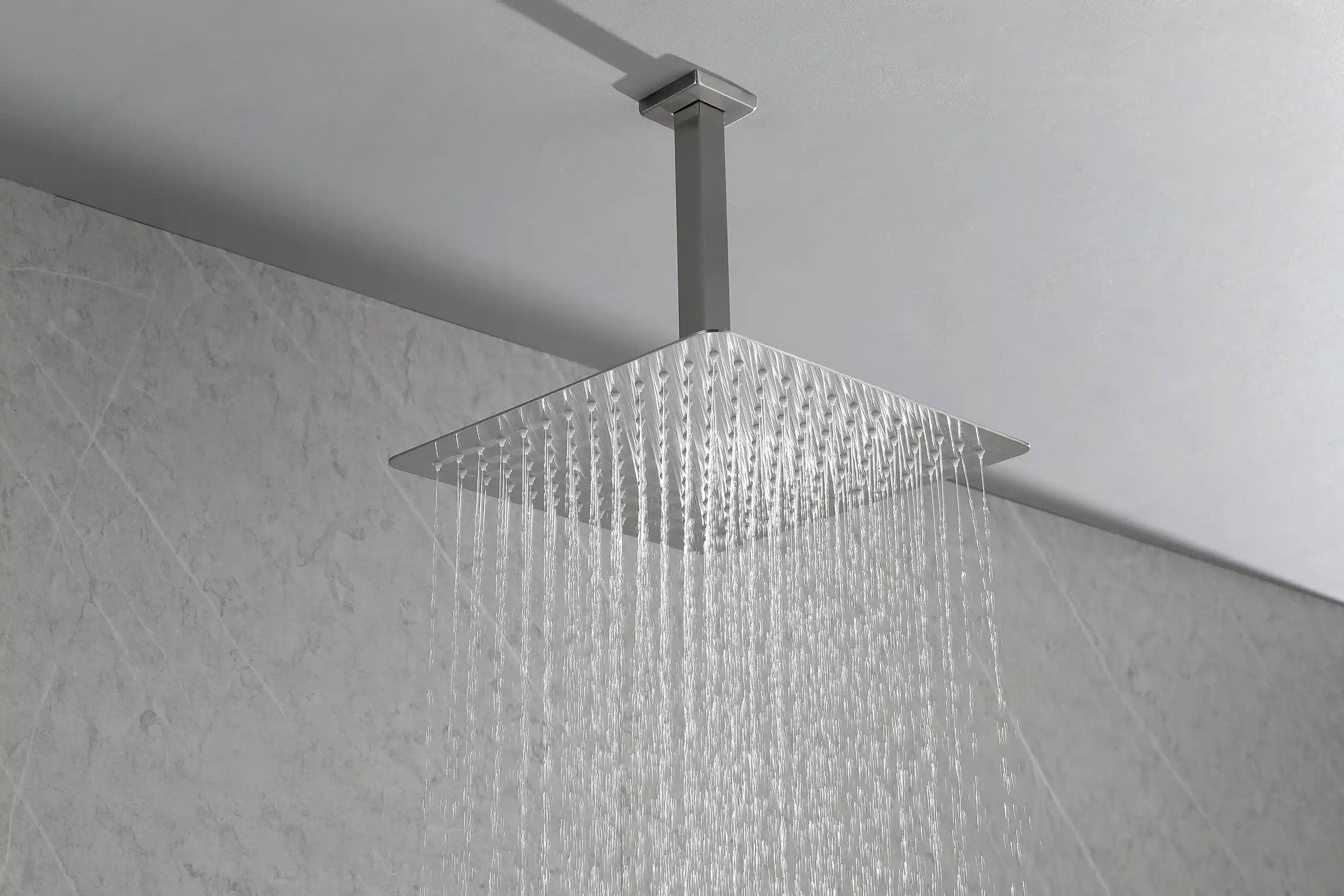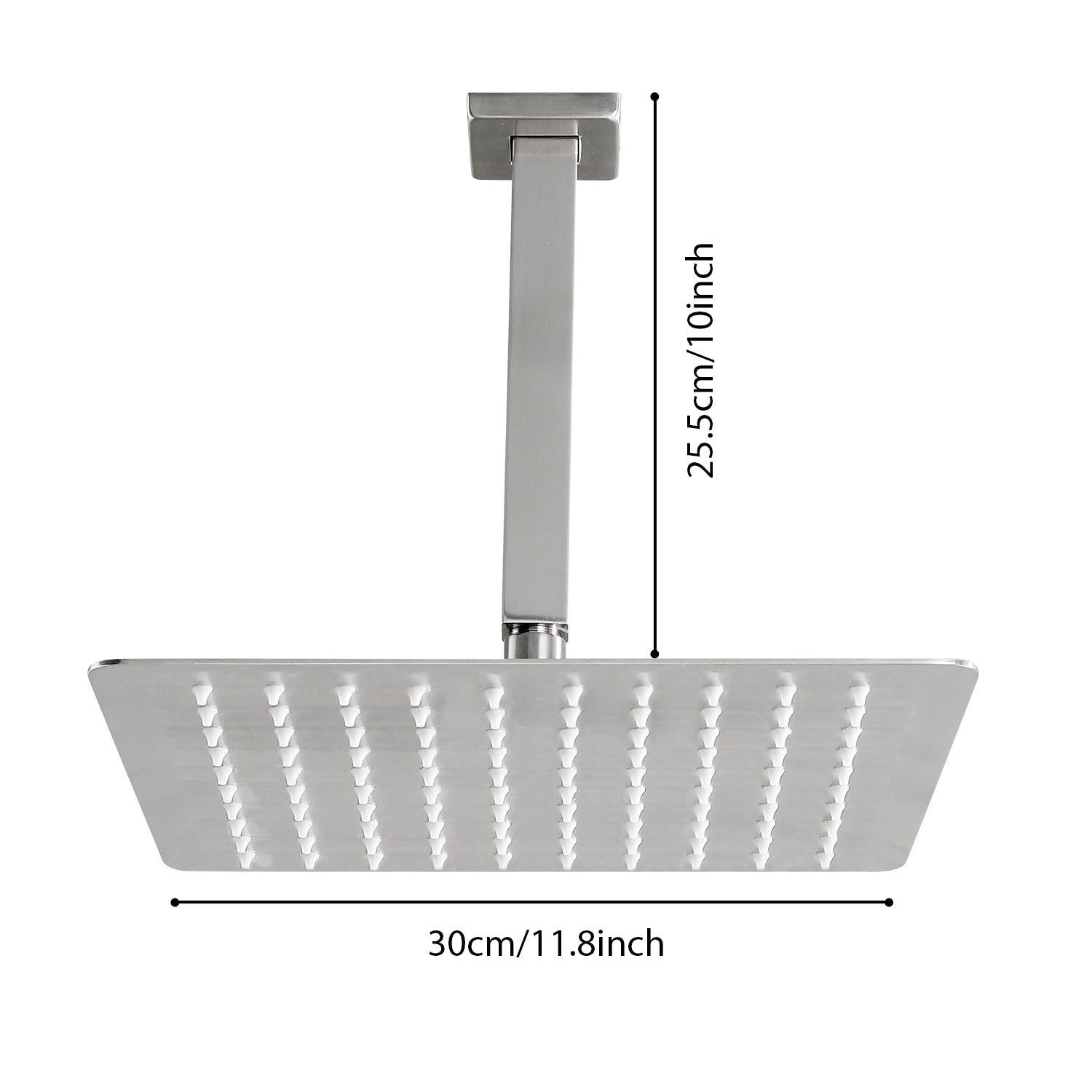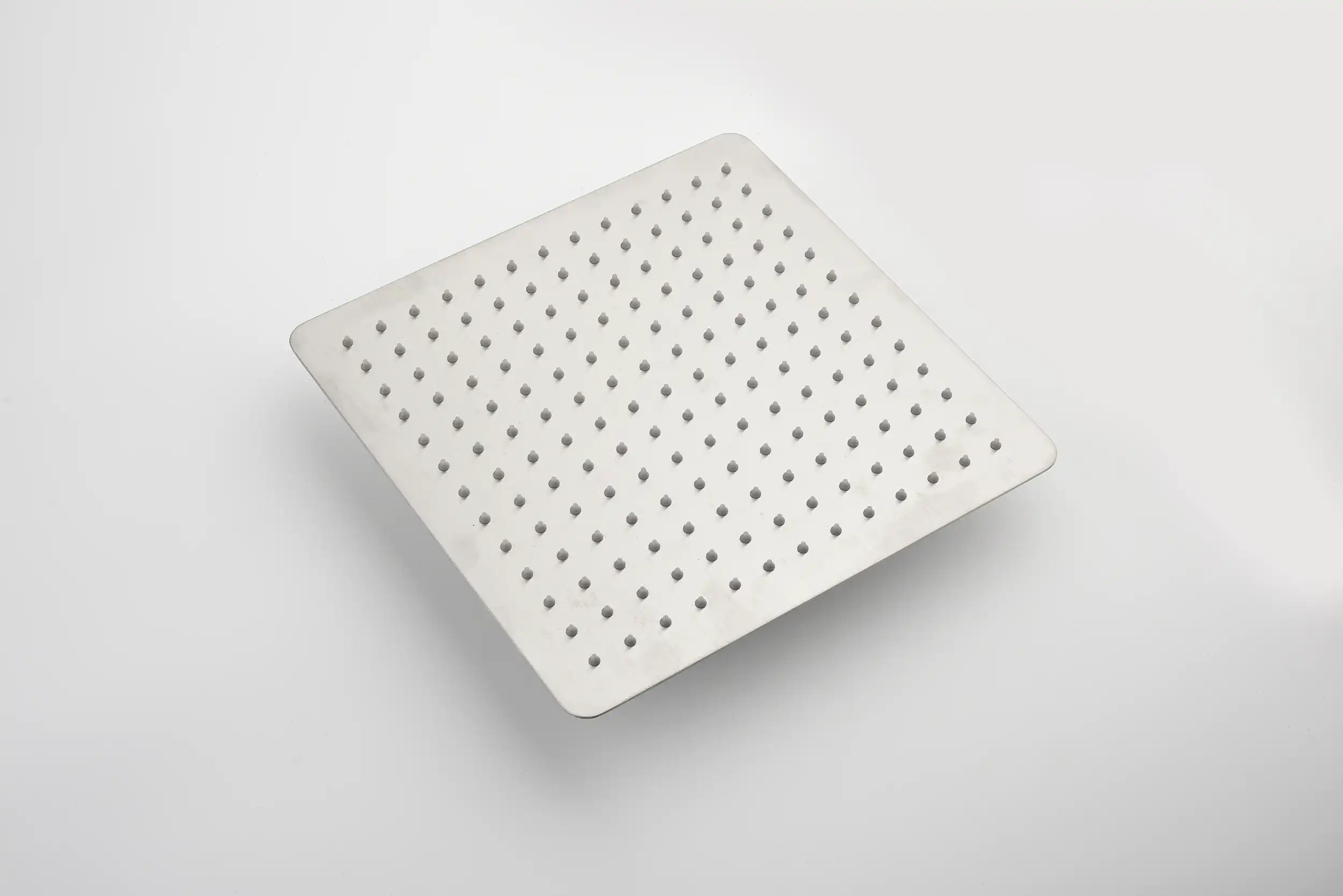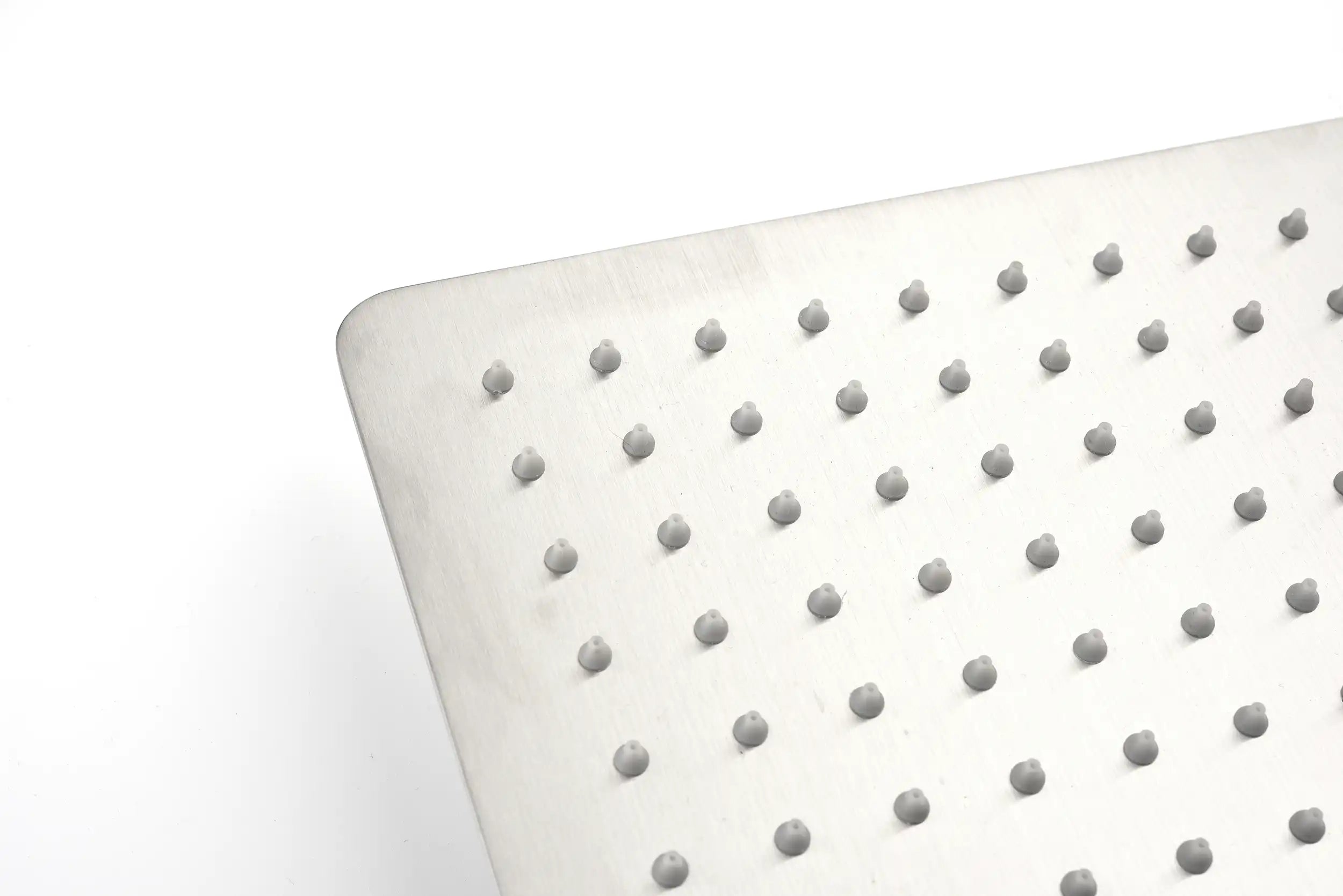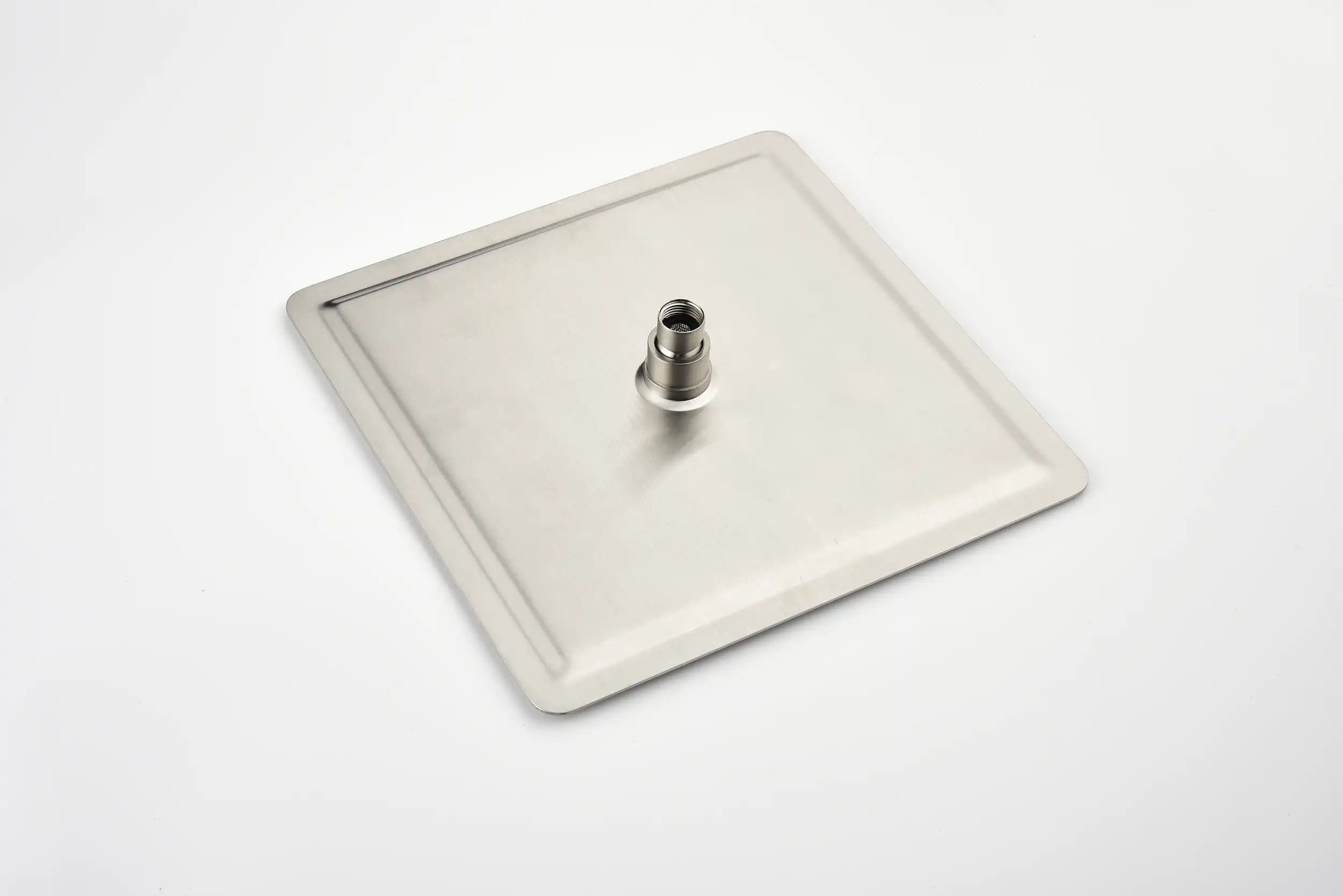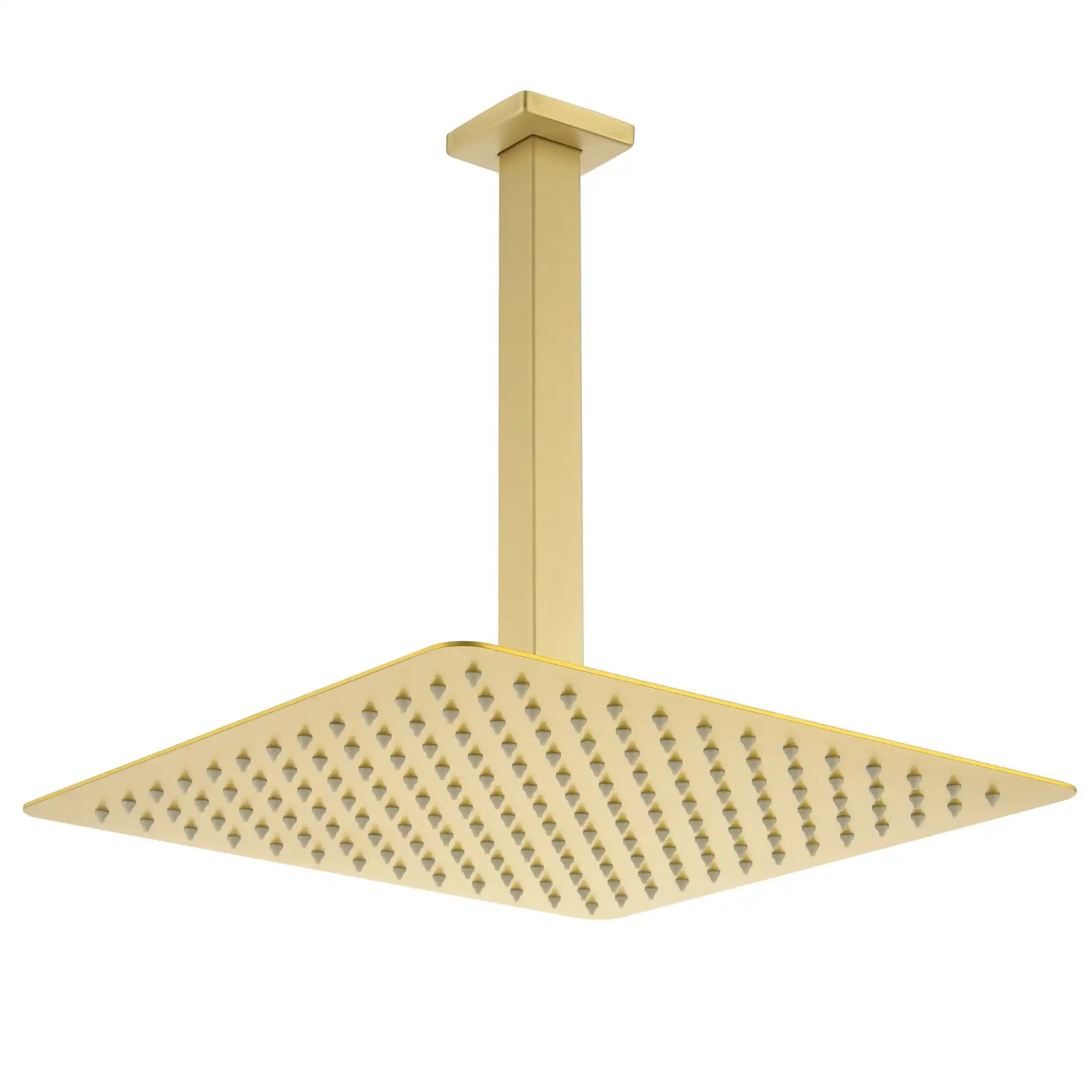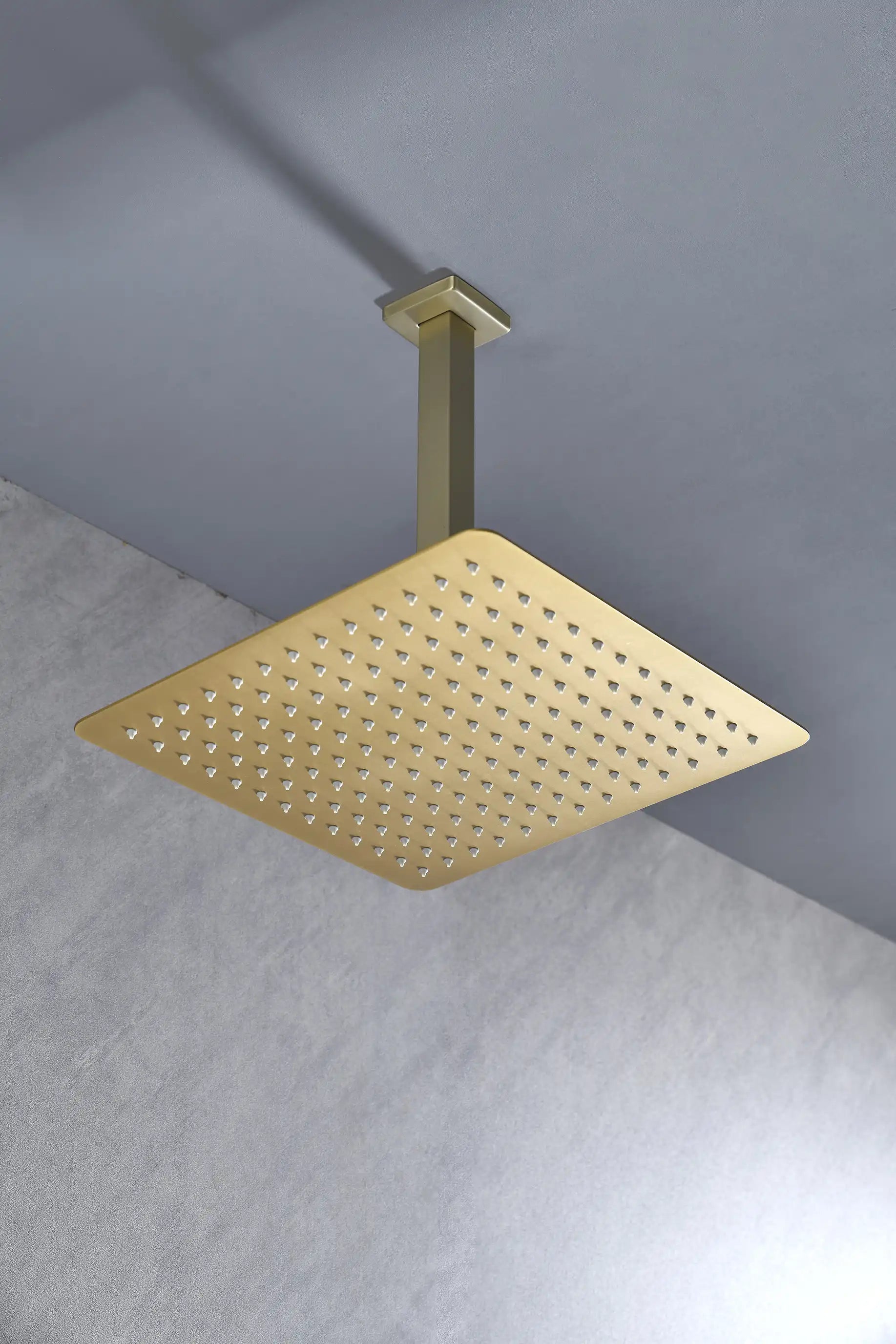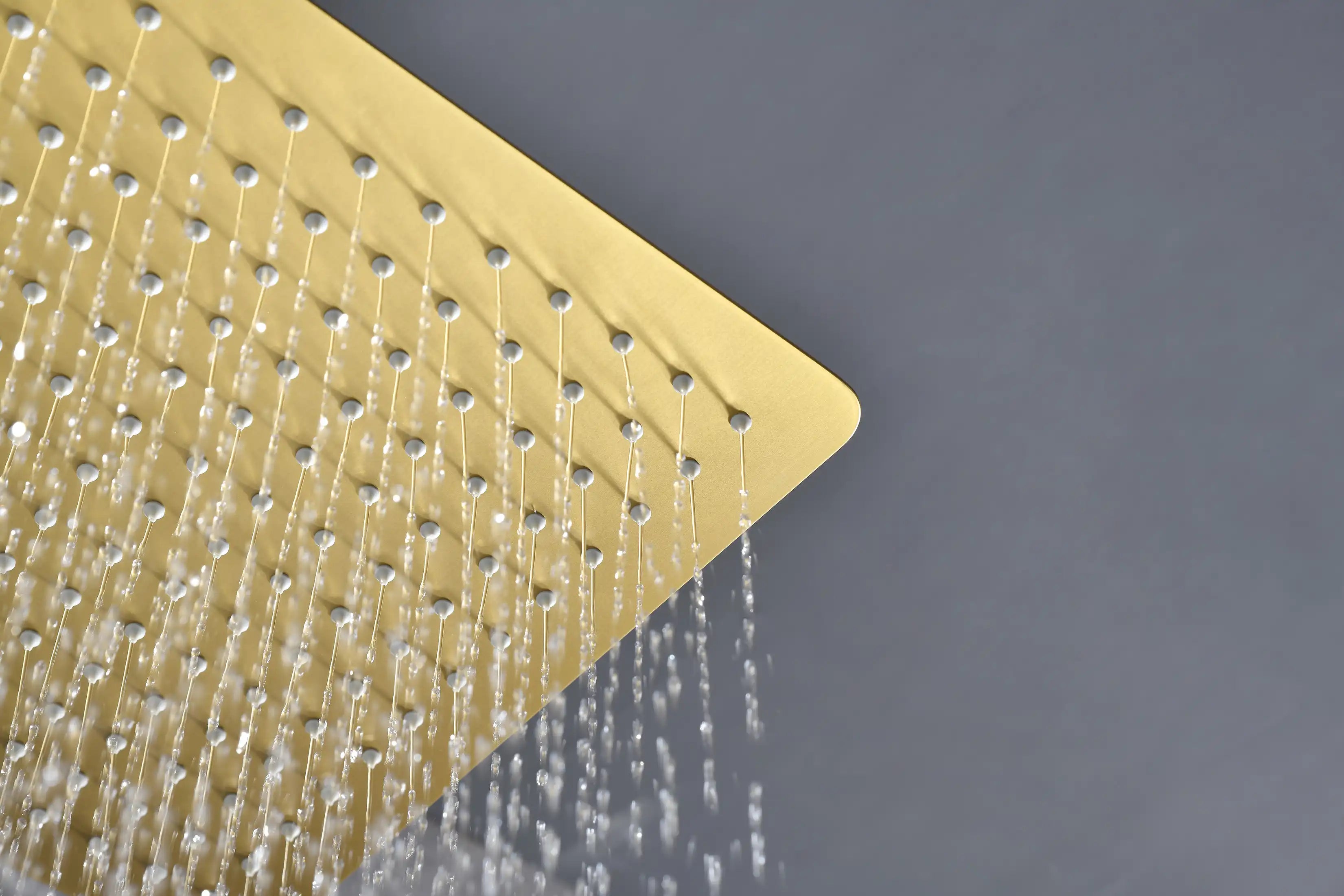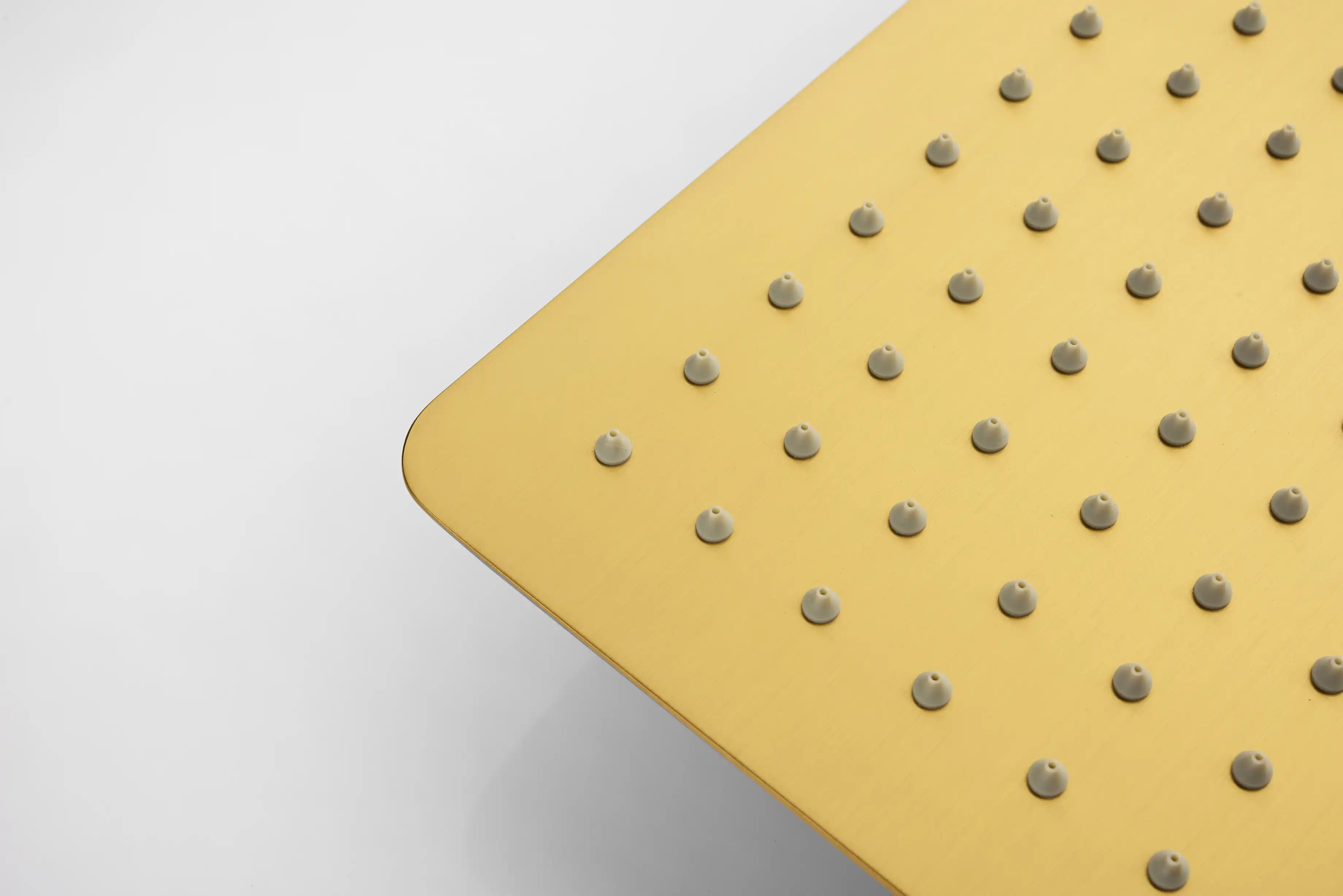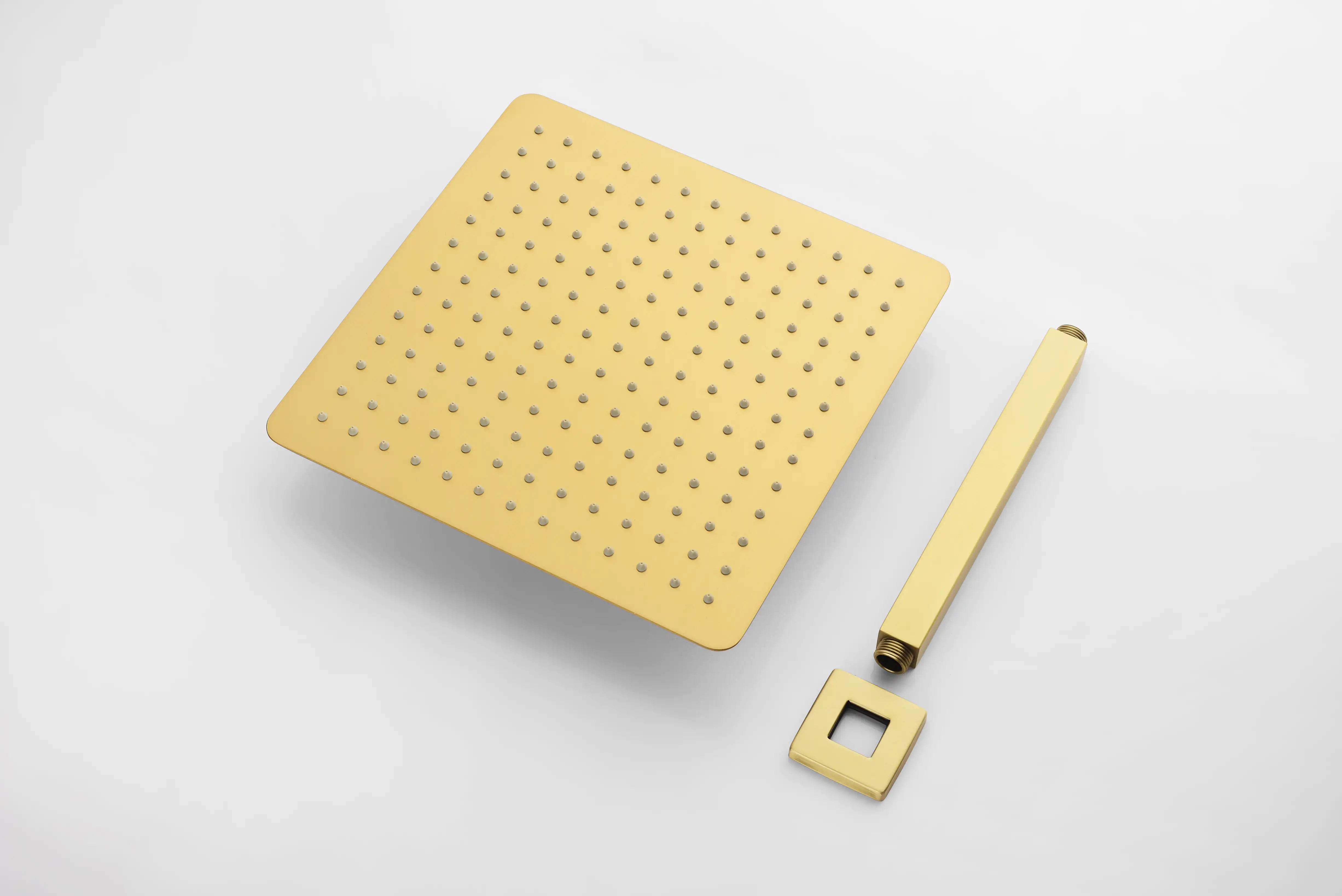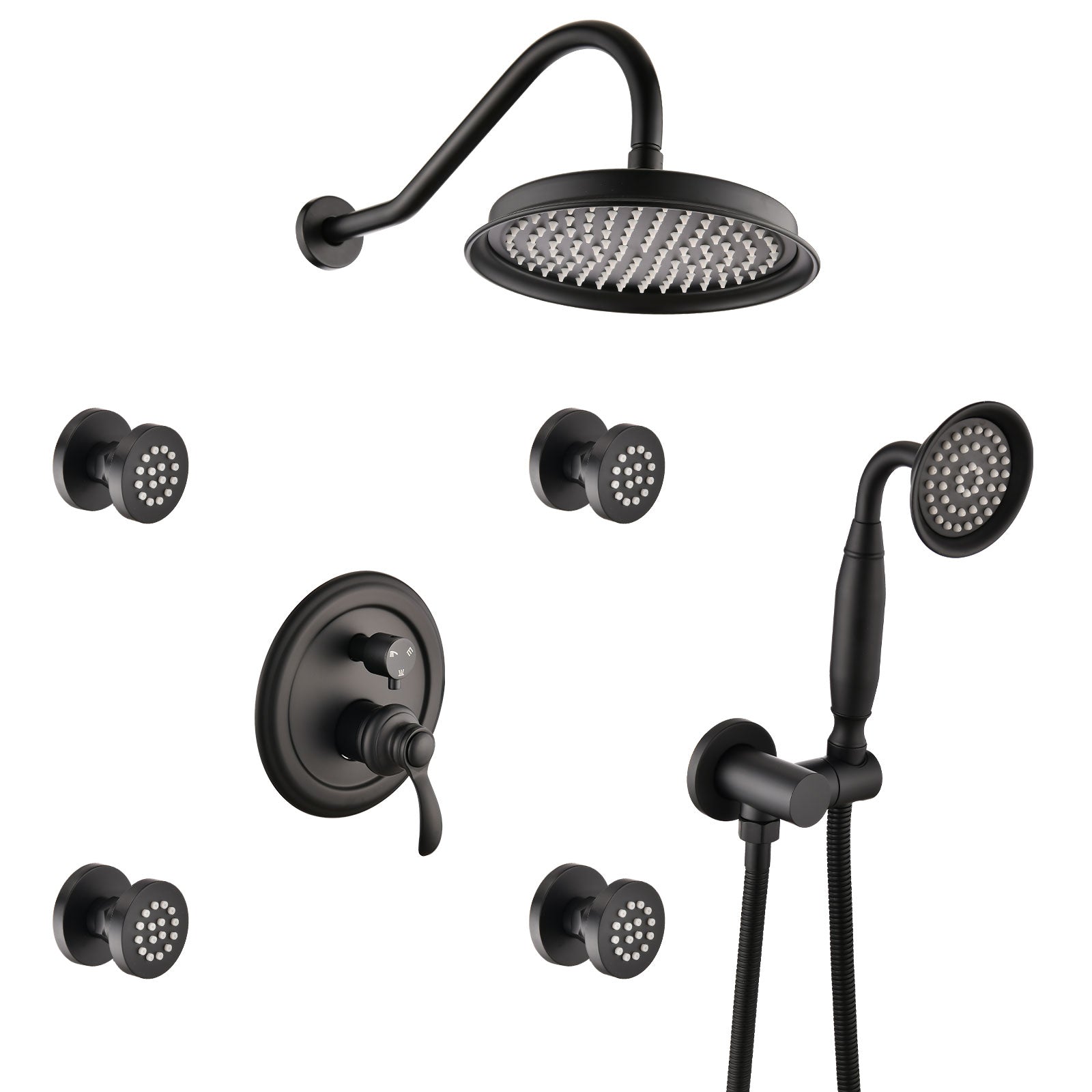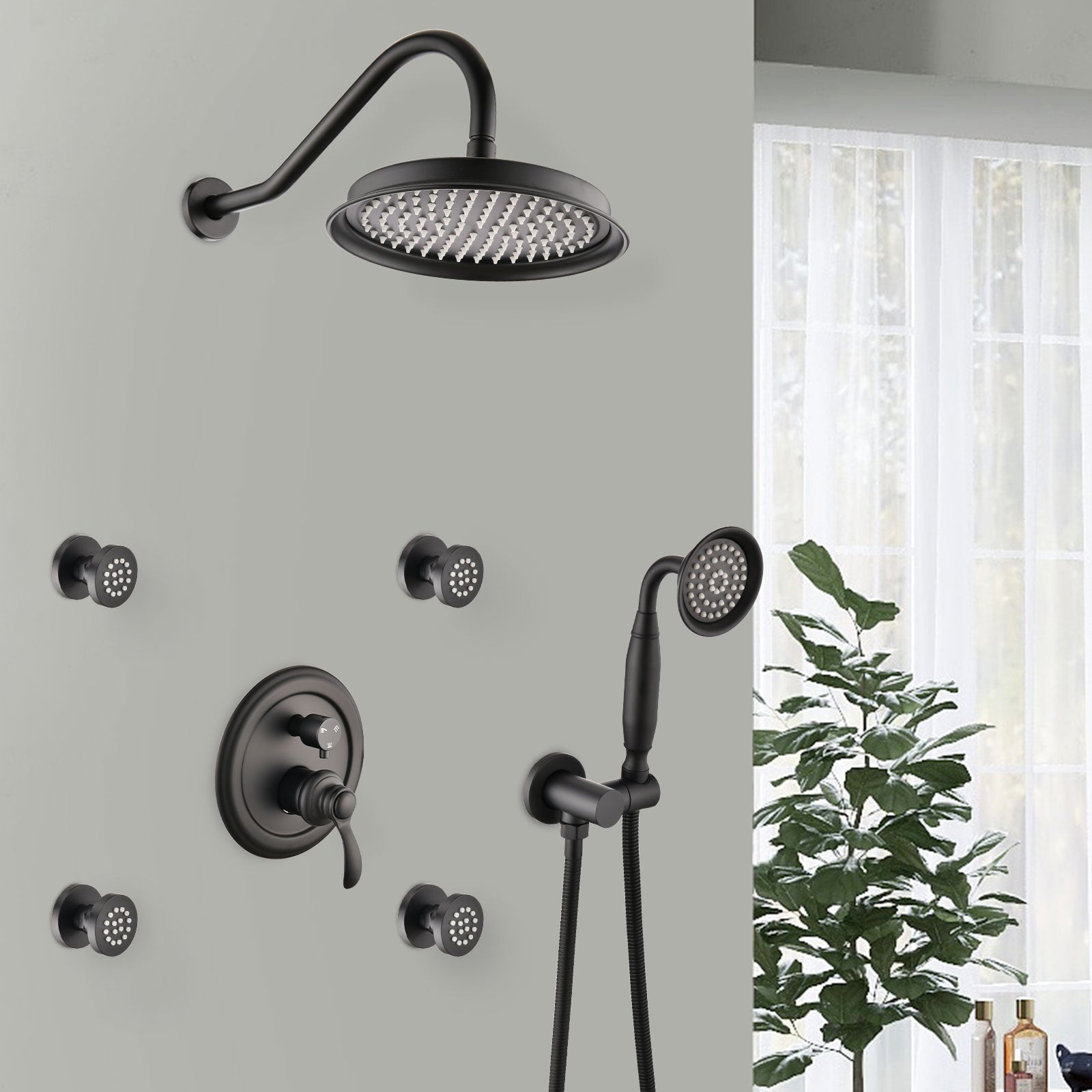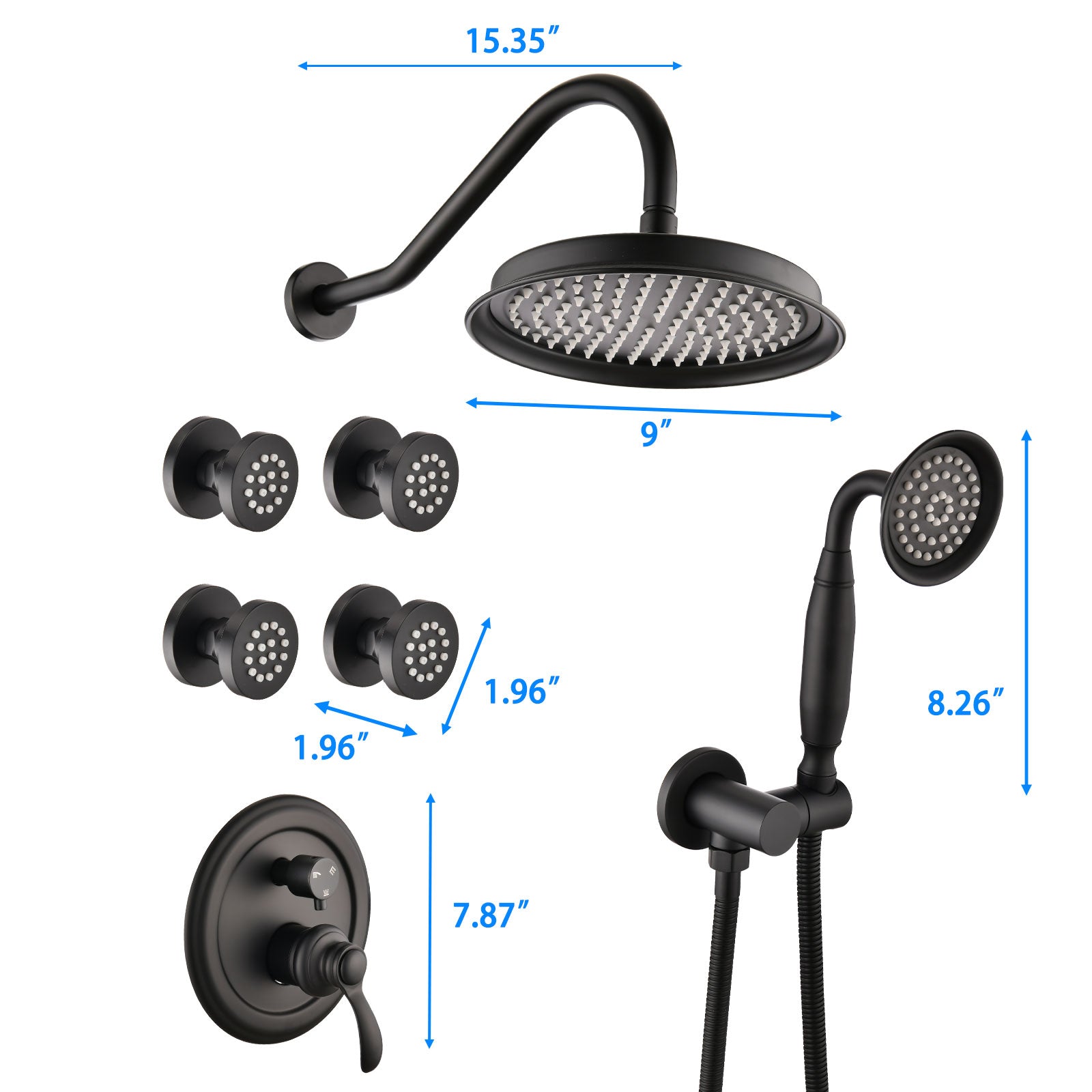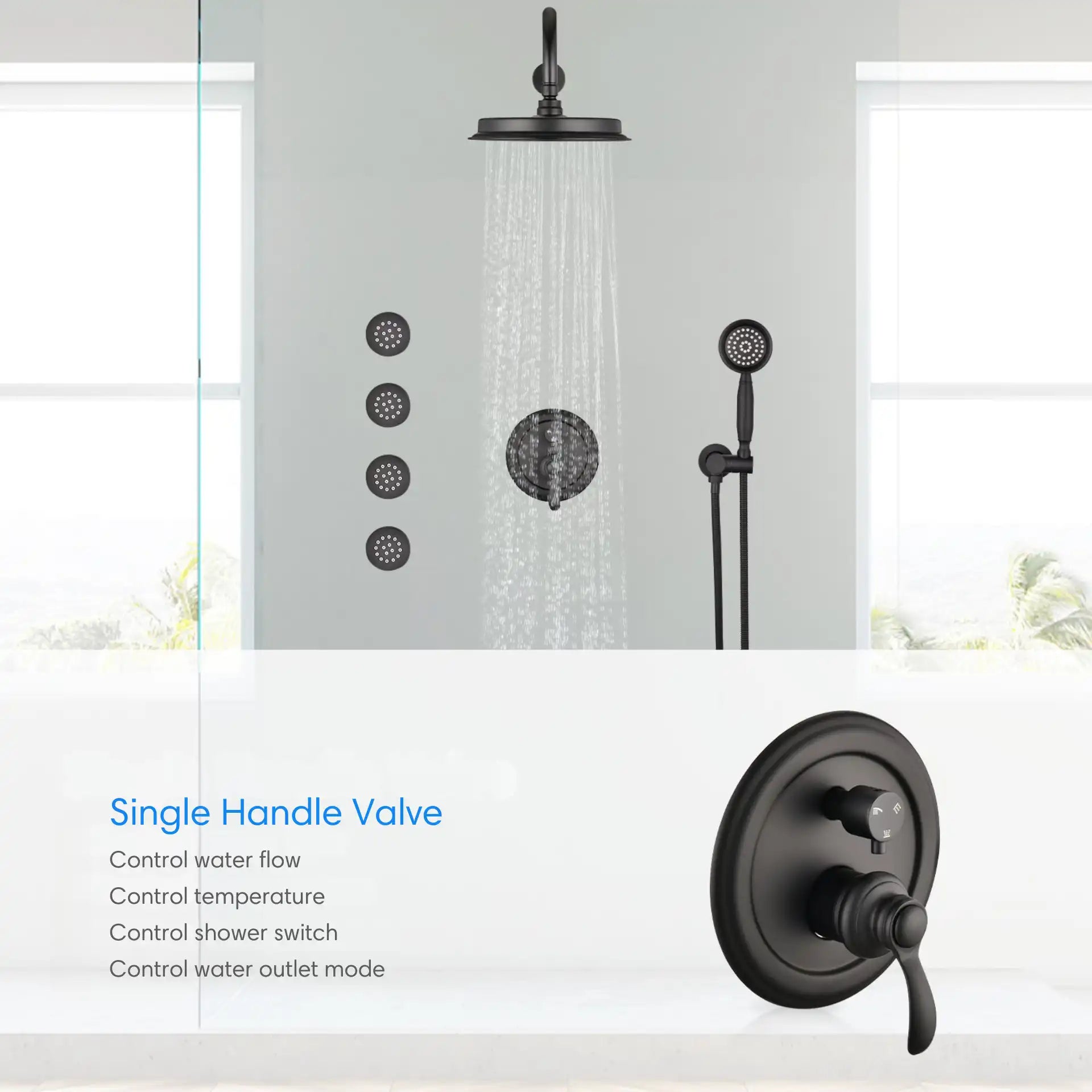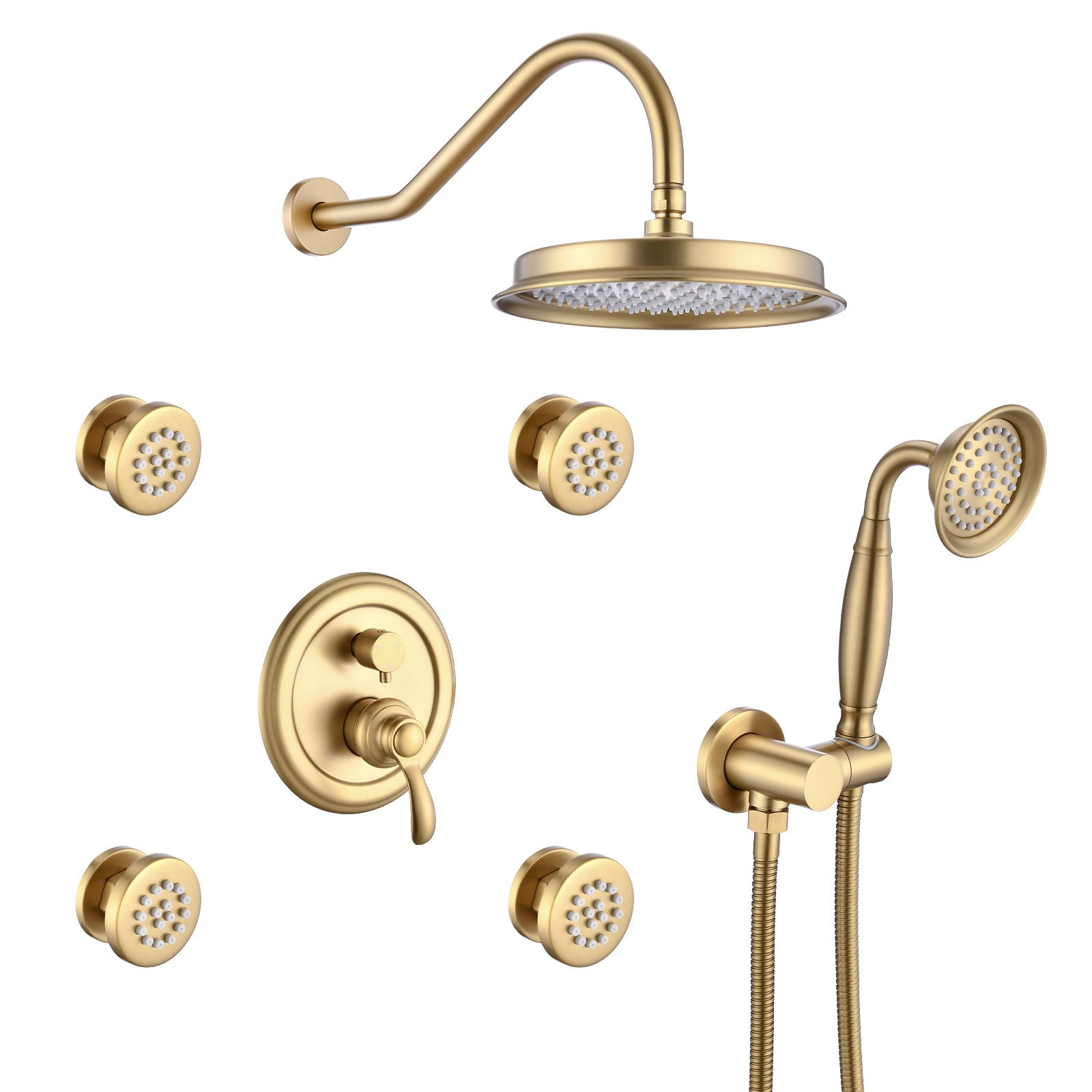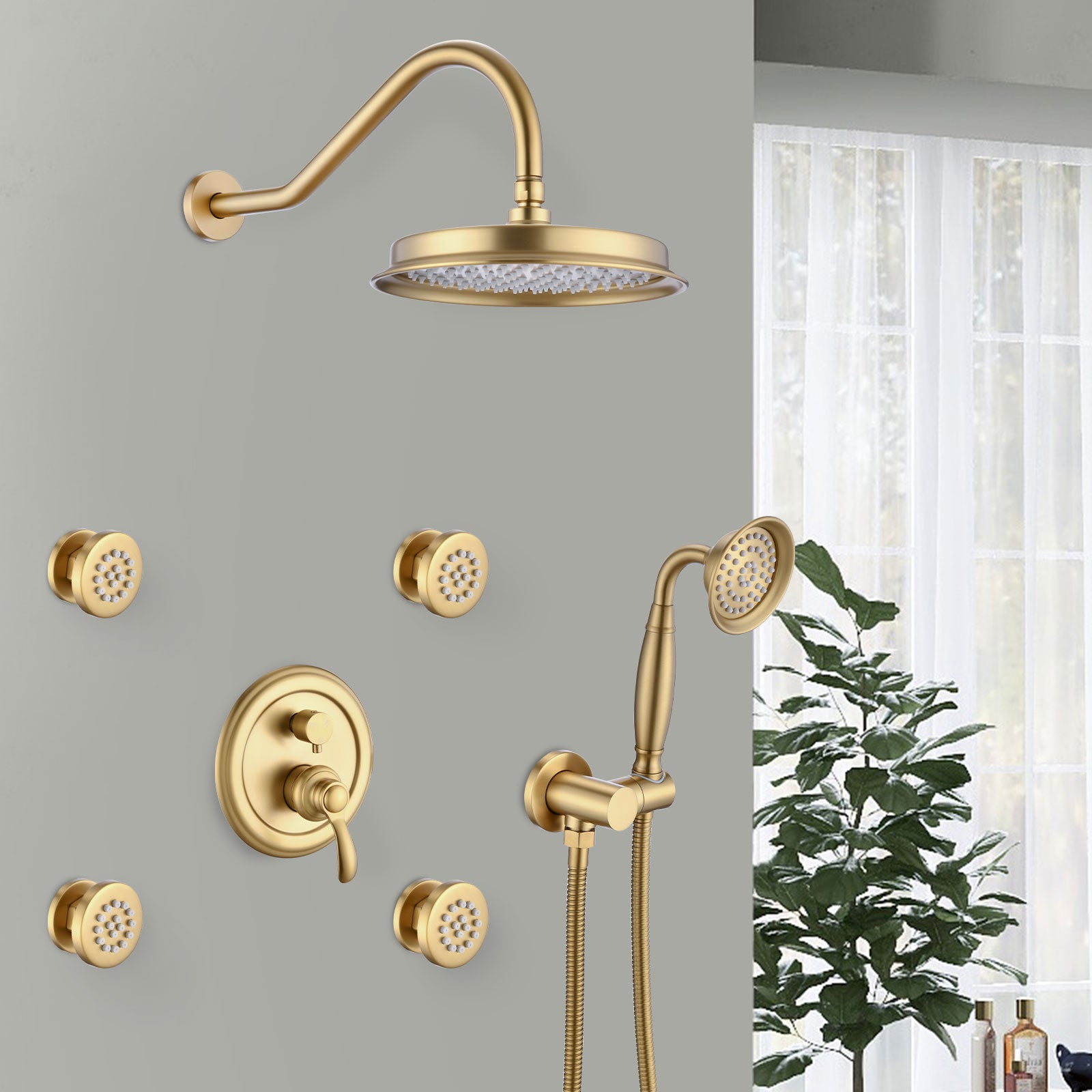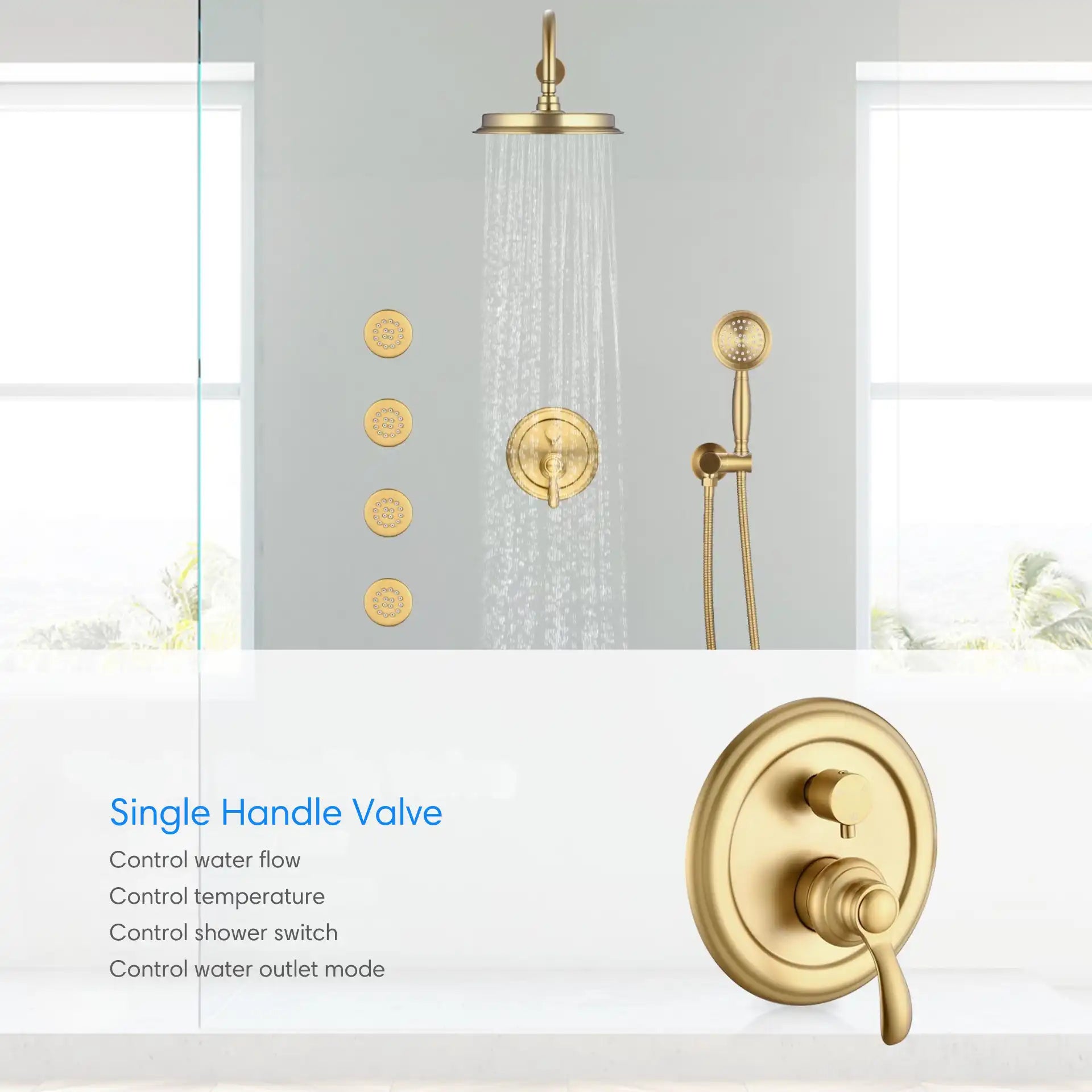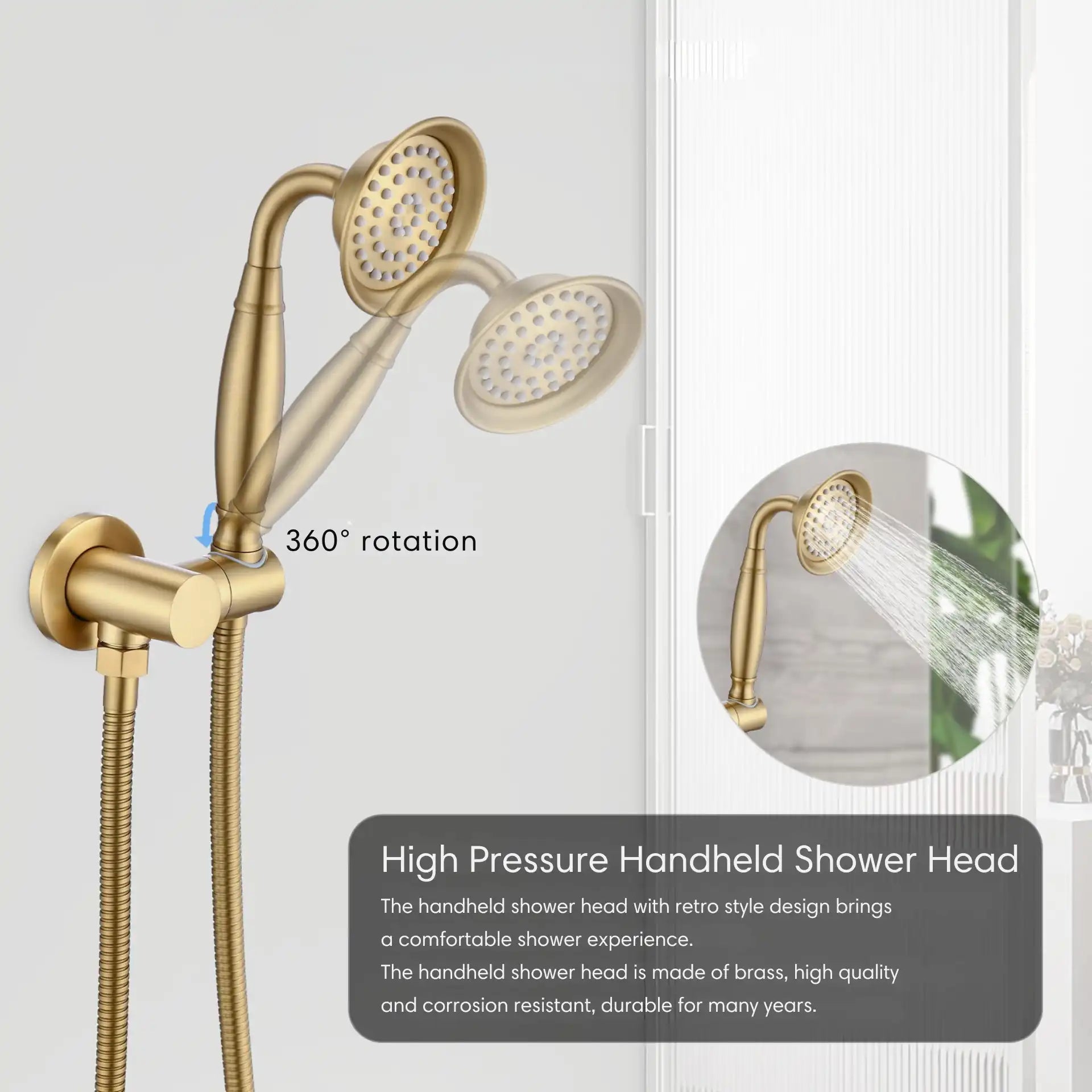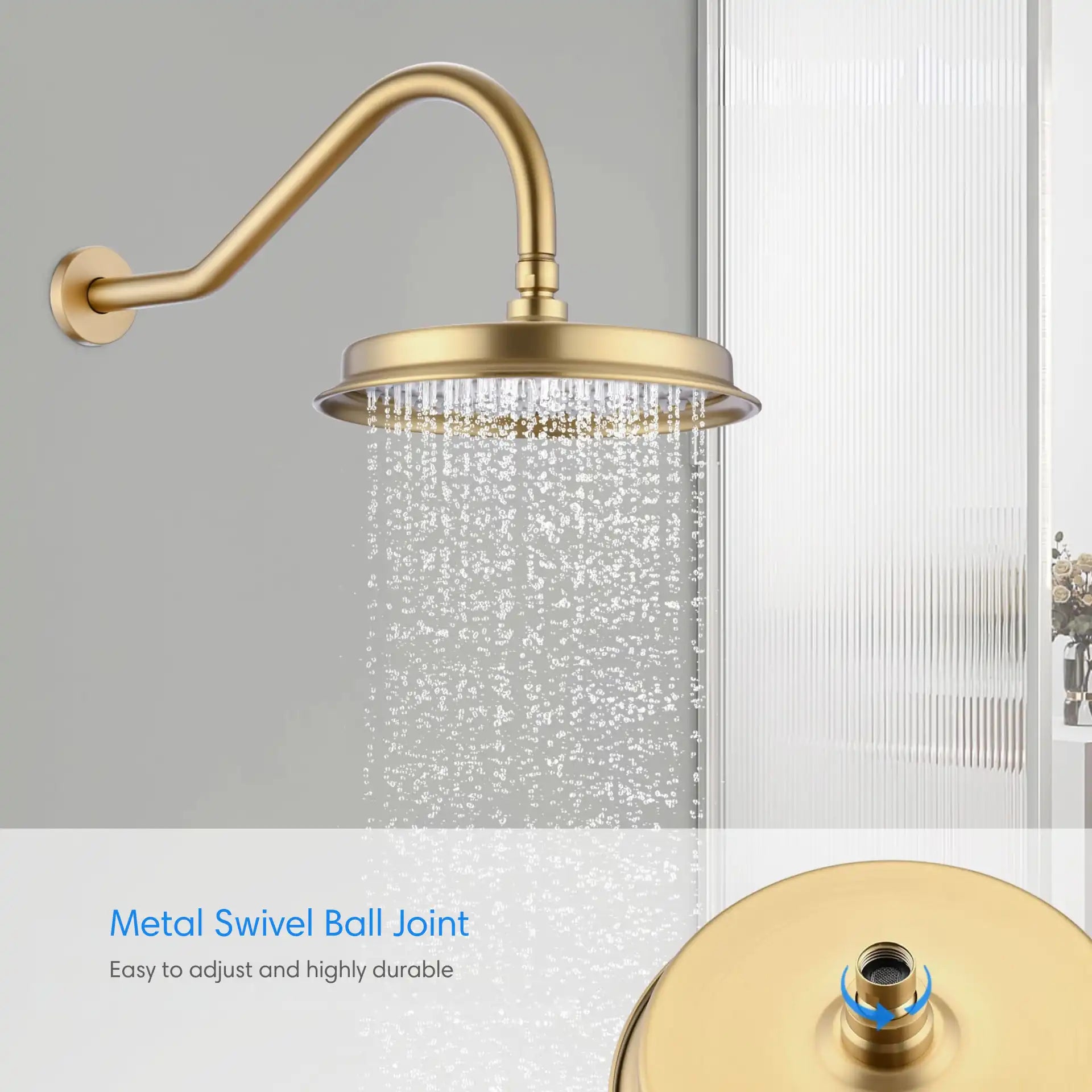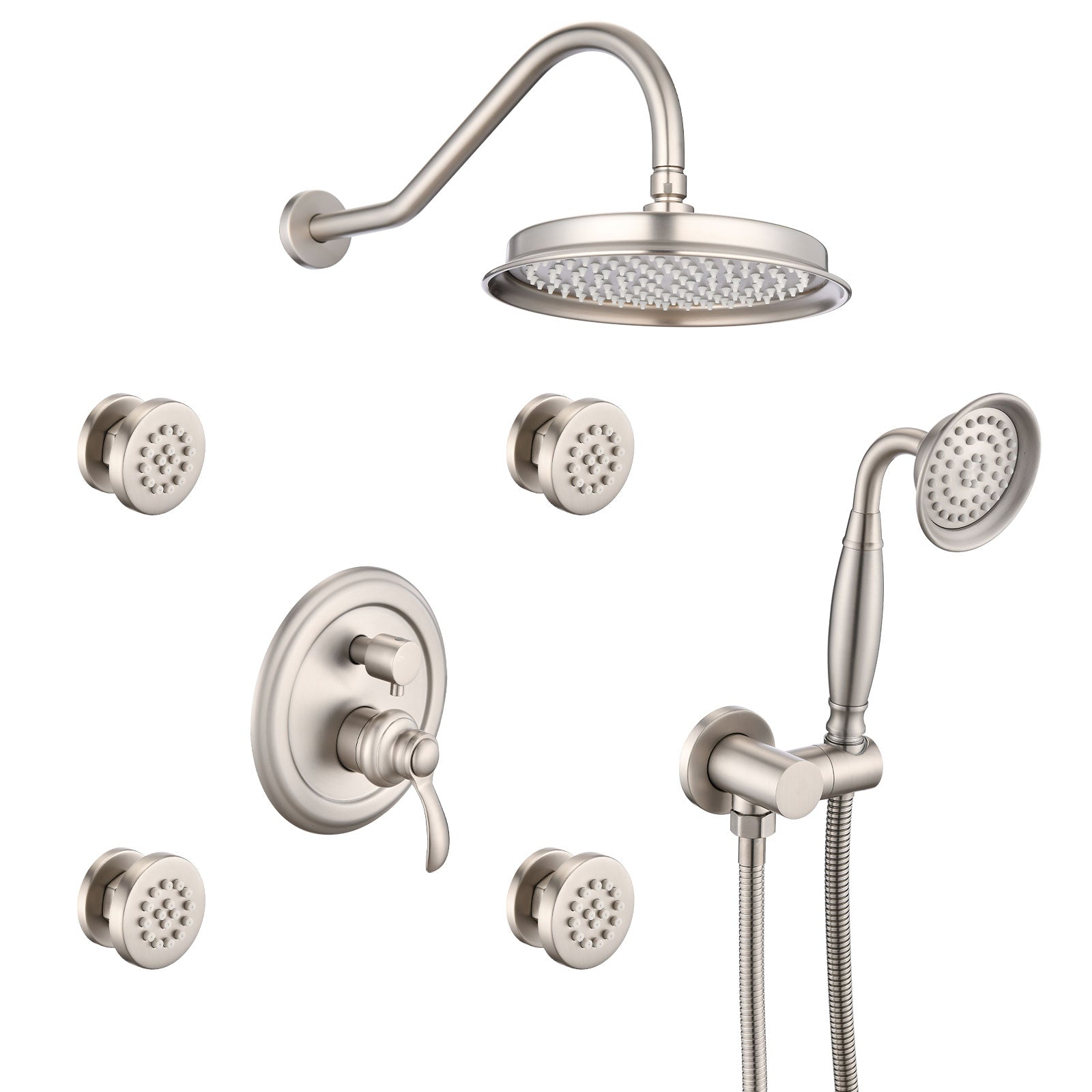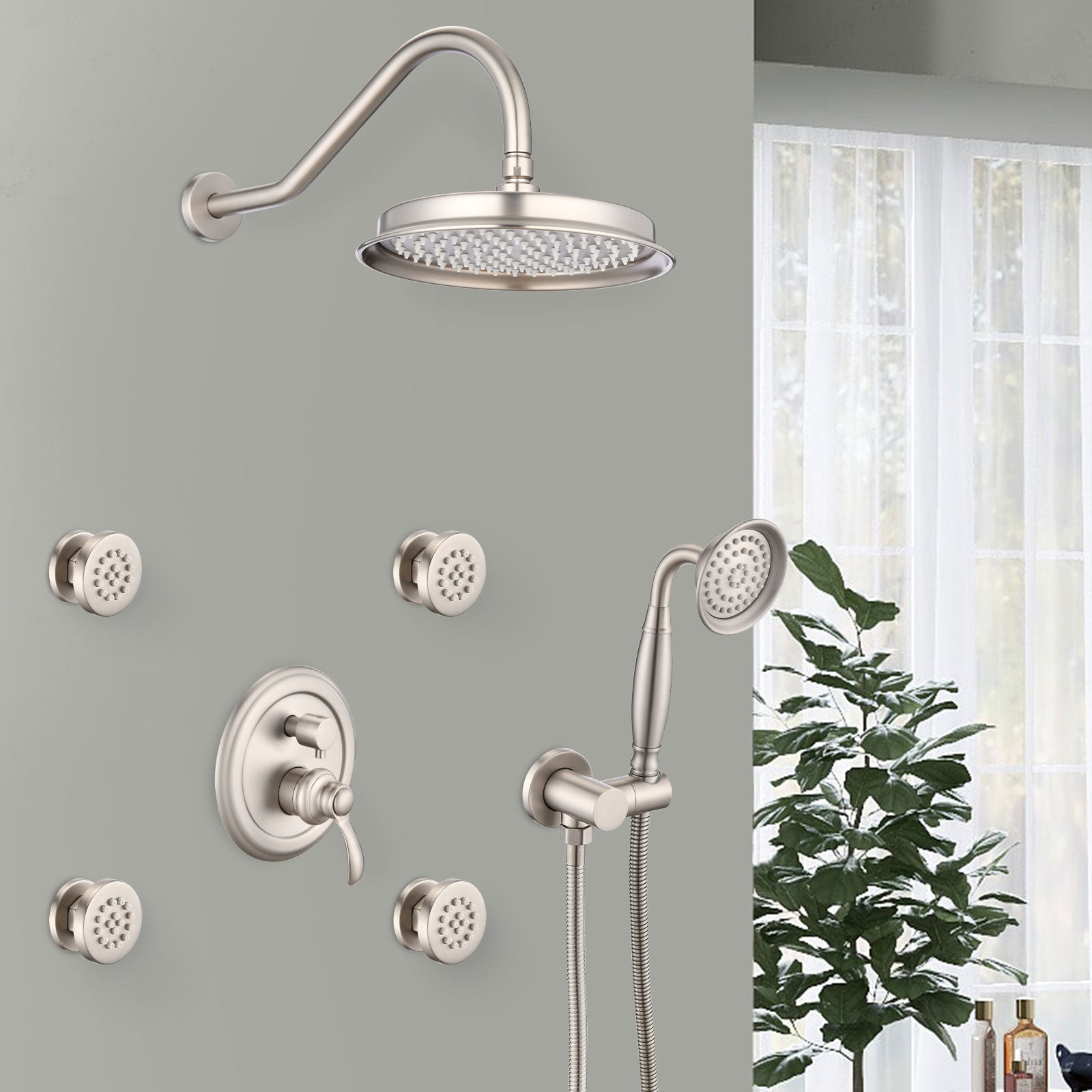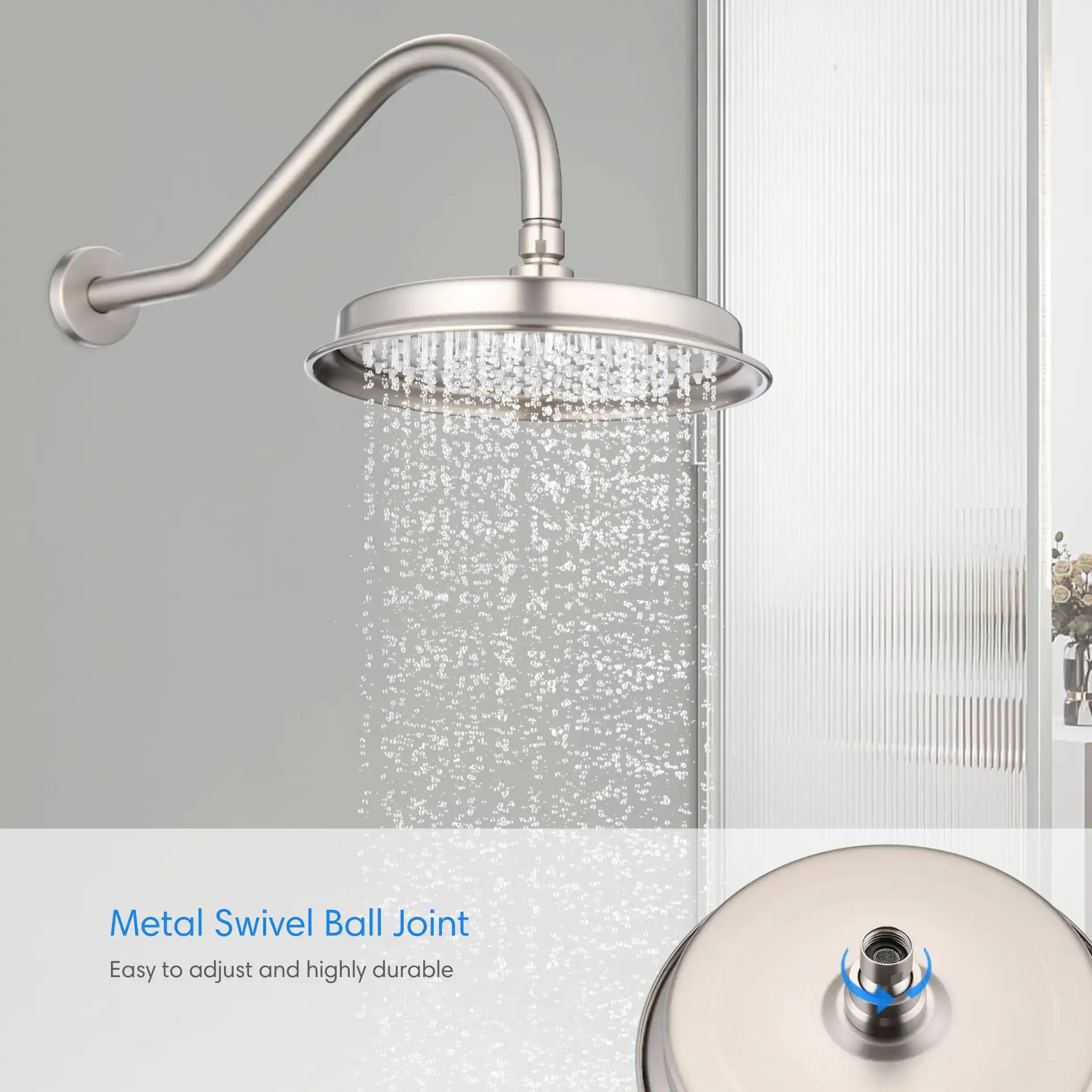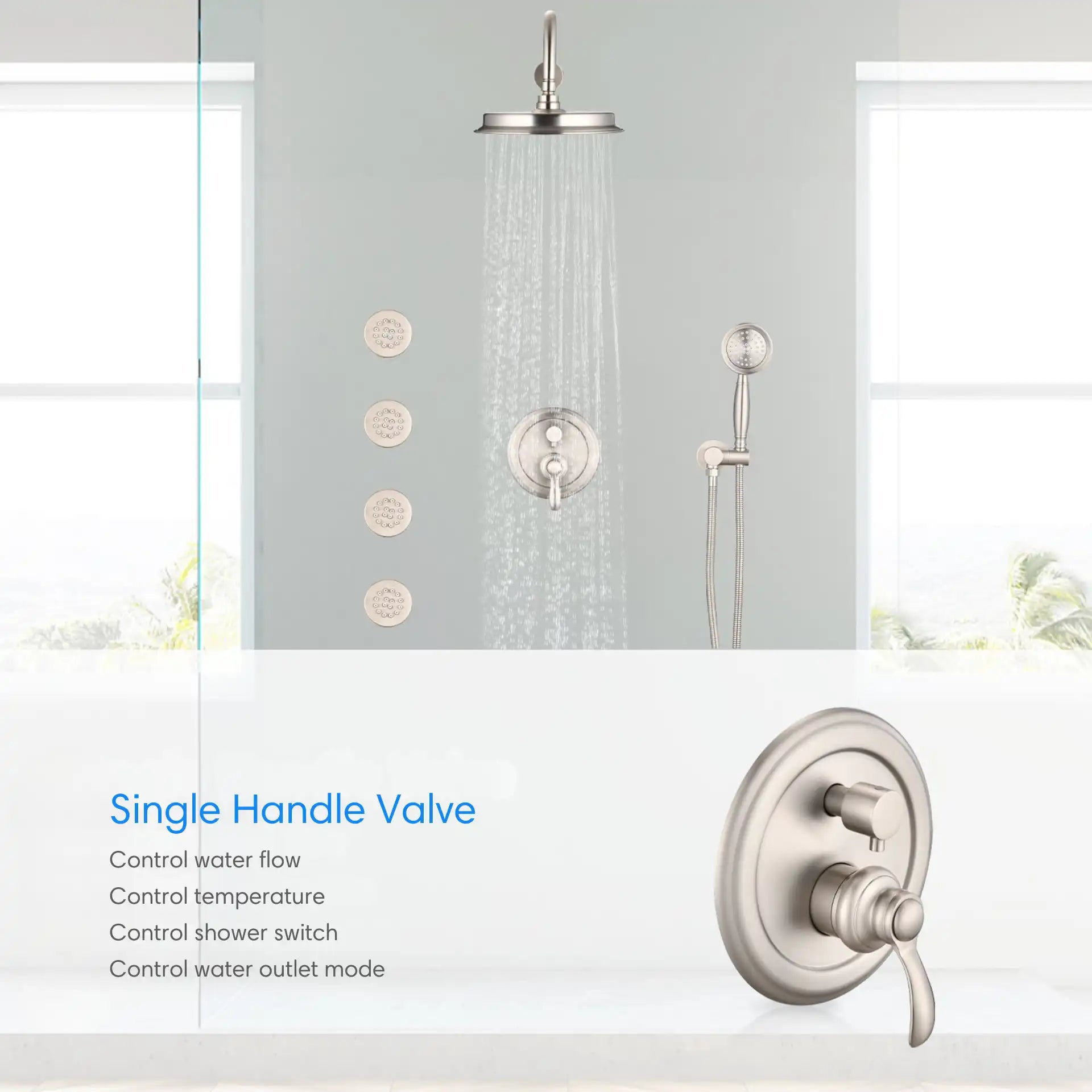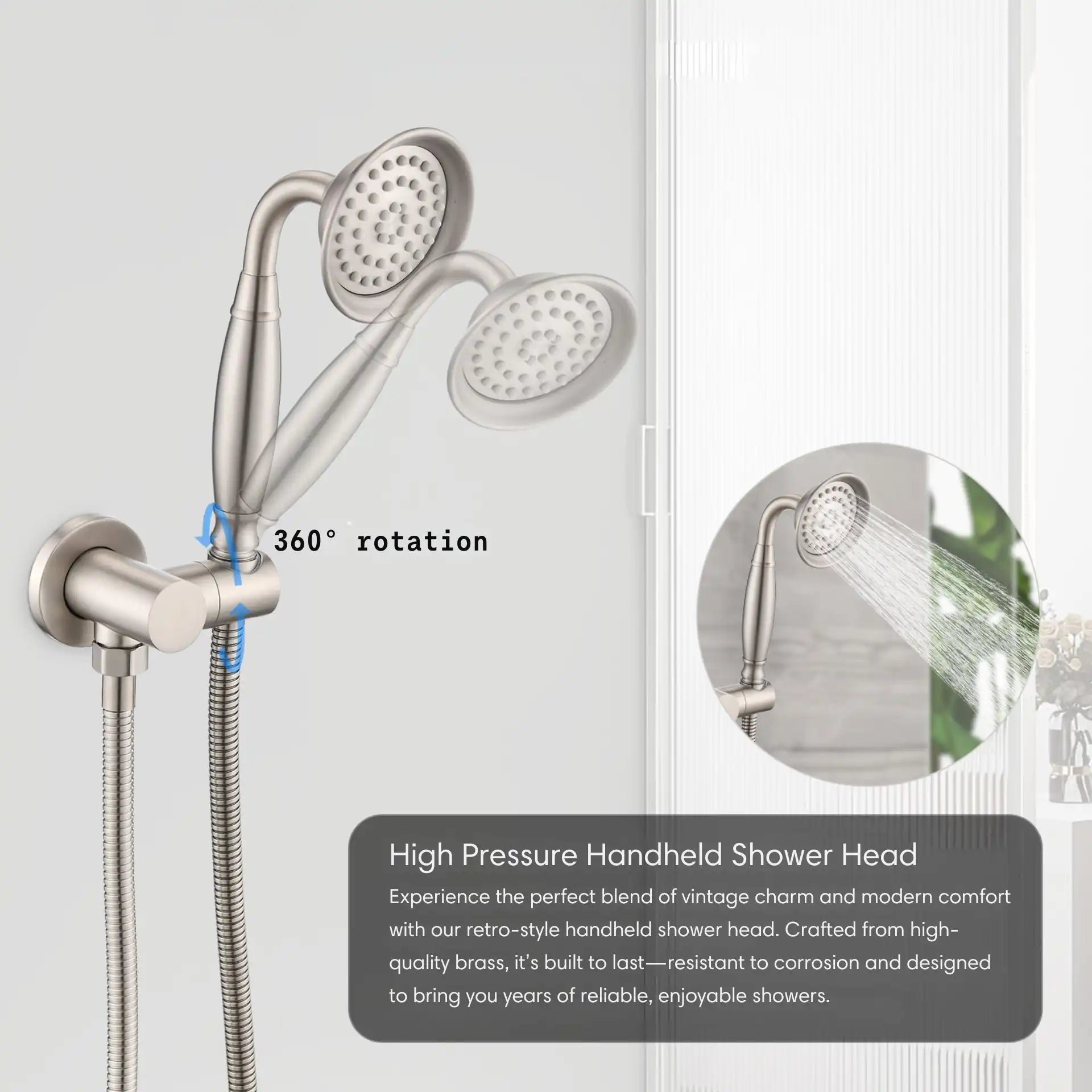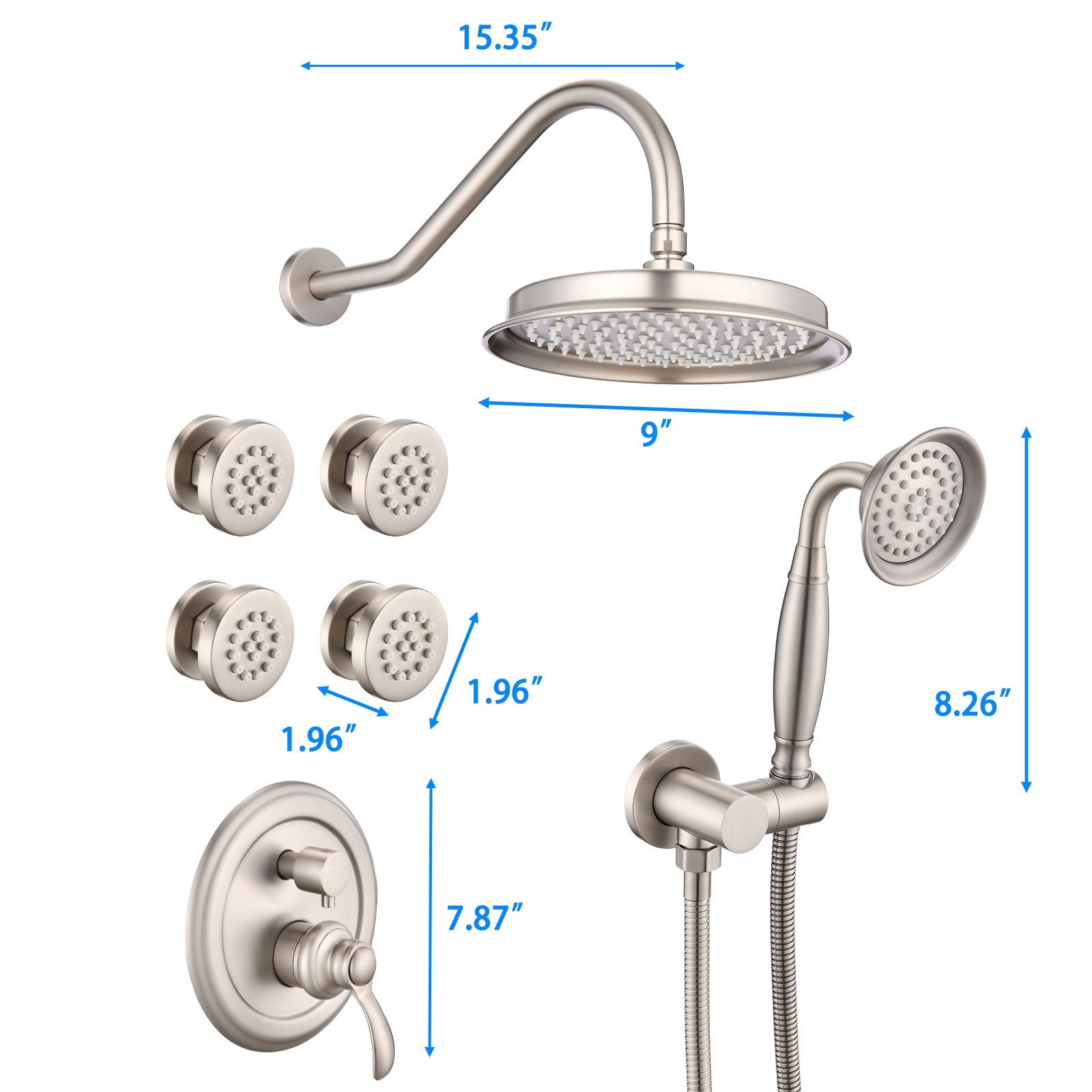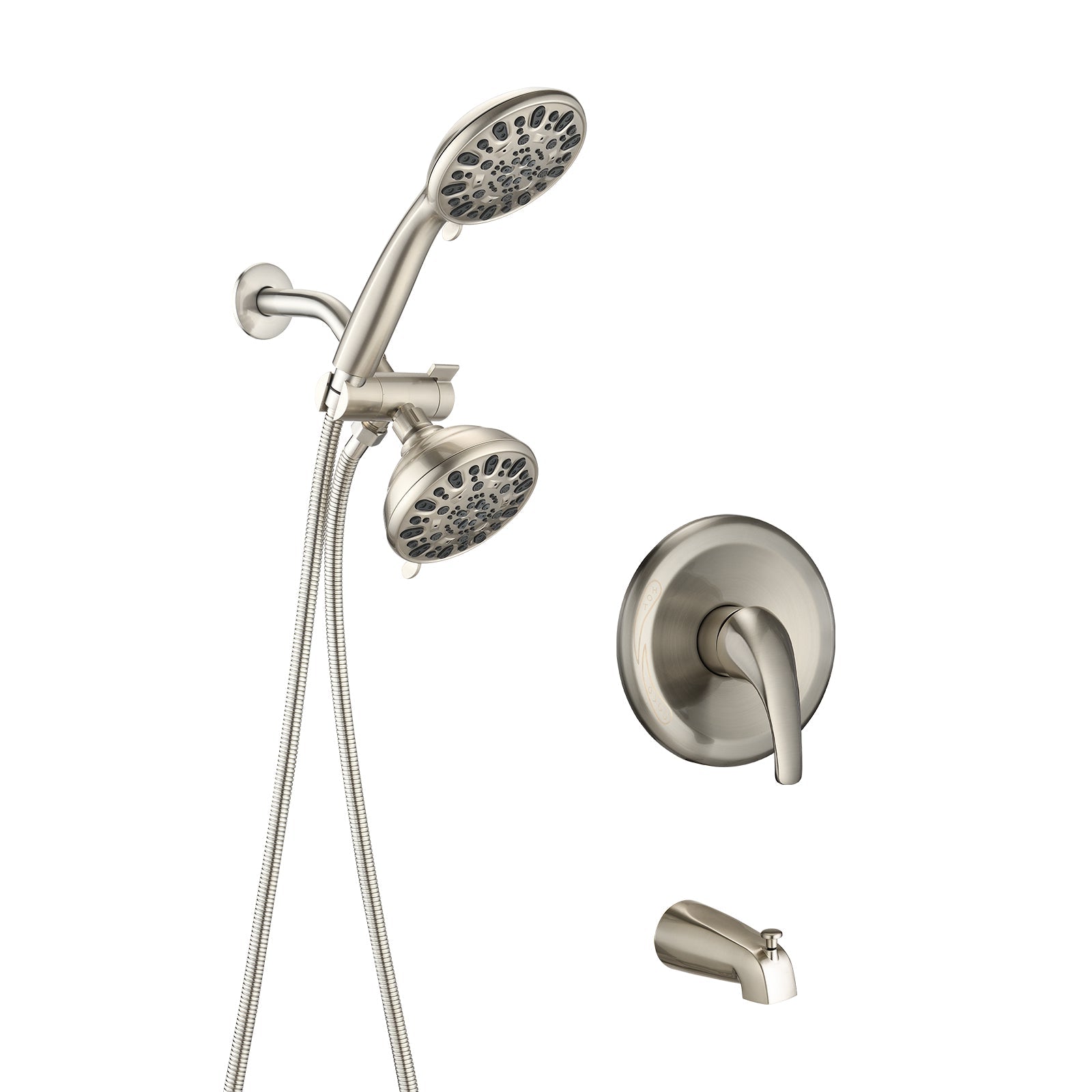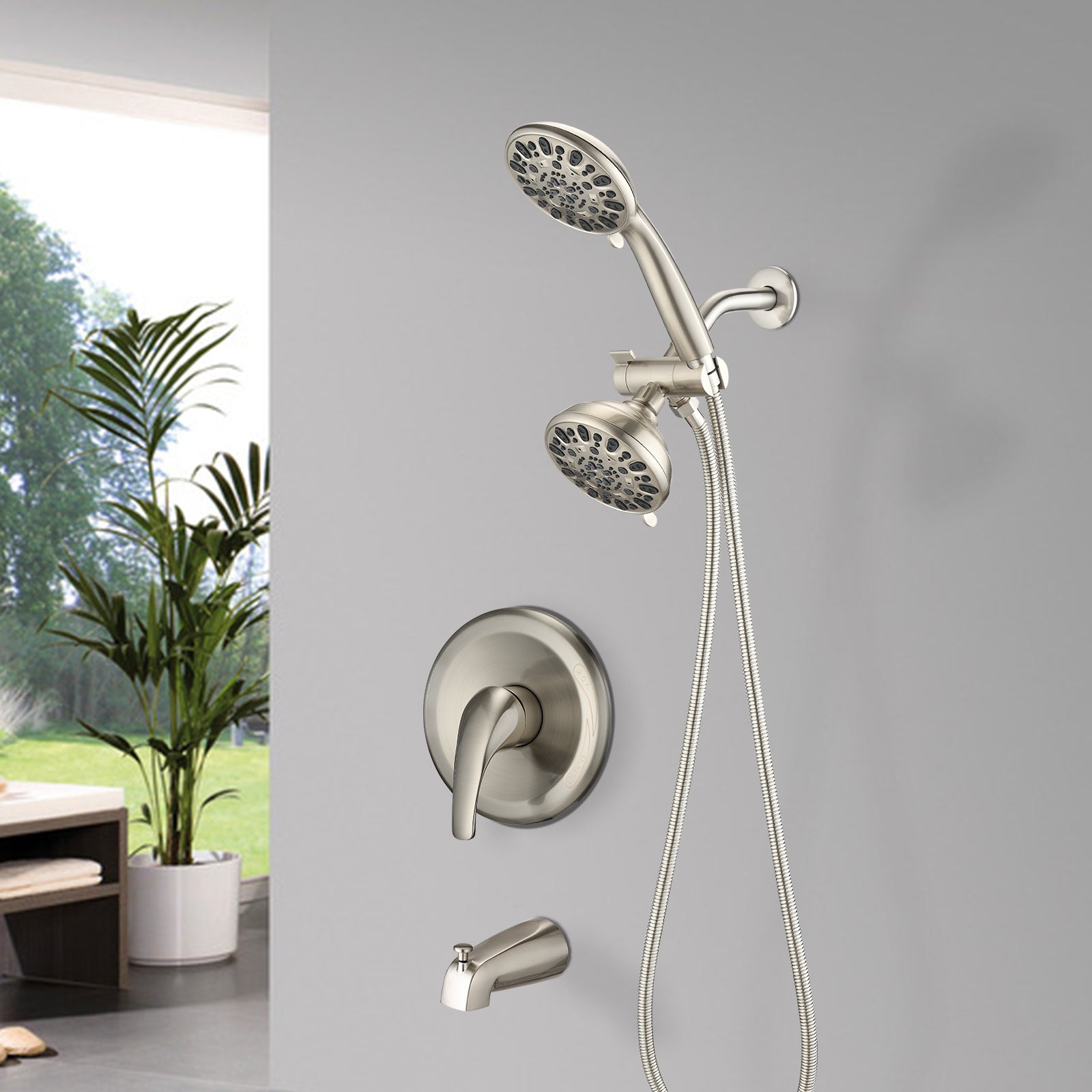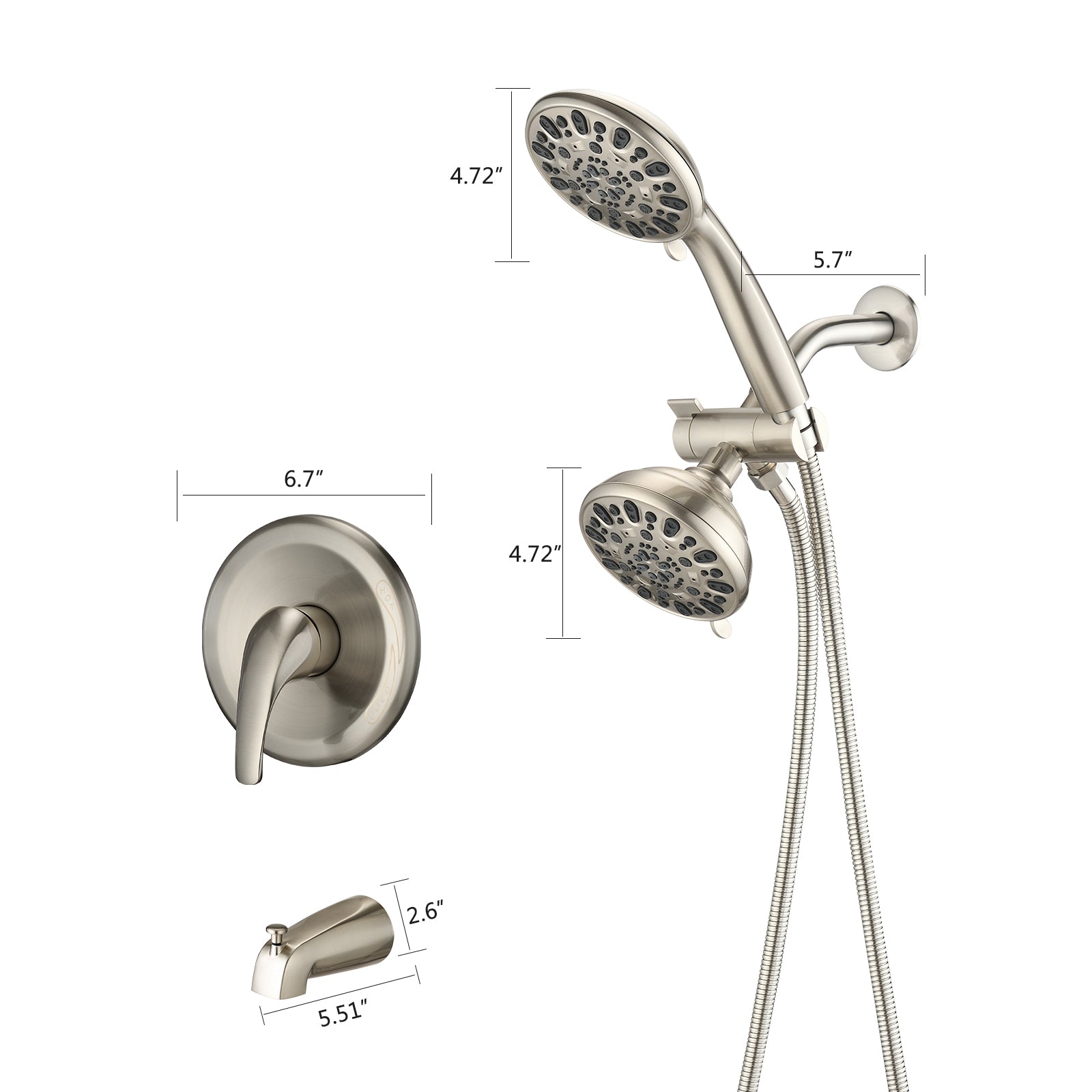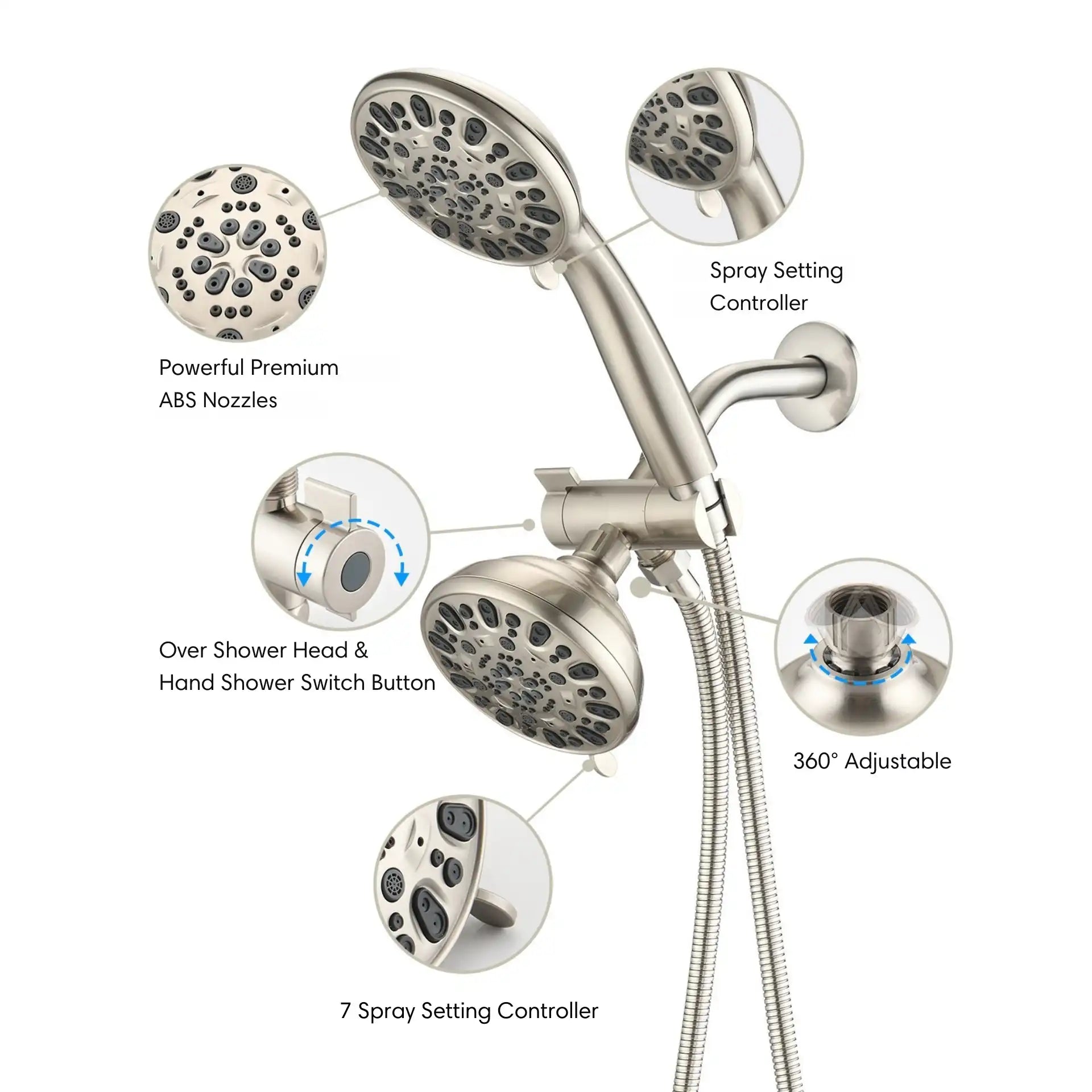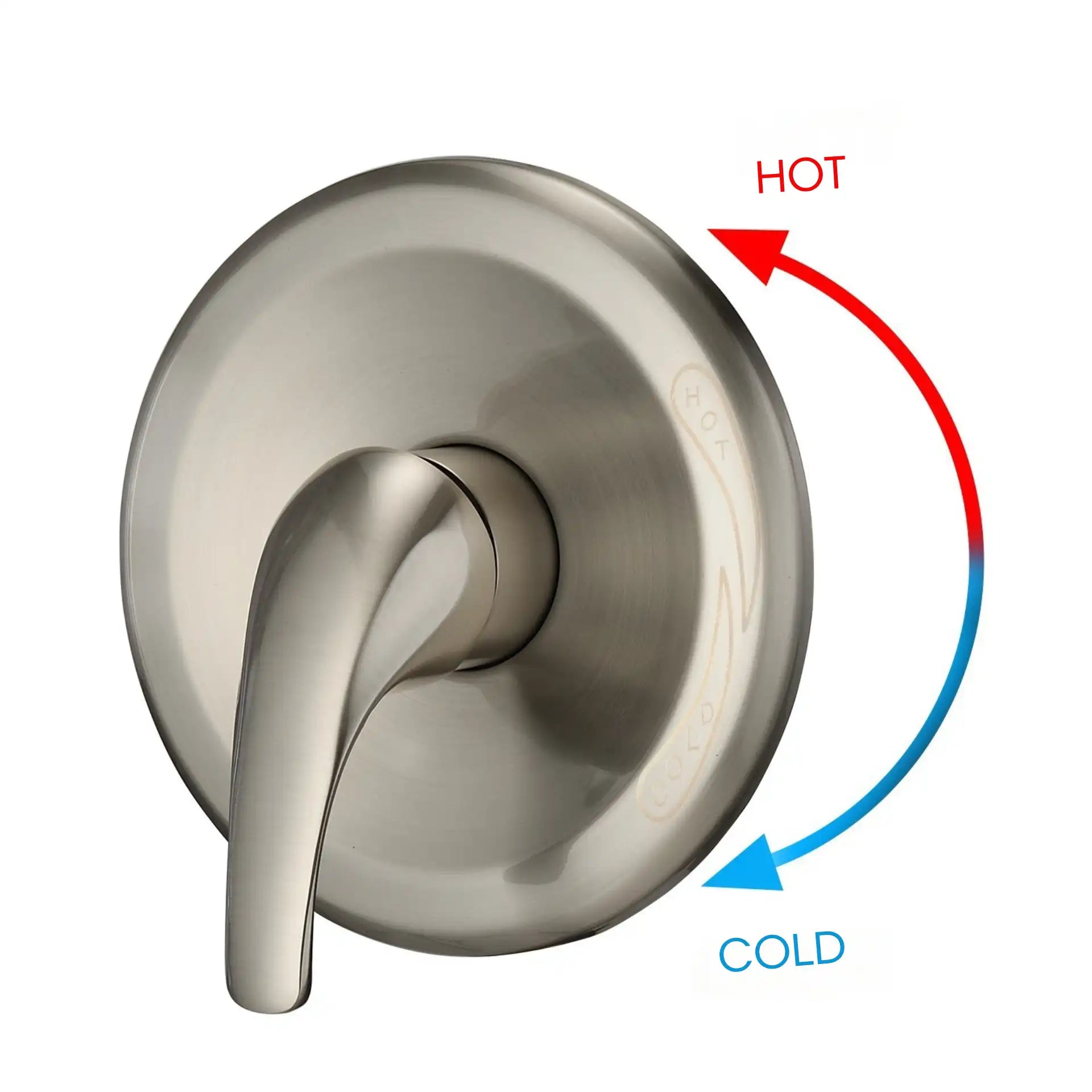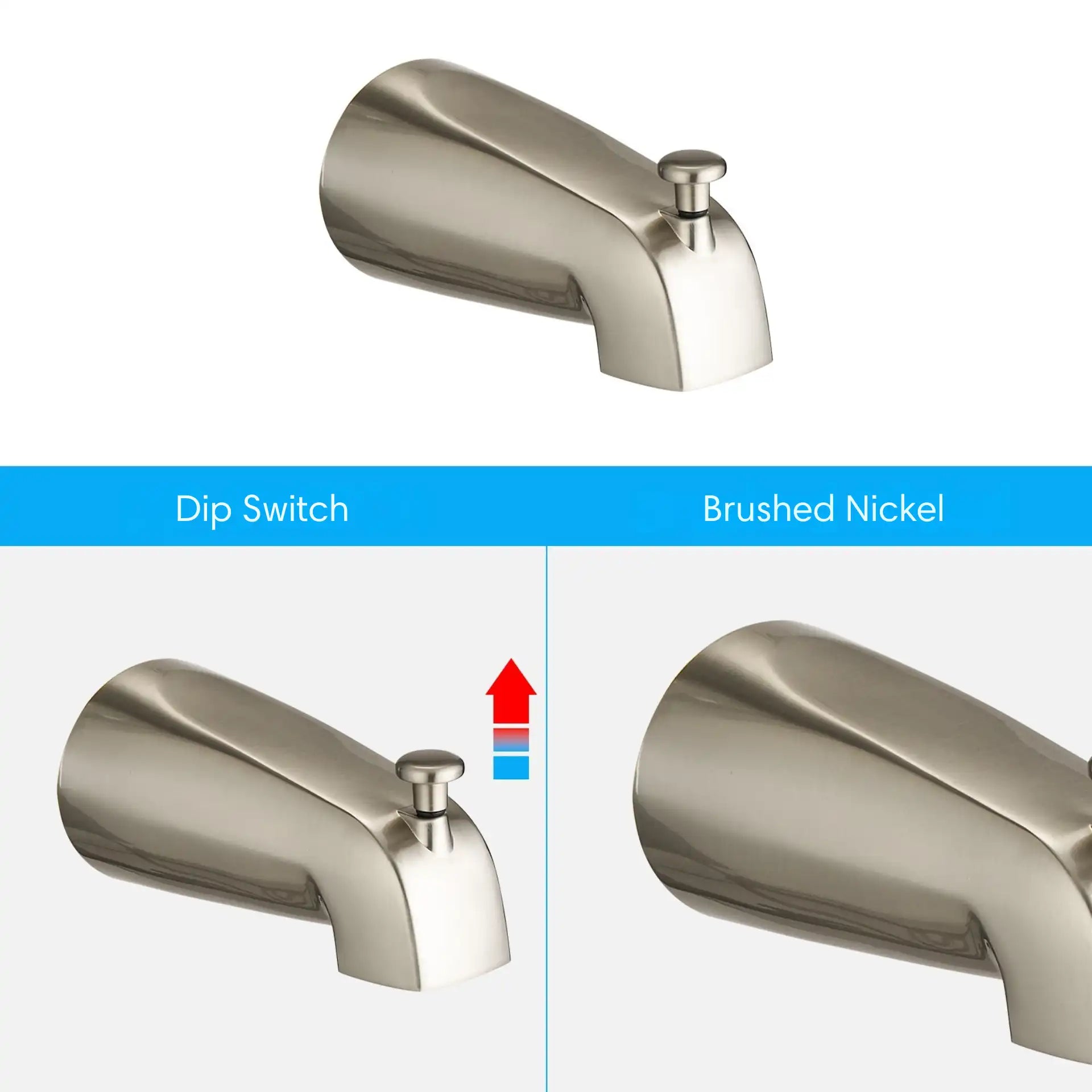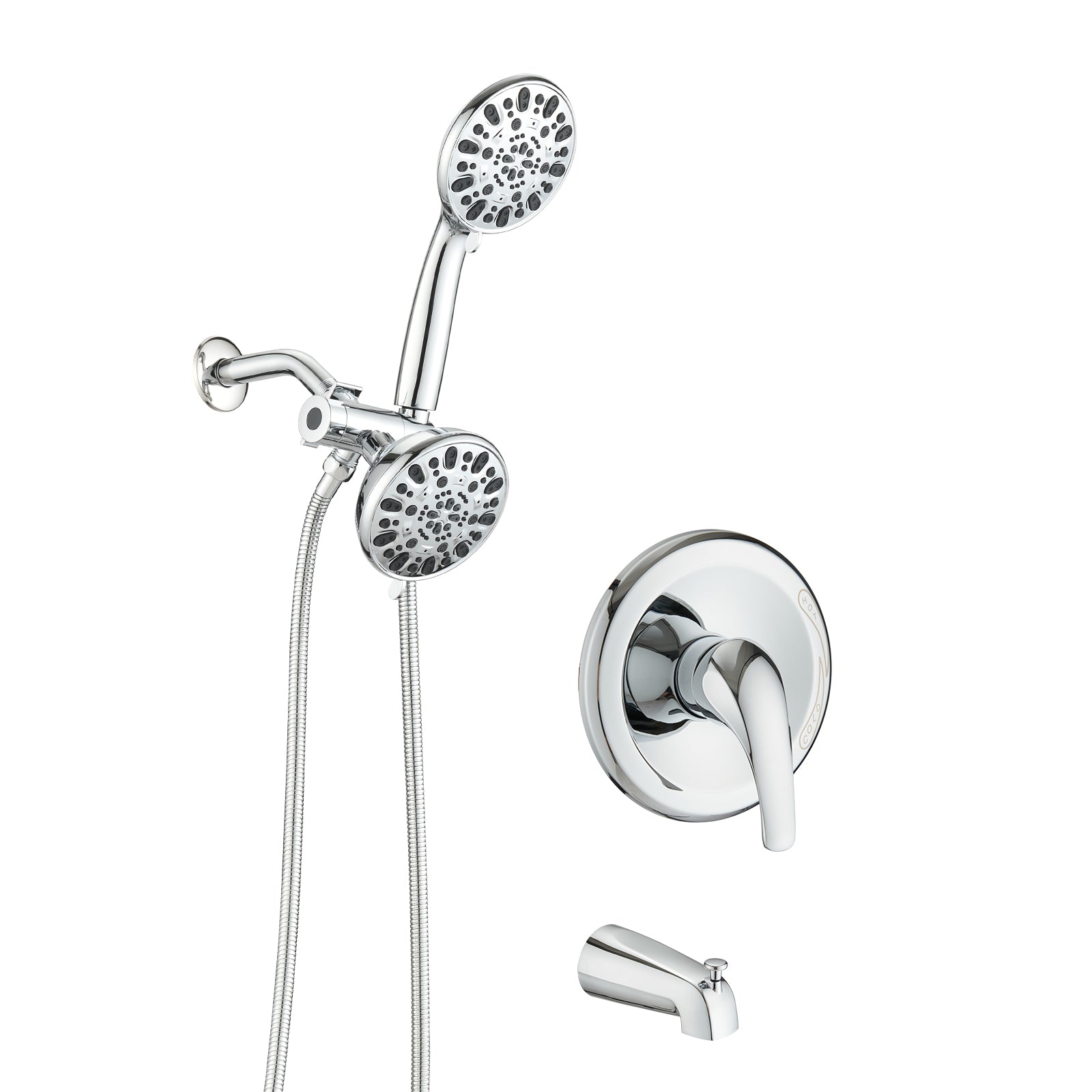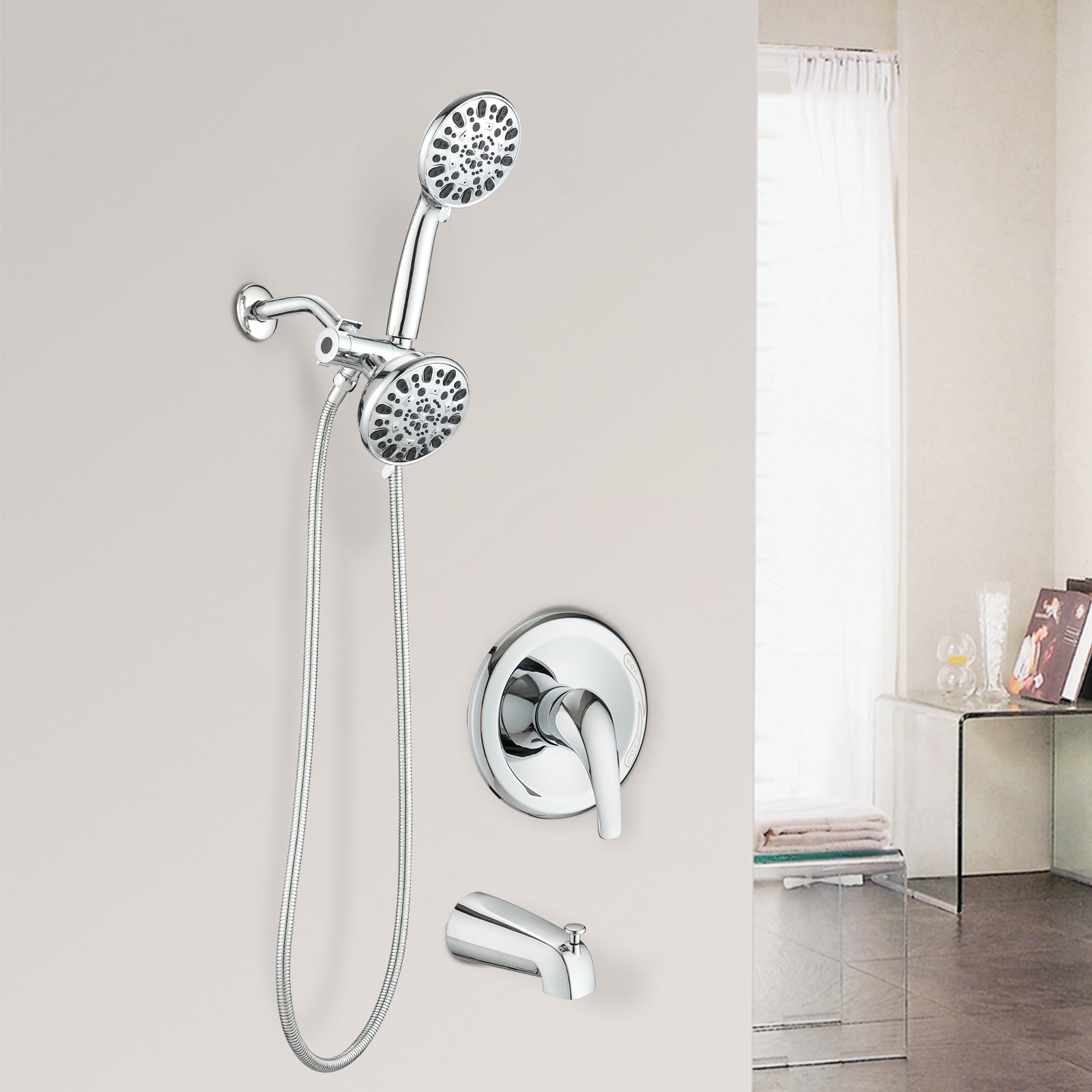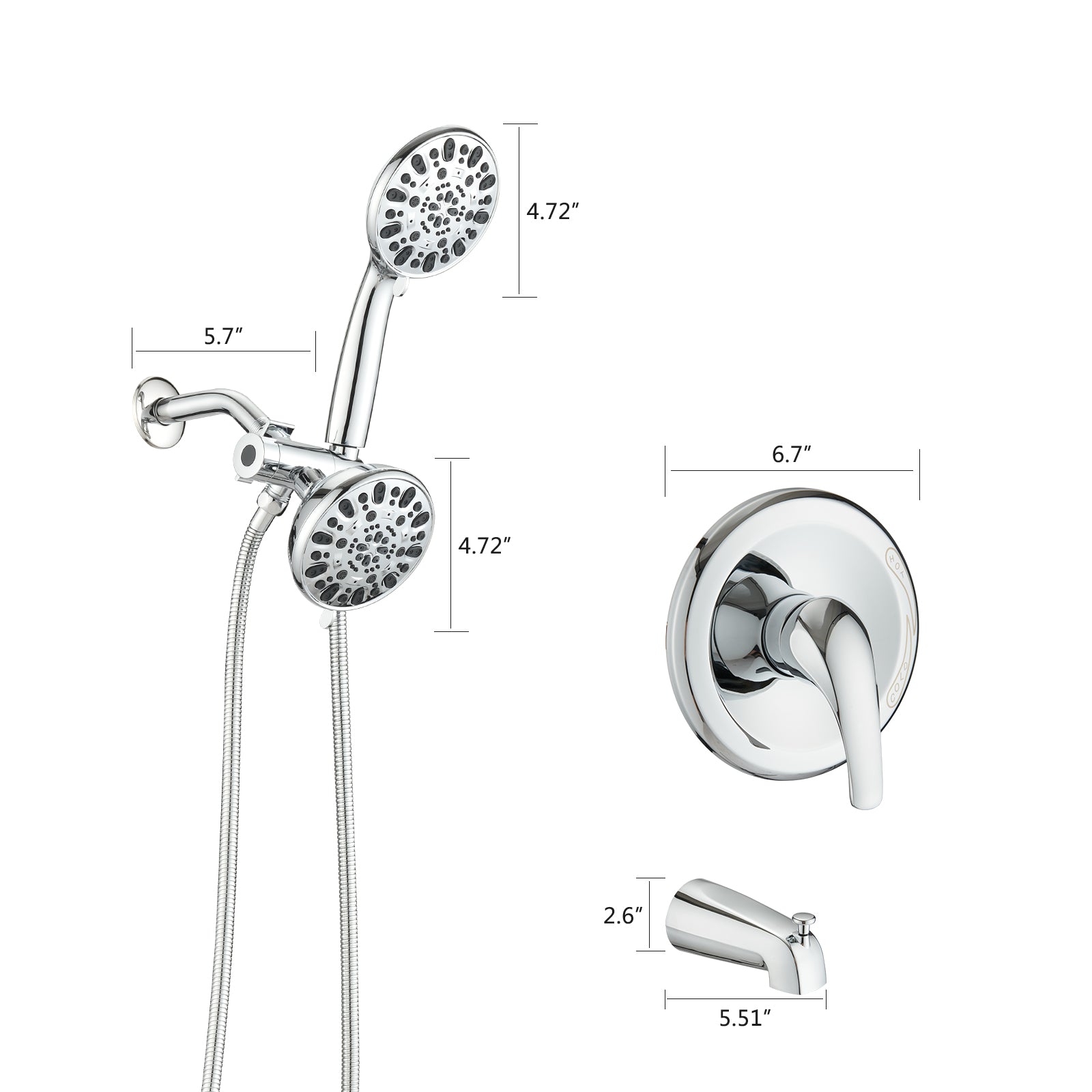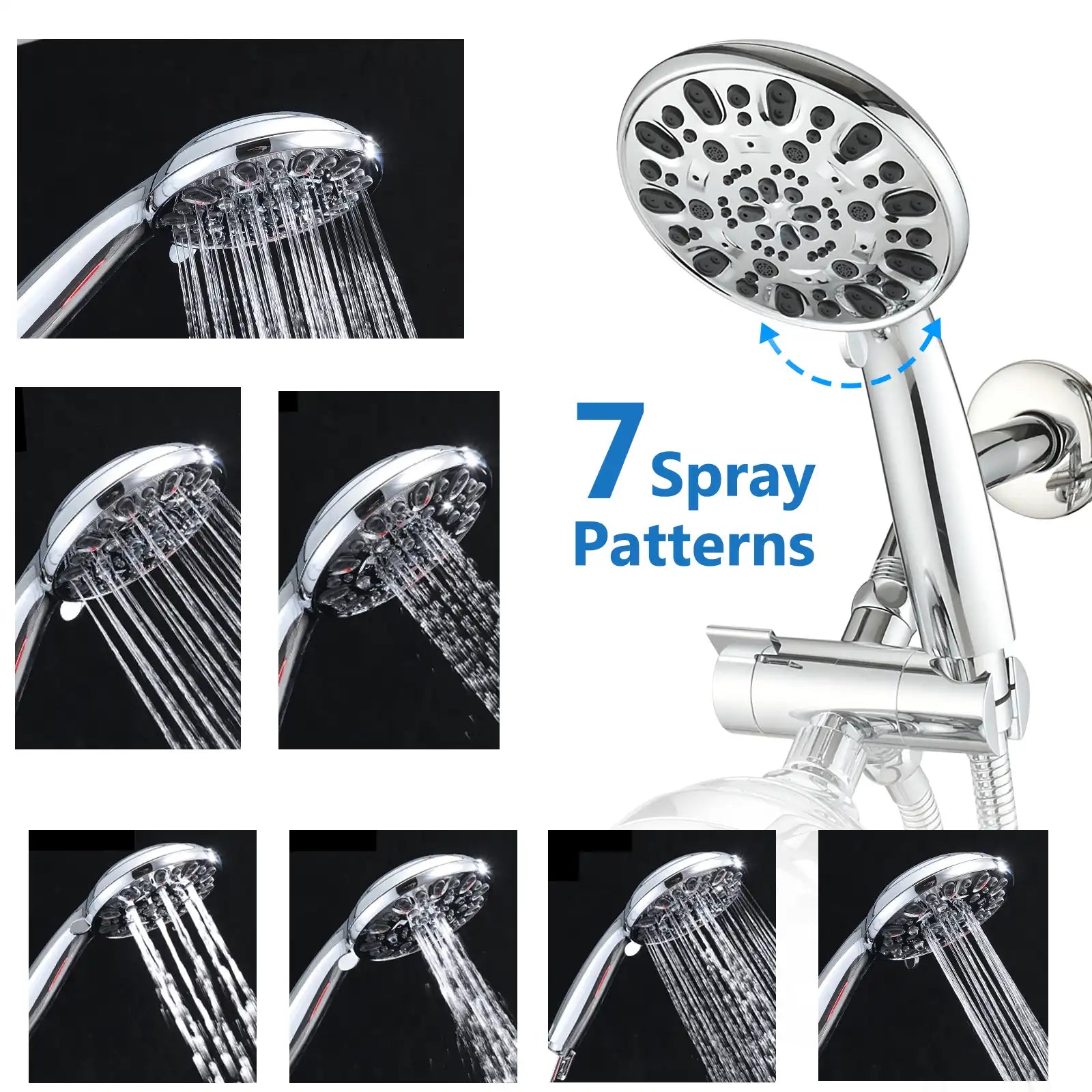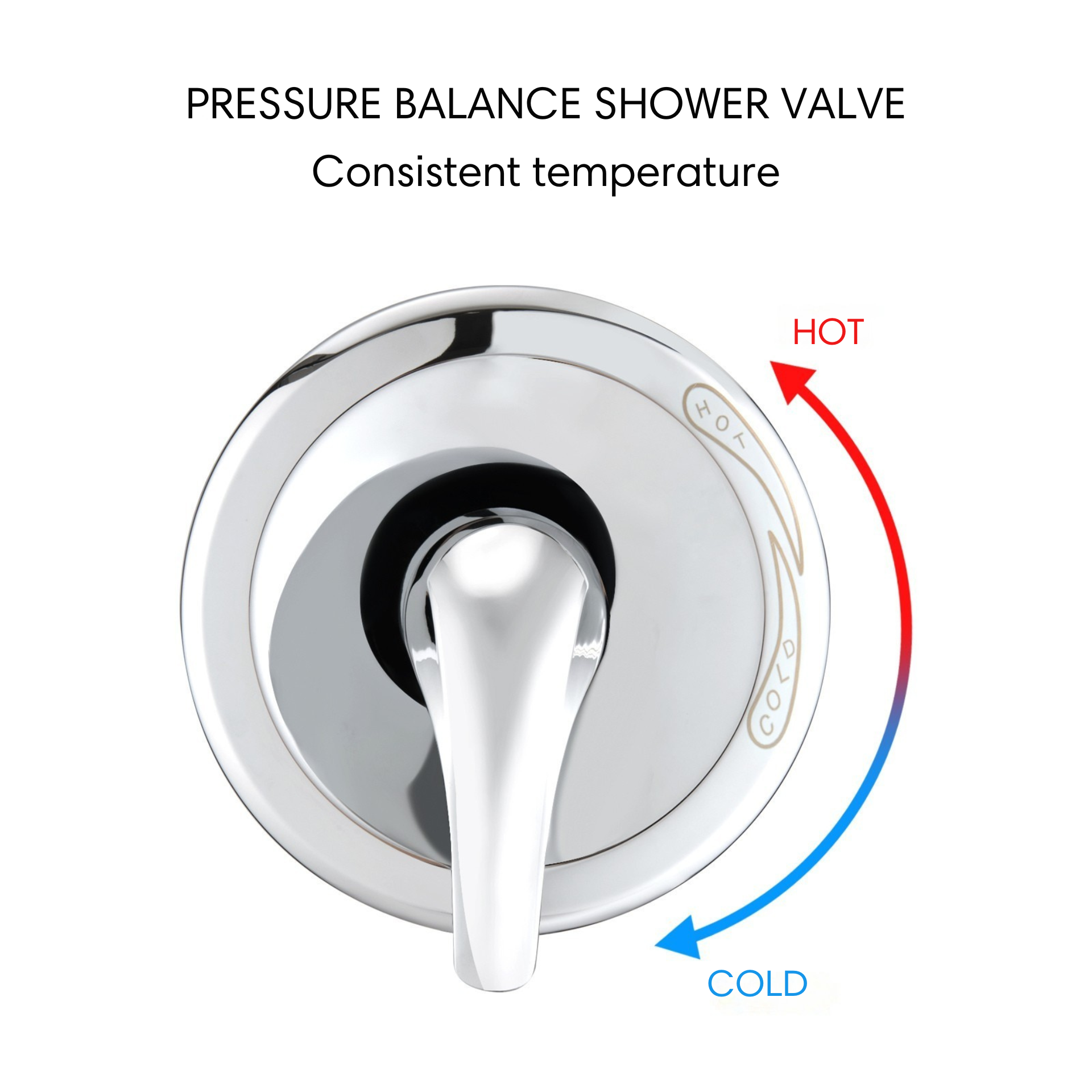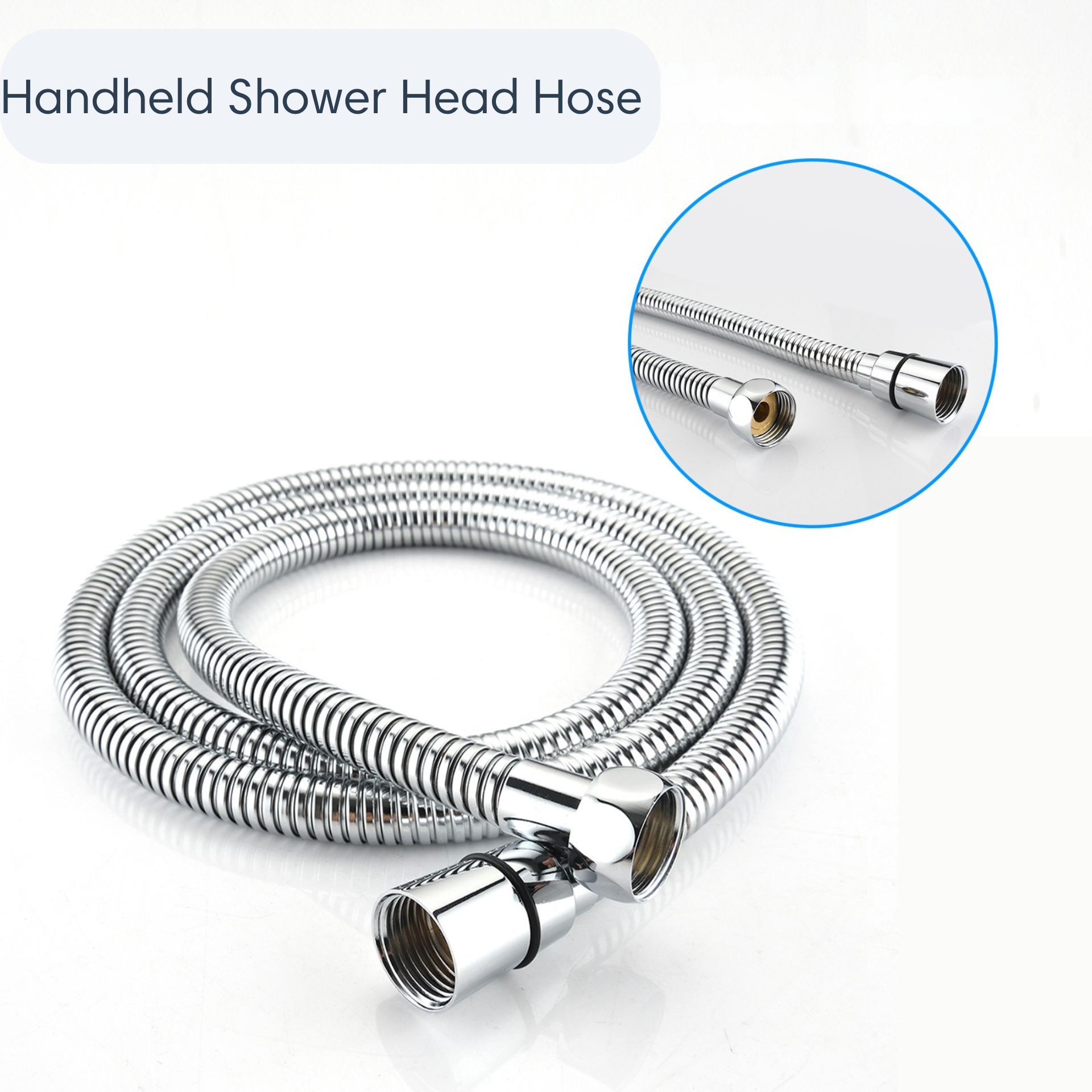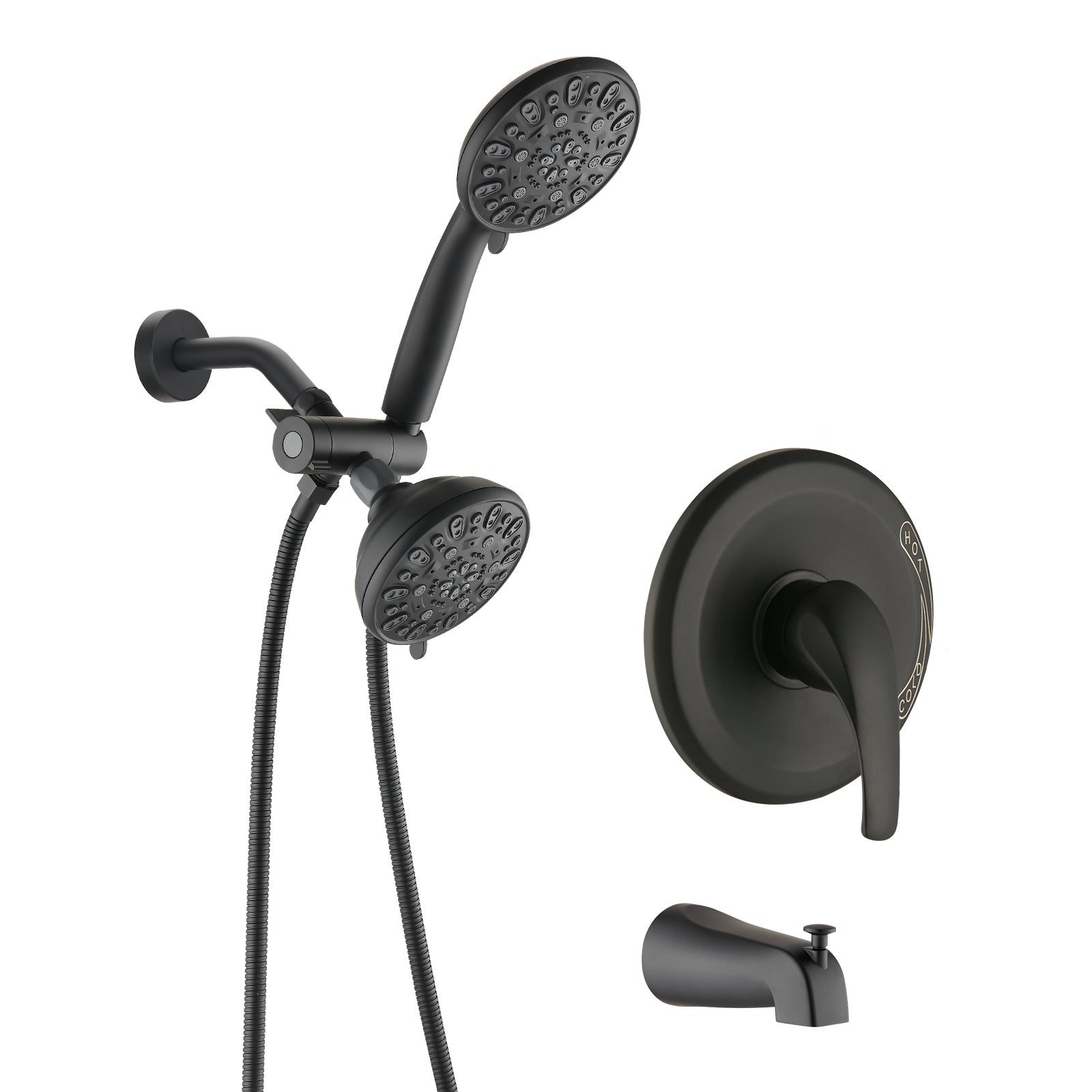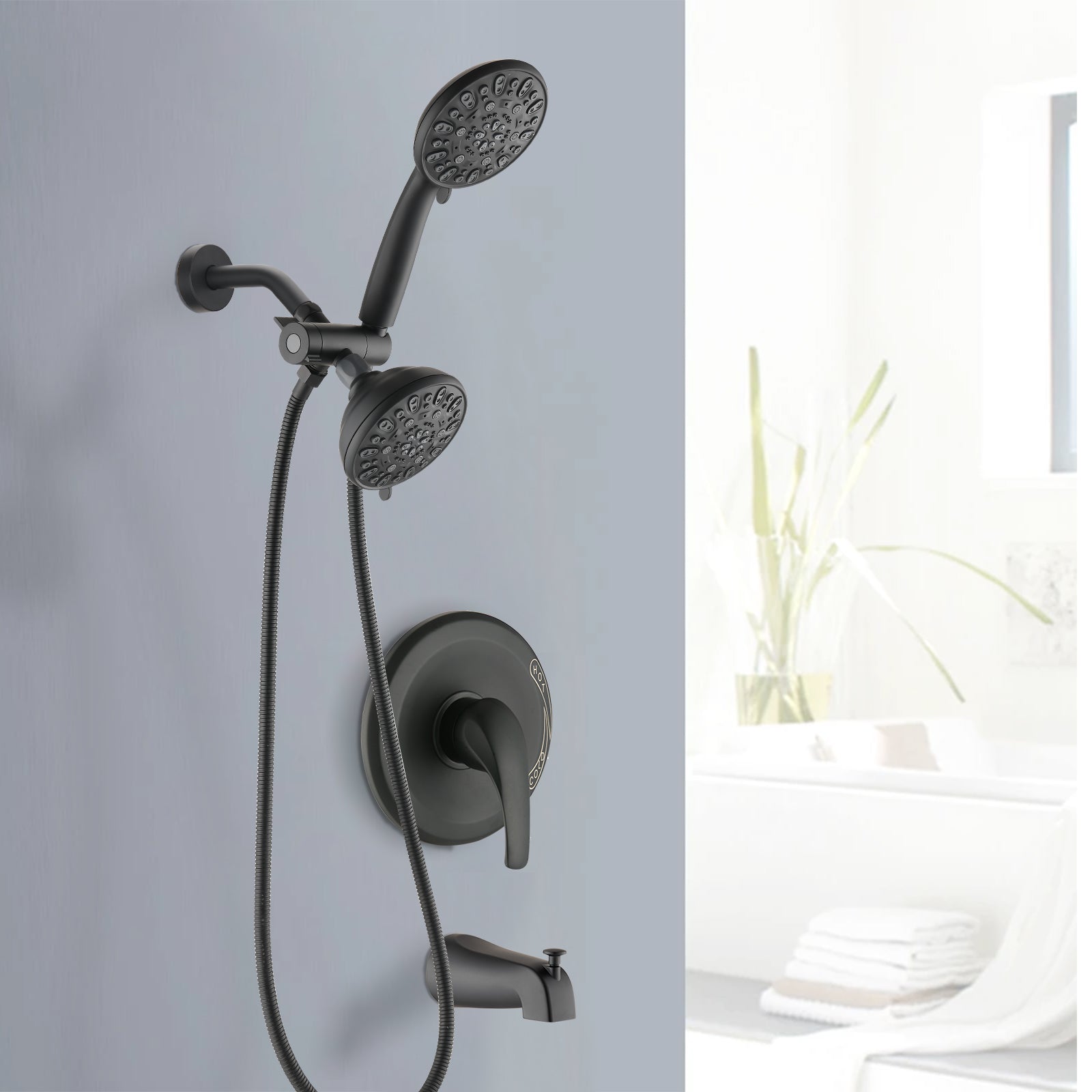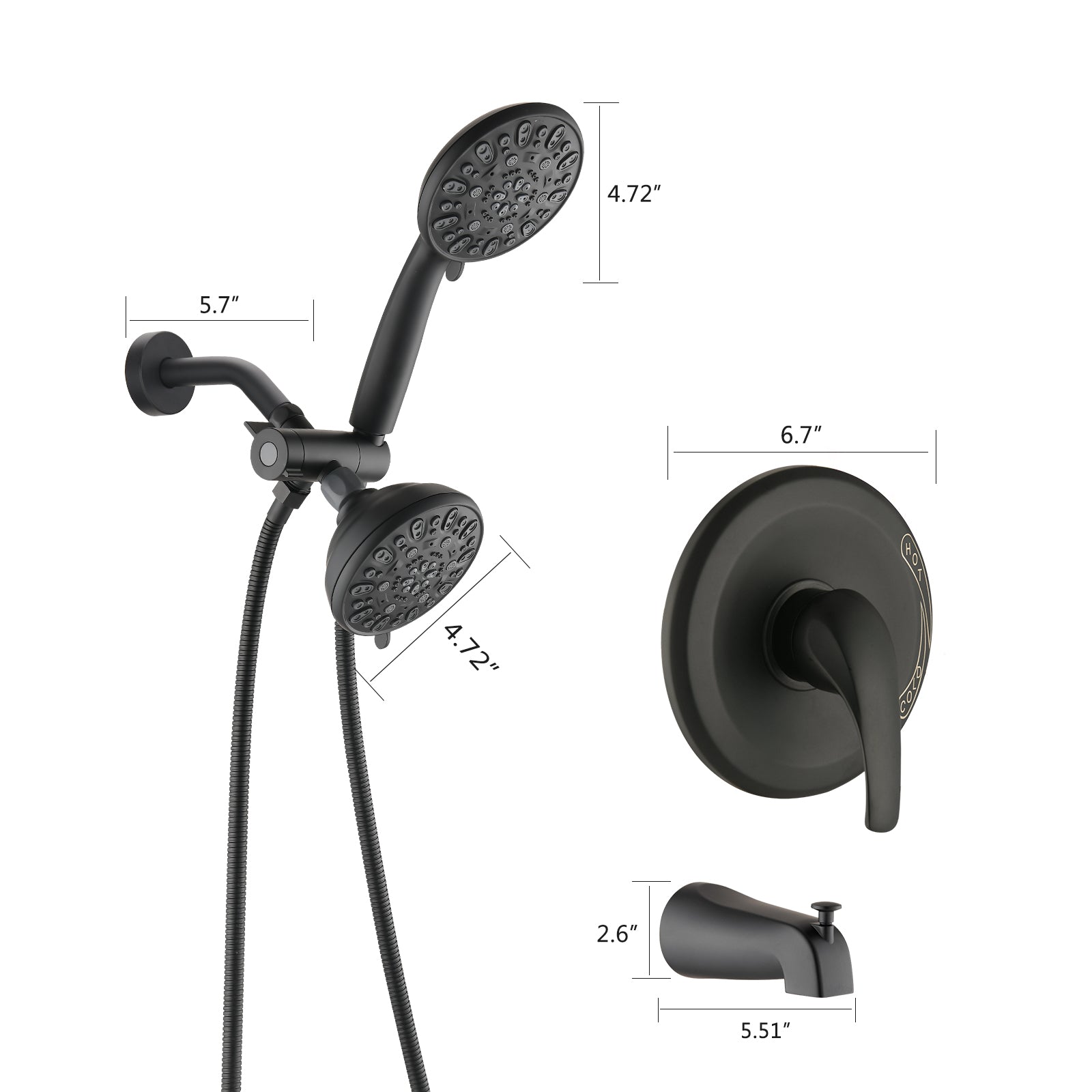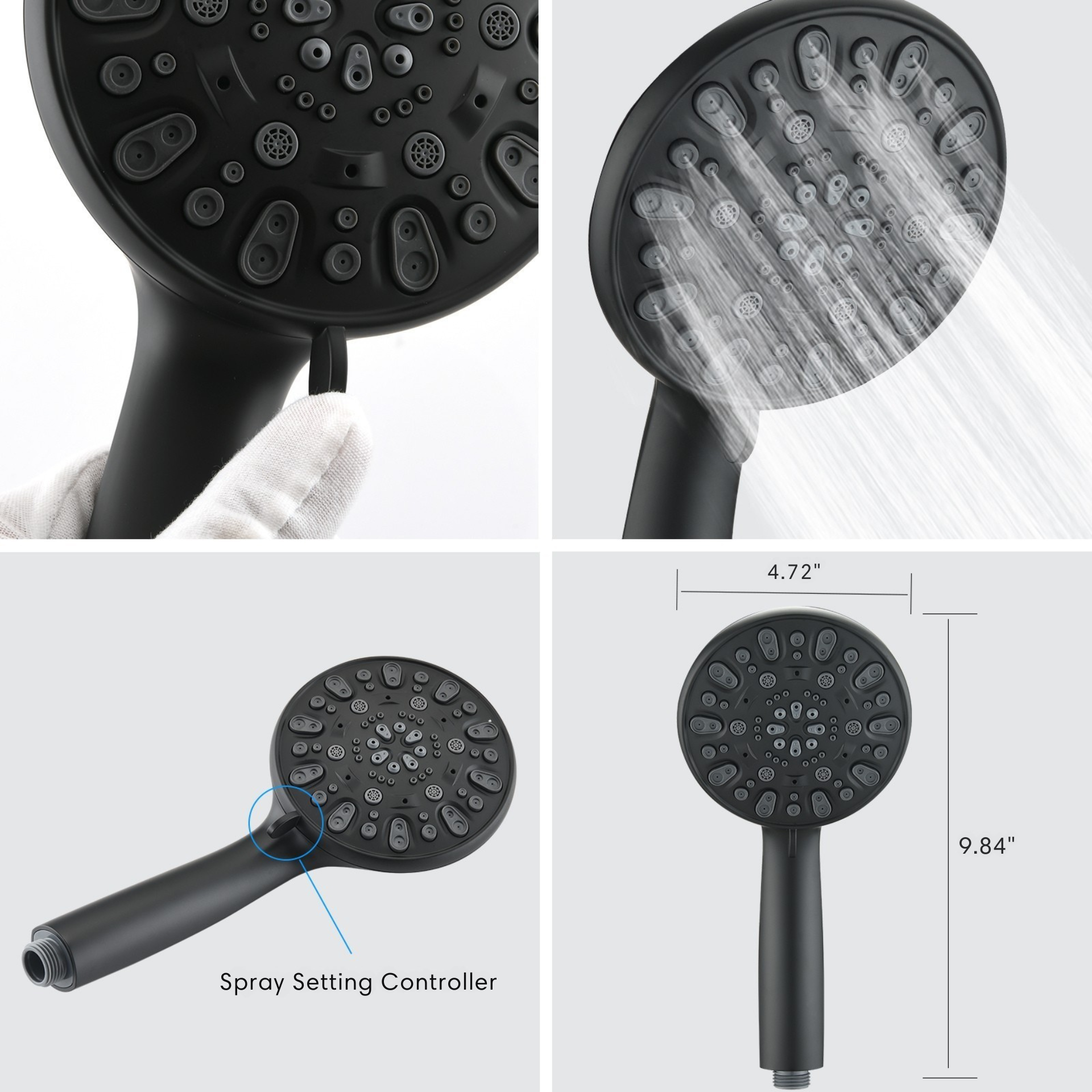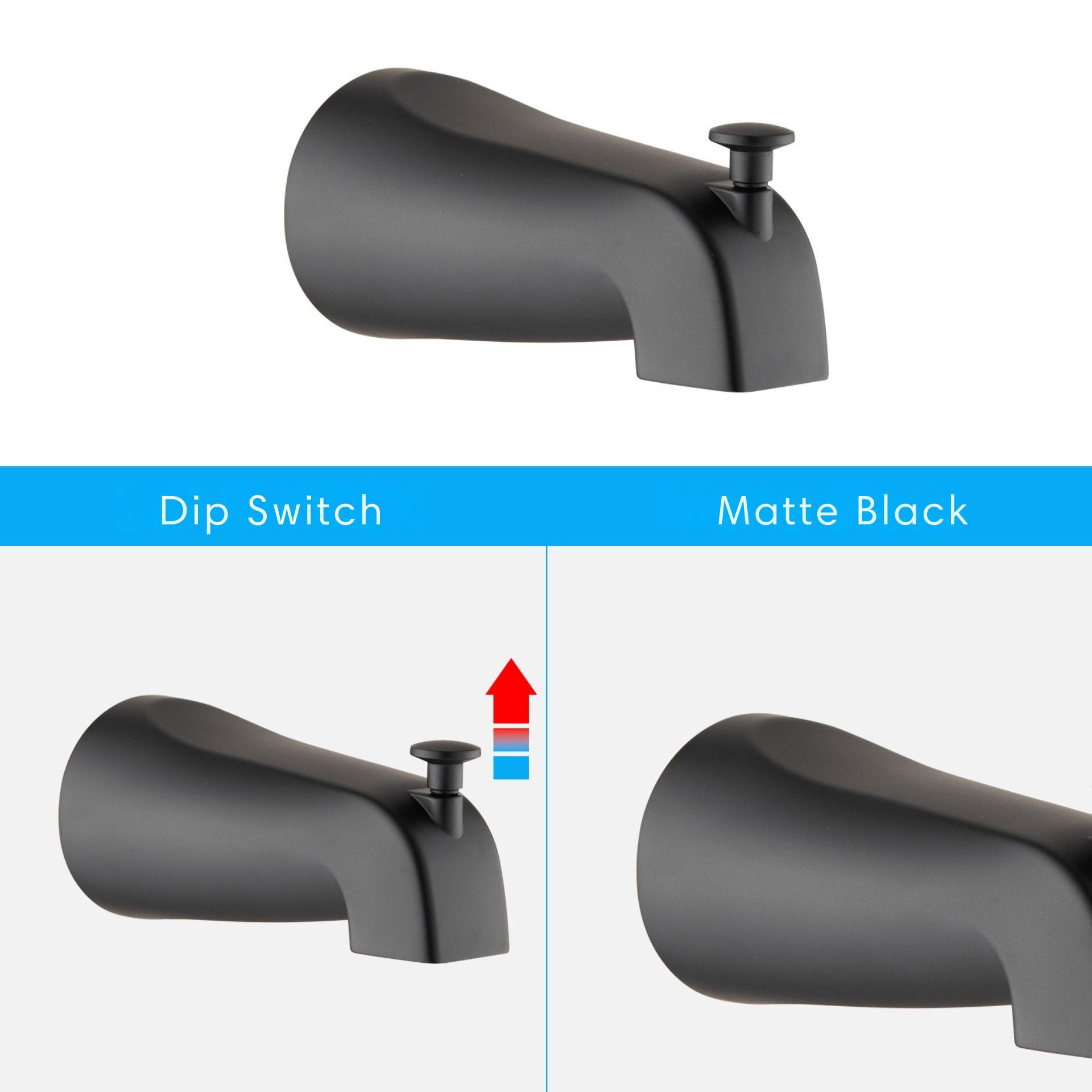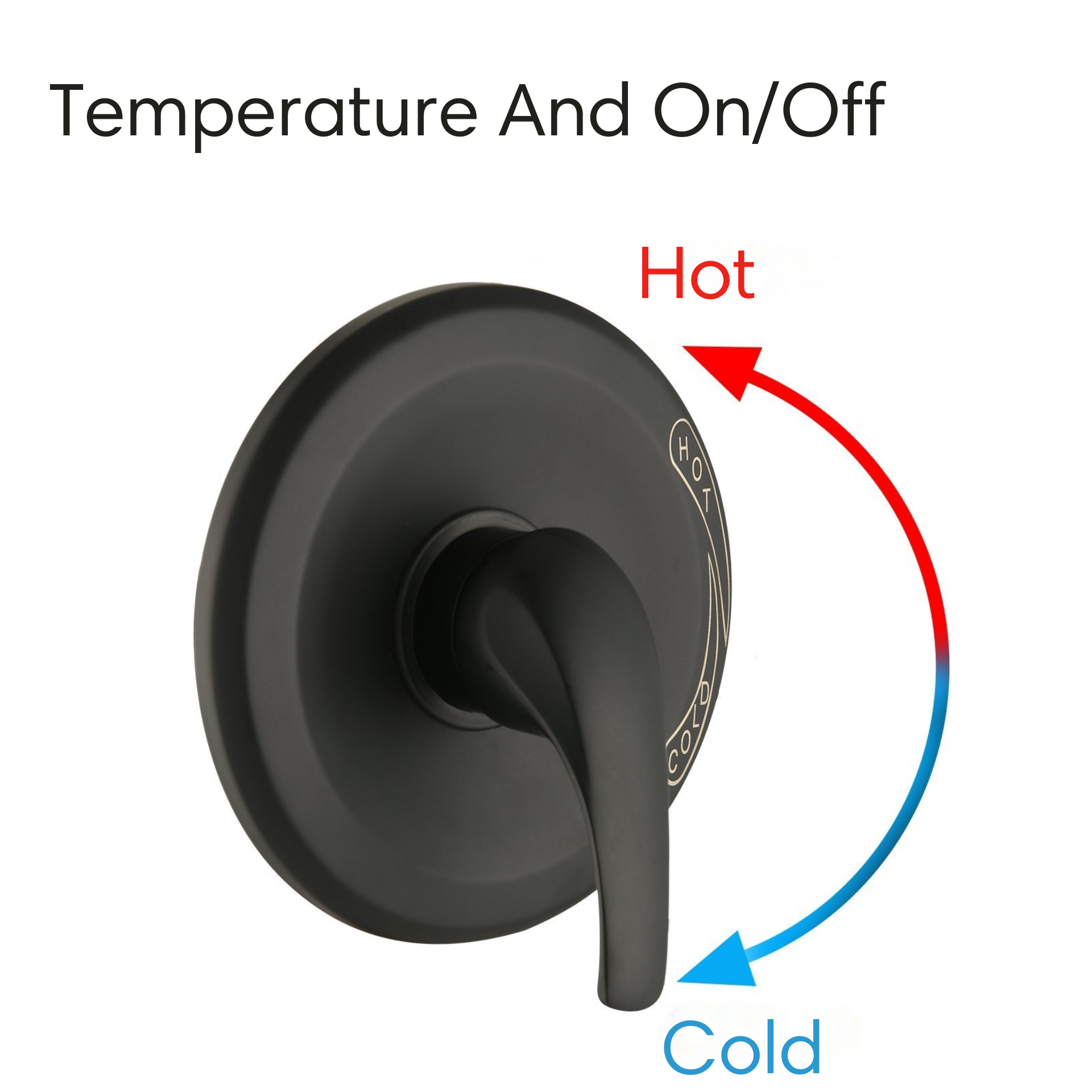When it comes to upgrading your bathroom, choosing the right shower head can make a world of difference—not only in your shower experience but also in your water usage and energy bills. There’s one particular factor that has a significant impact on what your shower feels like and that’s the GPM of your shower head. Knowing what GPM is, why it is important and how to select the perfect flow for your needs can make for a more enjoyable and effective shower experience.
In this blog we’ll explain everything you need to know about GPM and also provide advice on how to choose the best shower head that provides that ideal balance between comfort, efficiency and environmental responsibility. So, whether you want that strong and revitalizing spray, or the softer, water-saving drizzle, read on to learn how to choose the perfect shower head GPM for your bathroom.
Table of Contents:
- 1. What Does GPM Mean in Shower Heads?
- 2. Why GPM Matters for Your Shower Experience
- 3. How to Choose the Right GPM for Your Shower
- 4. Low vs. High GPM: Which One is Best for You?
- 5. The Environmental and Cost Benefits of GPM Choices
- Conclusion
- FAQ
1. What Does GPM Mean in Shower Heads?
Let’s start with a simple question: In the world of shower heads, what does GPM stand for? GPM (gallons per minute) is a straightforward but critical metric that tells you how much water your shower head uses each minute. This figure provides a relative sense of how “strong” or “gentle” the shower will be. For instance, a shower head with a high GPM will provide a strong flow, while a low GPM will offer a more gentle stream.
This is one of the measurements that will matter most when shopping for a new shower head. GPM is frequently regulated by local ordinances and guidelines, so you might discover most shower heads are capped at a certain level to encourage water conservation. But that doesn’t mean every GPM level will provide the same experience. Understanding it is the first step toward improving your shower time.

2. Why GPM Matters for Your Shower Experience
You're probably thinking, "Alright you got me that is simple, but why does GPM even matter to me?" That goes straight into your shower. Ever felt as if your shower was more of a “trickling creek” than a “refreshing waterfall?” That’s a low-GPM situation. If, on the other hand, it seems that the pressure could blast you off your feet, then you probably have a high-GPM shower head.
The GPM reading has an impact on both the flow as well as, how water pressure feels. A higher GPM generally indicates more water hitting you harder, which is great for folks in the shower who prefer intense massage-like streams. On the other end of the spectrum, a low-GPM shower head might offer a softer, gentler experience, which can be perfect for a relaxing, spa-like shower. If you have sensitive skin or if you’re water conscious, this could be a better option.

3. How to Choose the Right GPM for Your Shower
So how do you determine what GPM is best for your use case? It’s not like sticking a pin in a number! Here are some things to consider before you spring for a shower head:
-
Water Pressure: Do you have high water pressure in your home? If so, you might be able to handle a higher GPM without it feeling overwhelming. On the other hand, low water pressure can make even a moderate GPM feel weak, so you might want to go for something in the middle range.
-
Shower Style: Do you live for a powerful, invigorating spray? Or would you rather have a light stream? Comparatively, a higher GPM means a rush of water pressure; a lower GPM produces a nice, gentle rinse.
-
Eco-Friendly Goals: And, well, let’s be real: saving water is just a great idea, whether you care about the environment or just don’t want to spend more for water. If you care about being eco-friendly, having a lower GPM will save you in water bills but also do right by the planet.
4. Low vs. High GPM: Which One is Best for You?
Now we will go to the classic debate: low GPM or high GPM? Which one is the best? Well, as you can imagine, that’s not a one-size-fits-all answer.
-
Low GPM (1.5 – 2.0 GPM): This is your eco-friendly mode and is perfect for someone who wants to conserve water, yet still have a pleasant shower experience. Although the stream isn’t as “hard”, you still get a steady, gentle flow of water. A good option if you live in a home with low water pressure or are trying to minimize your environmental footprint.
-
High GPM (2.5 GPM and above): If you want a gushing shower that’s like standing in a downpour, or you require strong water pressure to drain your thick hair, high GPM is the way to go. High GPM shower heads will feature a strong and fast water flow, so they are more suitable for people who love water pressure. Water usage is something to keep an eye on - high GPM shower heads can lead to skyrocket water bills.
🚿 Common GPM Values (U.S. Standard)
| GPM Value | Description | Water Usage | Water Pressure Feeling |
|---|---|---|---|
| 2.5 GPM | Maximum allowed by federal law | High | Strong |
| 2.0 GPM | Water-efficient | Moderate | Balanced |
| 1.8 GPM | Eco-friendly | Lower | Slightly gentle |
| 1.5 GPM or lower | Ultra water-saving | Very low |
5. The Environmental and Cost Benefits of GPM Choices
Let’s discuss money and the planet. The GPM of your shower head not only determines how it feels, but it also affects your bill and the environment.
A lower GPM shower head will save you gallons of water a year, and that means lower water bills. You can typically cut your water use by about half with a low-GPM shower head, compared with an old, inefficient one. And, less water used is less resource consumed, and that’s a win for the environment.
But let’s not forget comfort. With the right GPM, you can balance your desire for a satisfying shower with your eco-friendly goals. Some modern shower heads offer the best of both worlds—high-pressure sprays with water-saving technology built right in. It’s all about finding that sweet spot where comfort and sustainability meet.

Conclusion:
Selecting the right shower head GPM involves more than just a number — it’s about selecting the flow that best suits your style, needs, and eco-goals. Whether you need a strong spray to wake up or a gentle one to wind down, knowing the effect of GPM can help you choose what’s best for your routine.
In the end, the perfect GPM is the one that matches your needs, makes your shower enjoyable, and fits your environmental and financial goals. Happy showering!
FAQ
1. What is the standard GPM for a shower head?
A: The standard GPM for a modern shower head is typically 2.5 GPM, which is the maximum allowed by regulations in many places.
2. Does a higher GPM mean better water pressure?
A: Generally a higher GPM results in stronger water pressure. However, other factors like your home's water pressure can also influence how the shower feels.
3. Can I still have a great shower with a low GPM shower head?
A: Absolutely! While lower GPM shower heads deliver less water per minute, they can still provide a satisfying and relaxing shower experience.
4. How do I save water while still enjoying a good shower?
A:
Double the Shower, Double the Joy: Why a Shower with Dual Shower Heads Changes Everything
How to Choose Shower Systems with Rain Head: Avoid Mistakes, Buy Smart
Shower Complete System Installation Guide: Give Your Shower a New Look
Best Shower Systems 2025: 10 Best Shower Systems for Your Home


